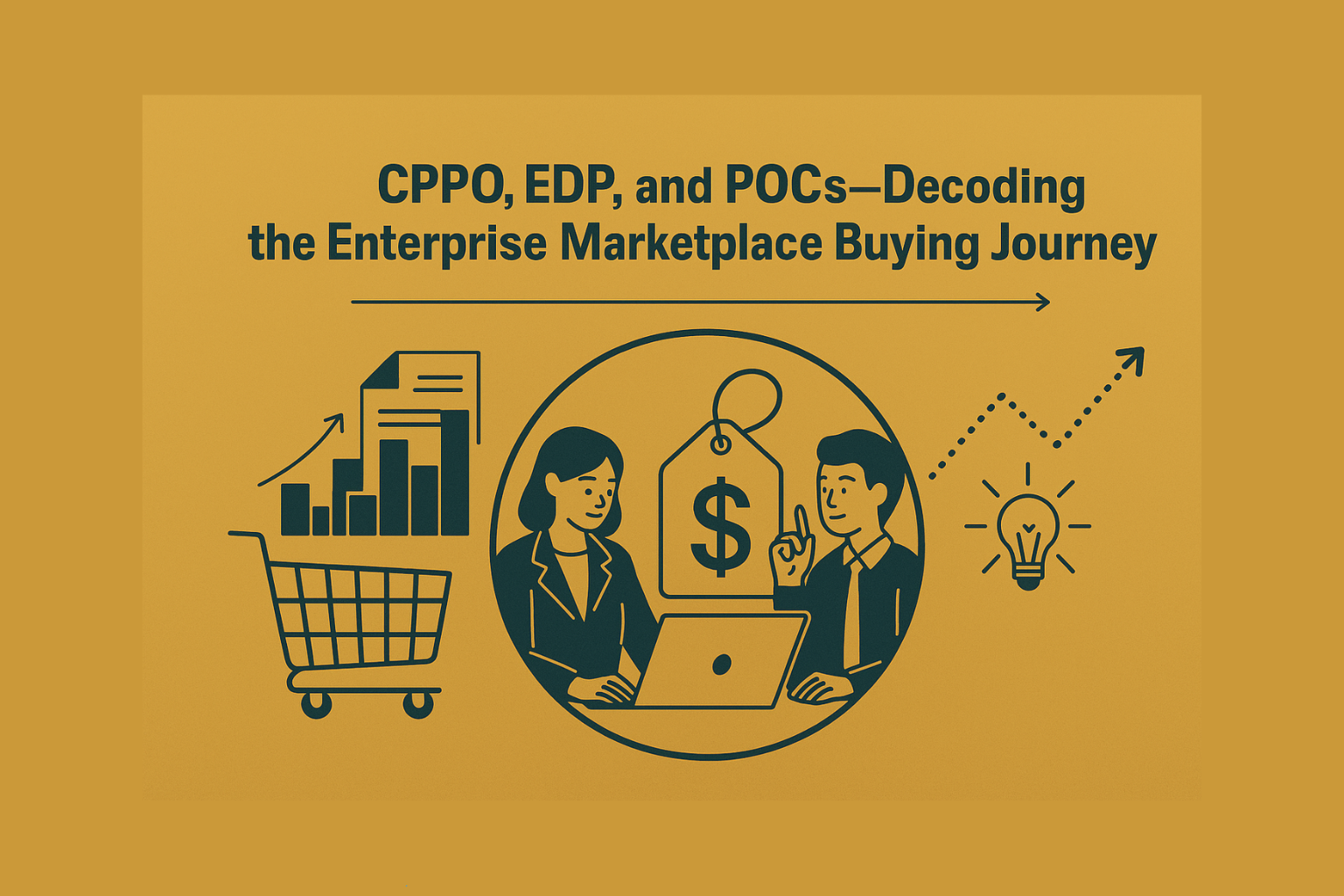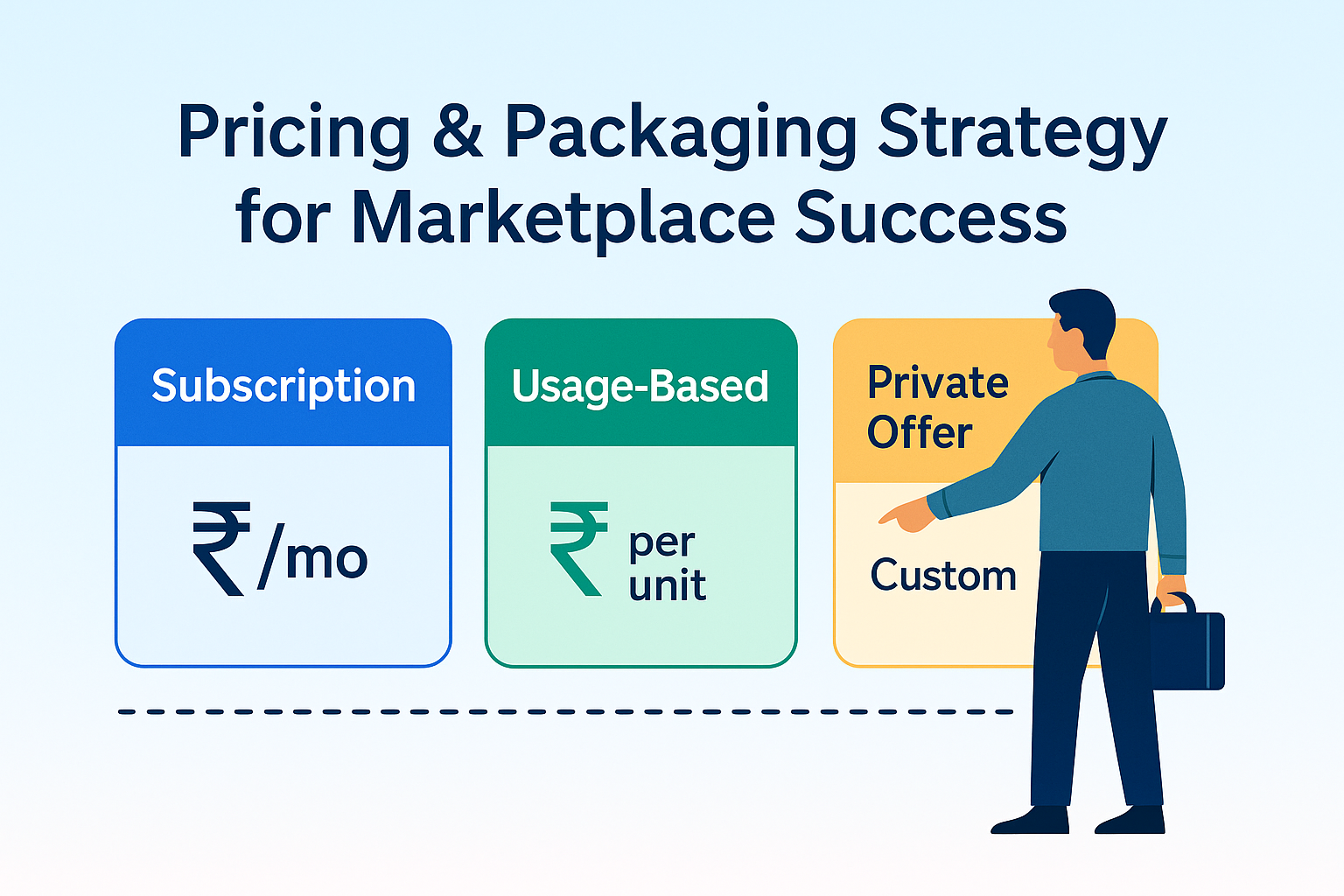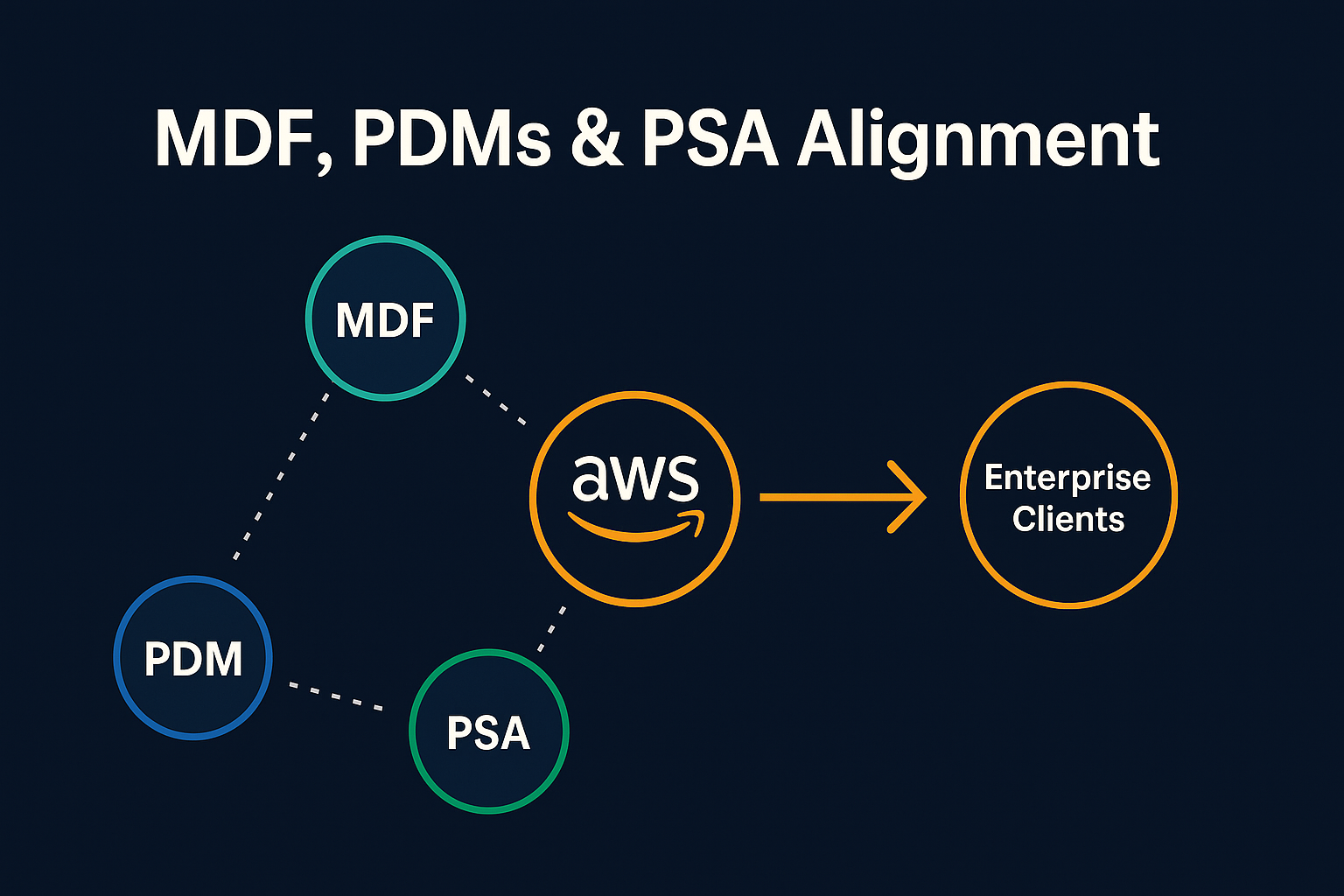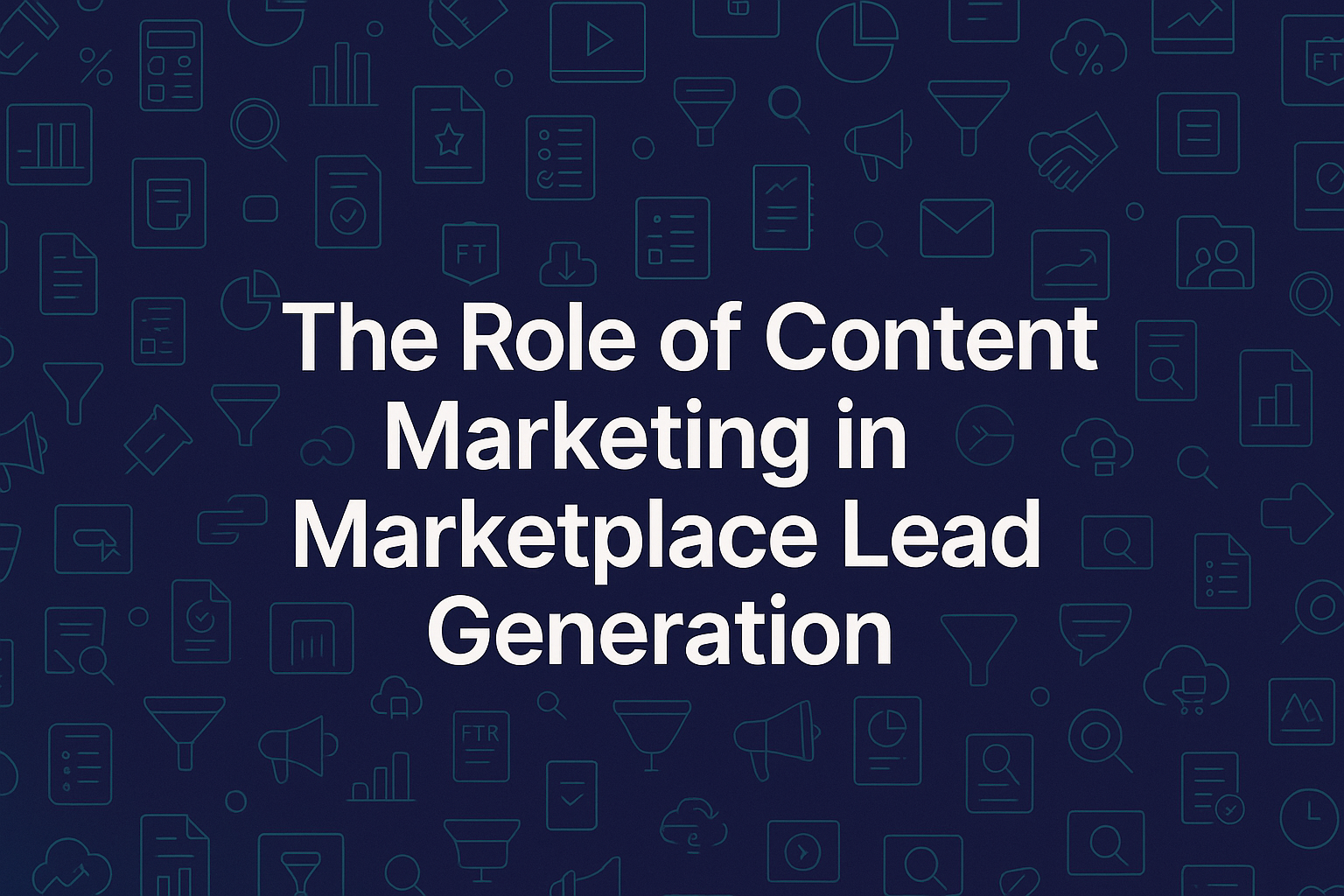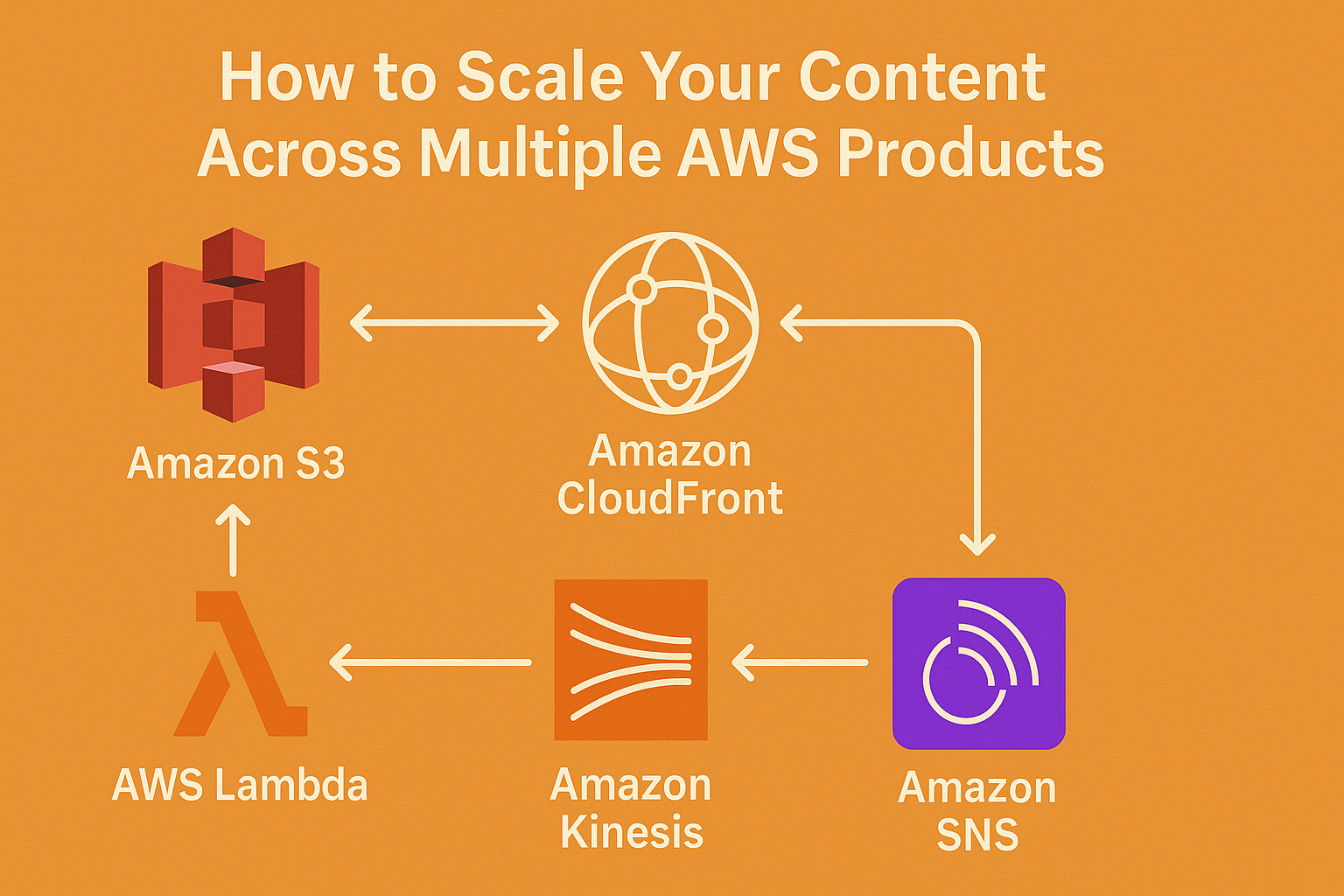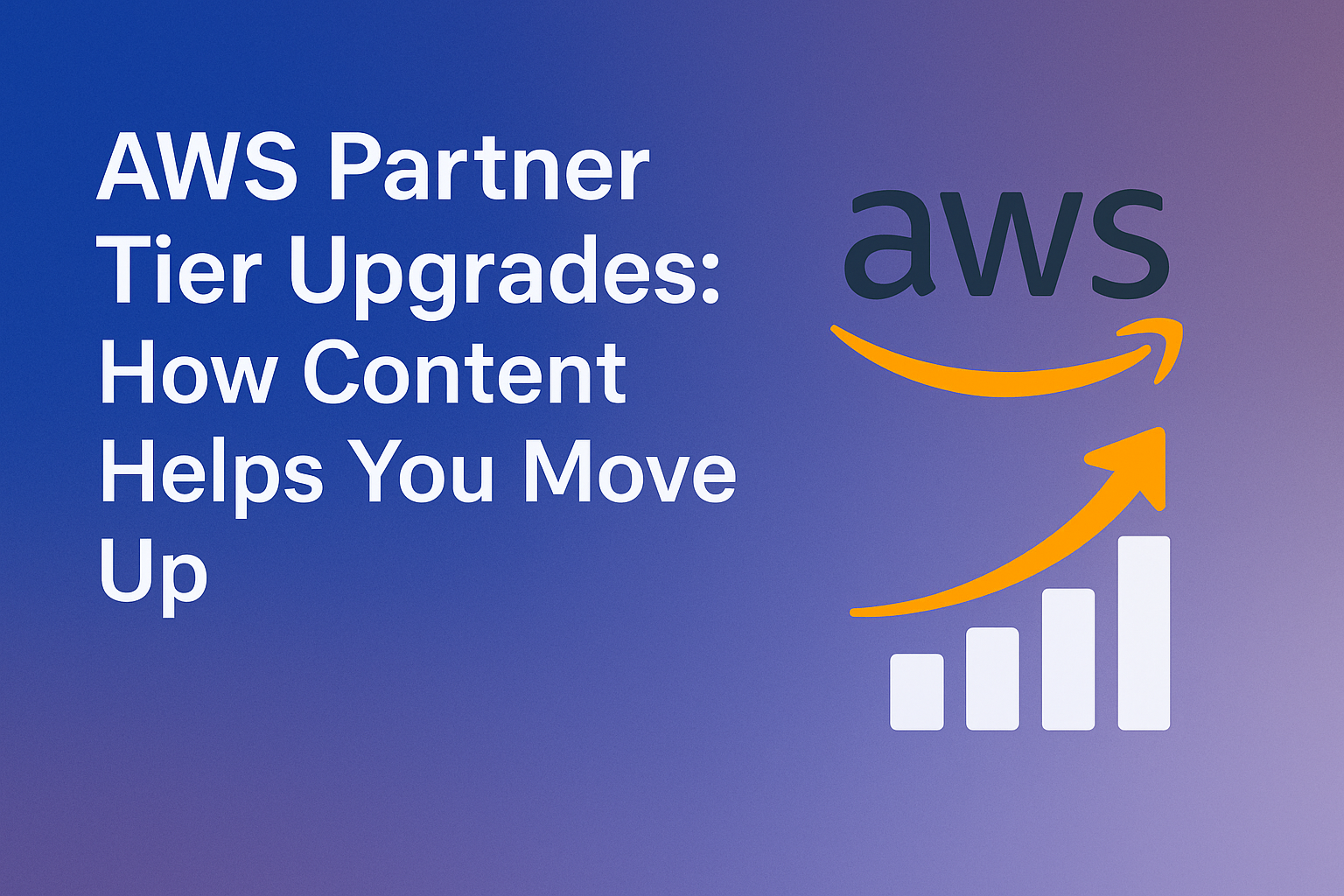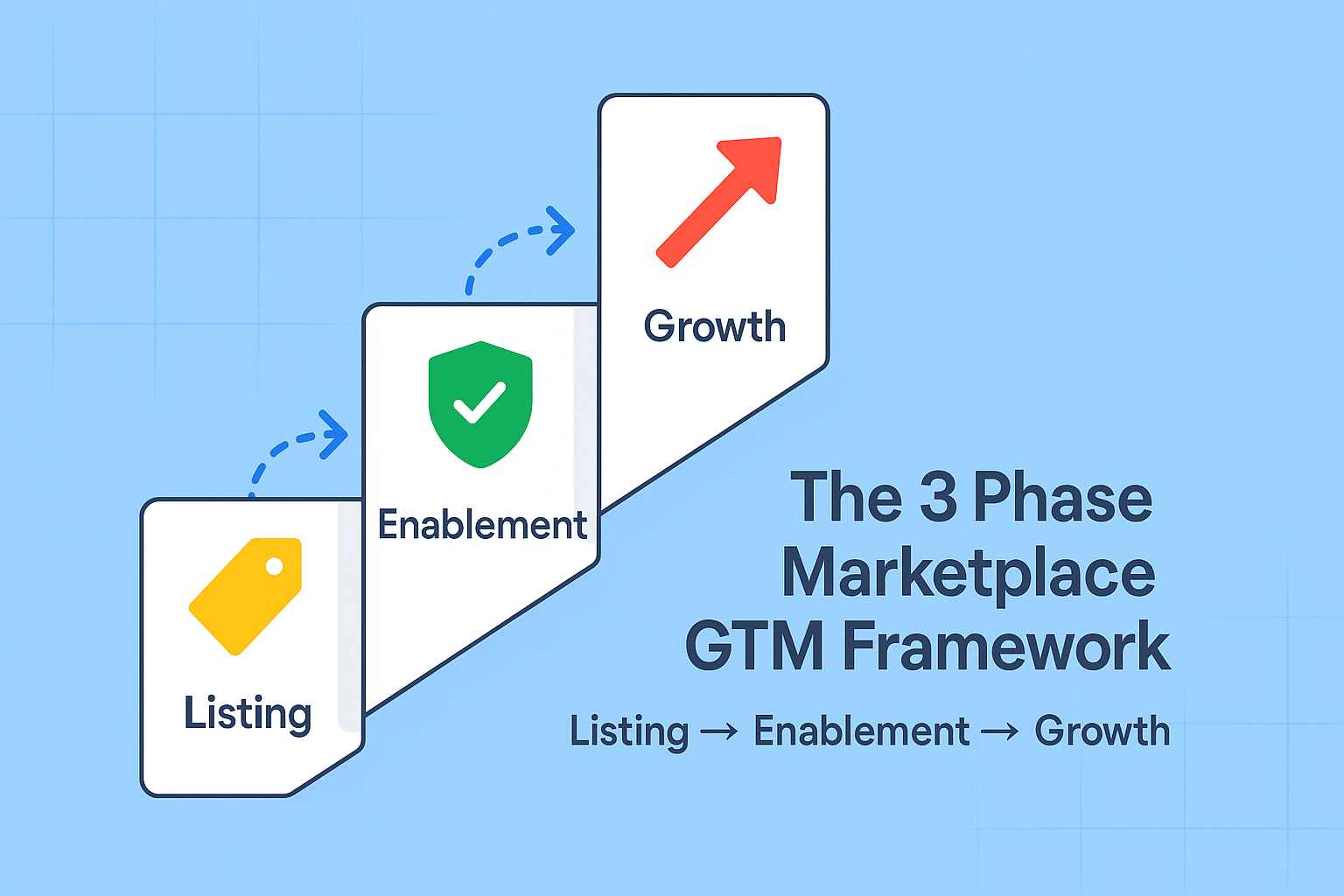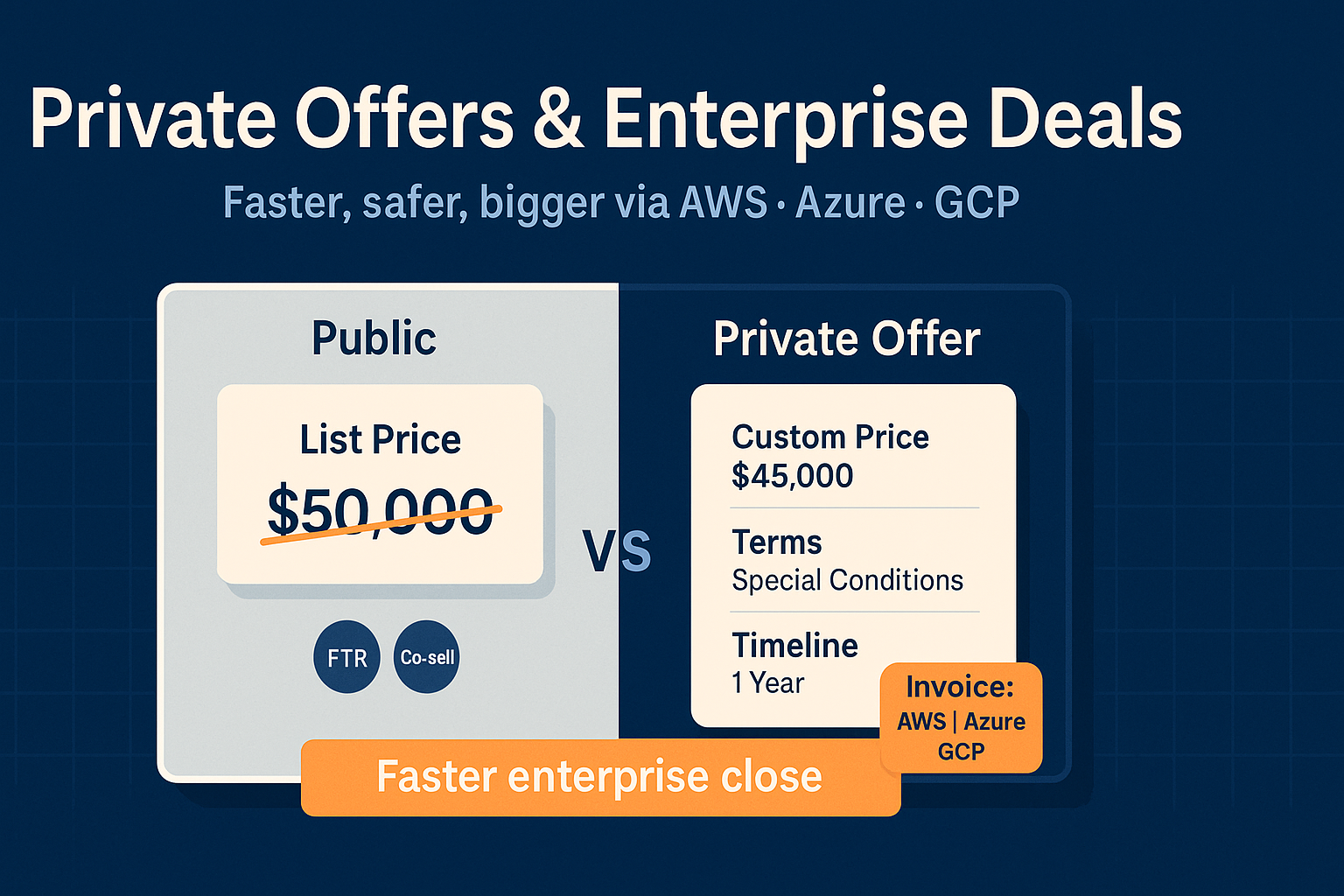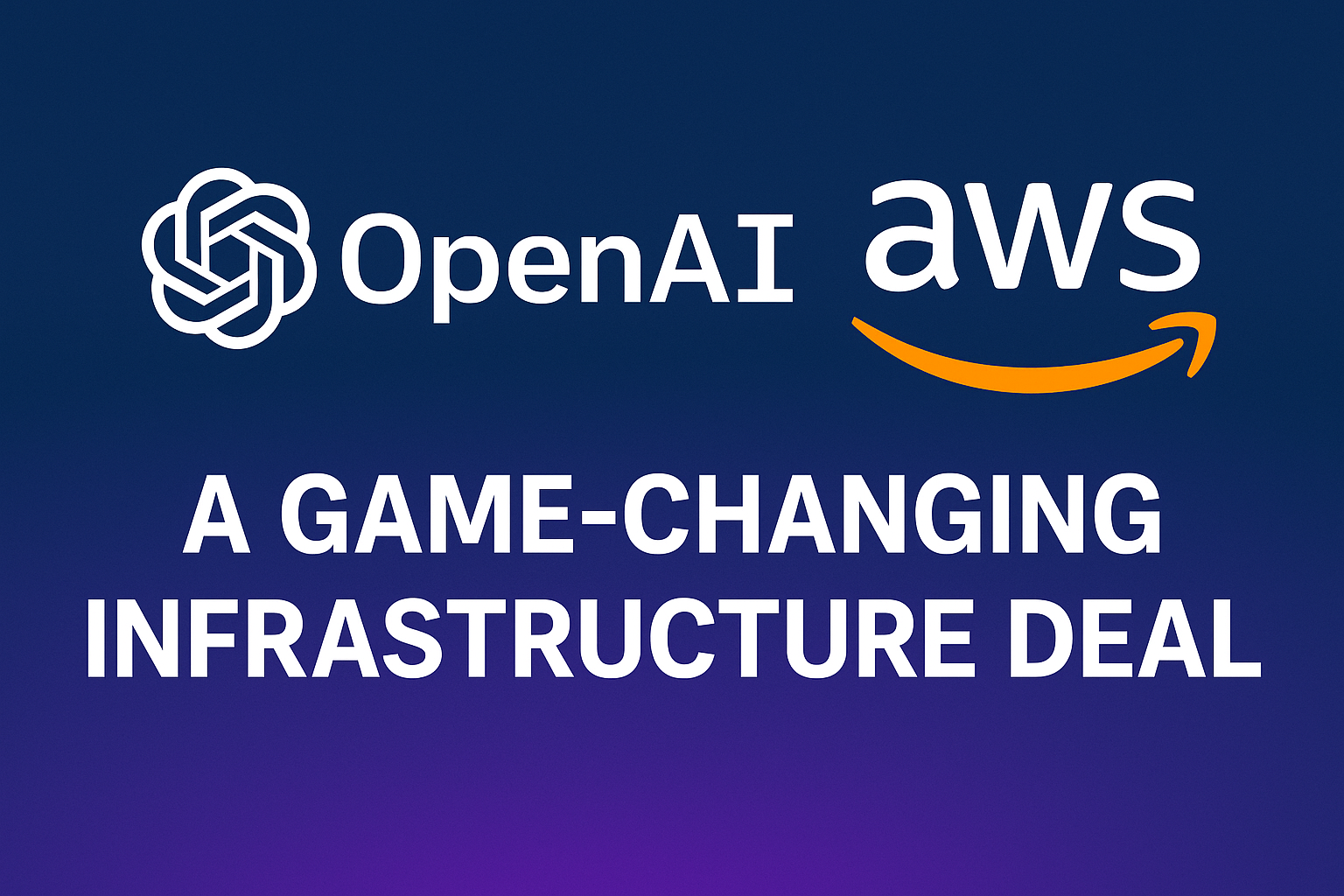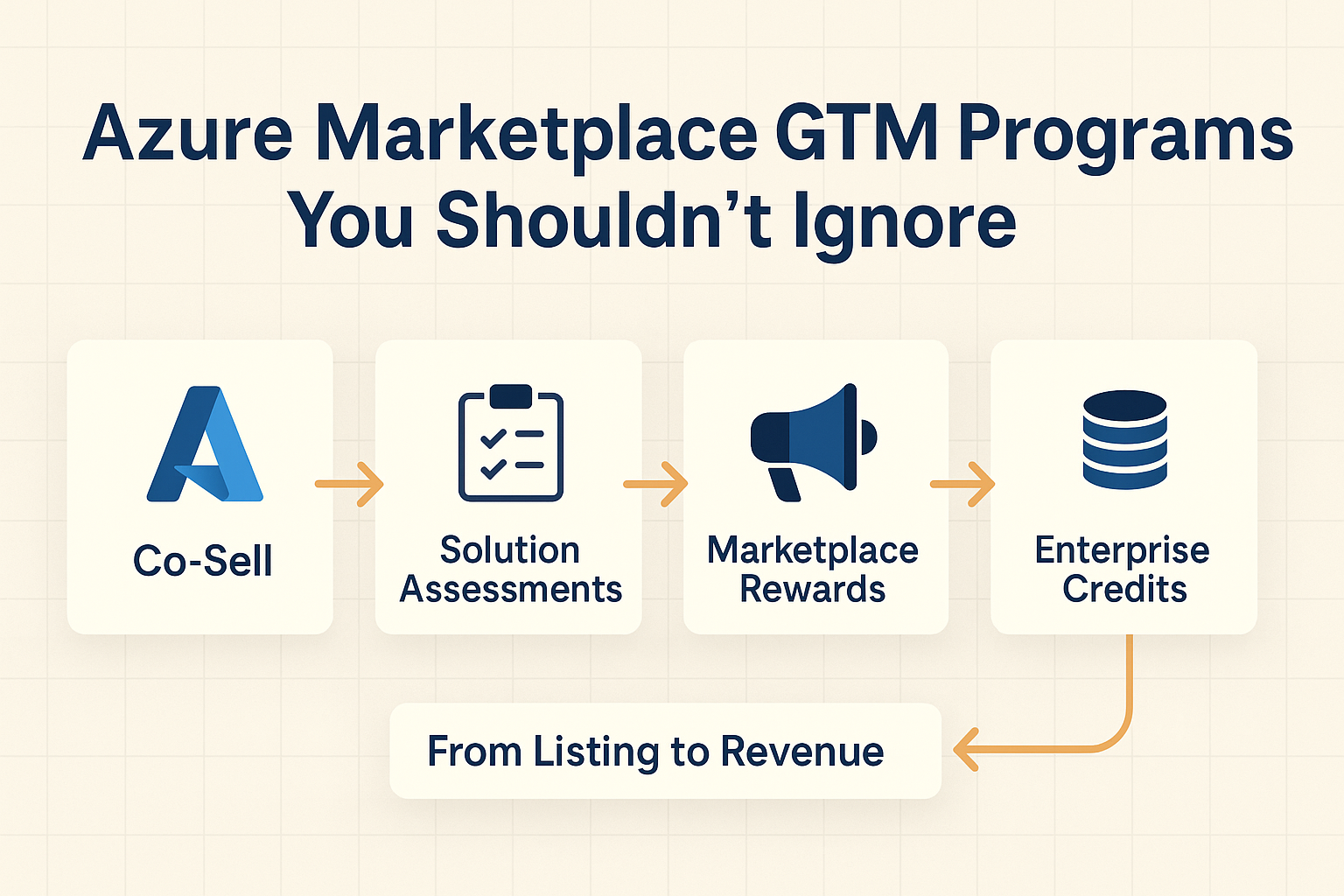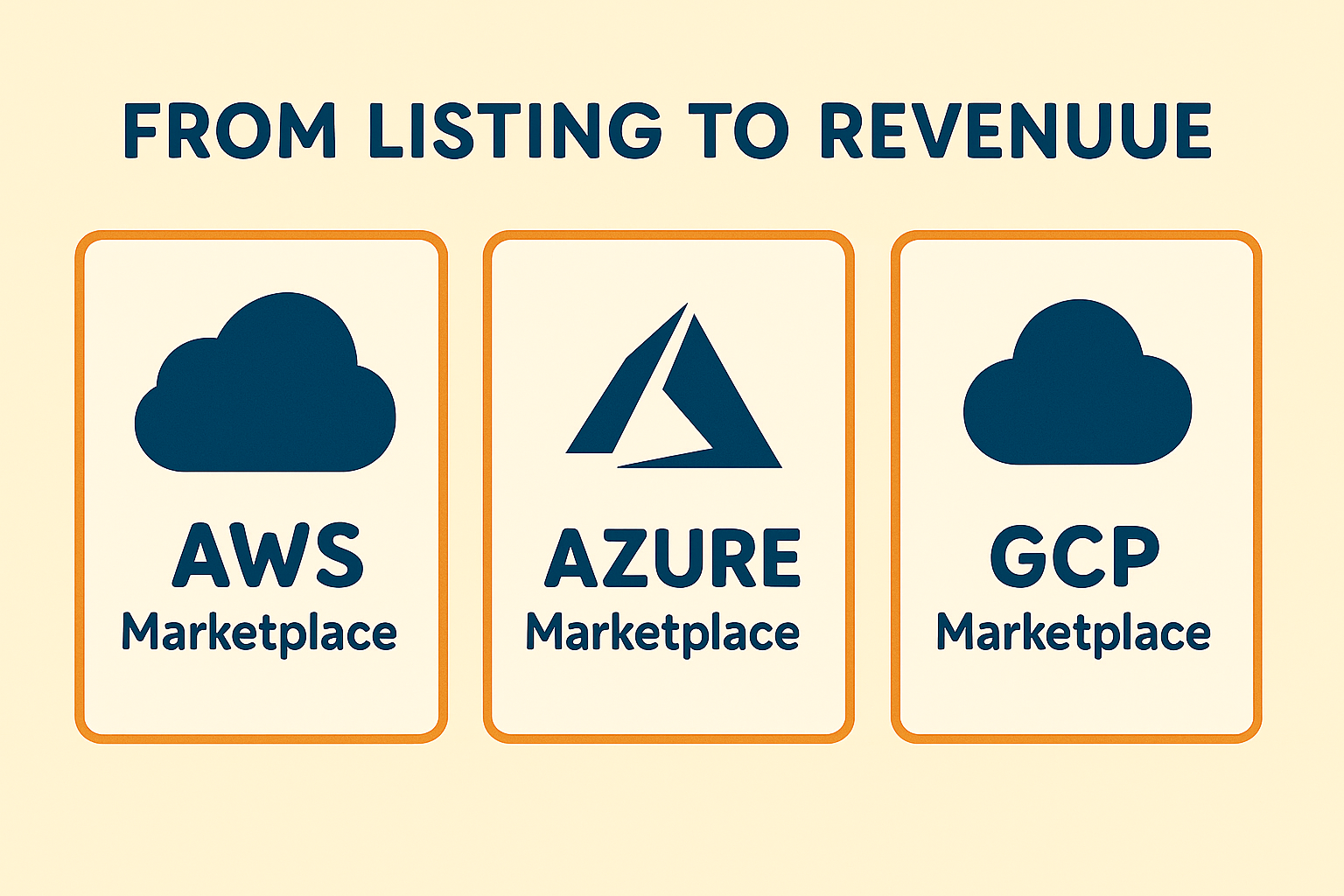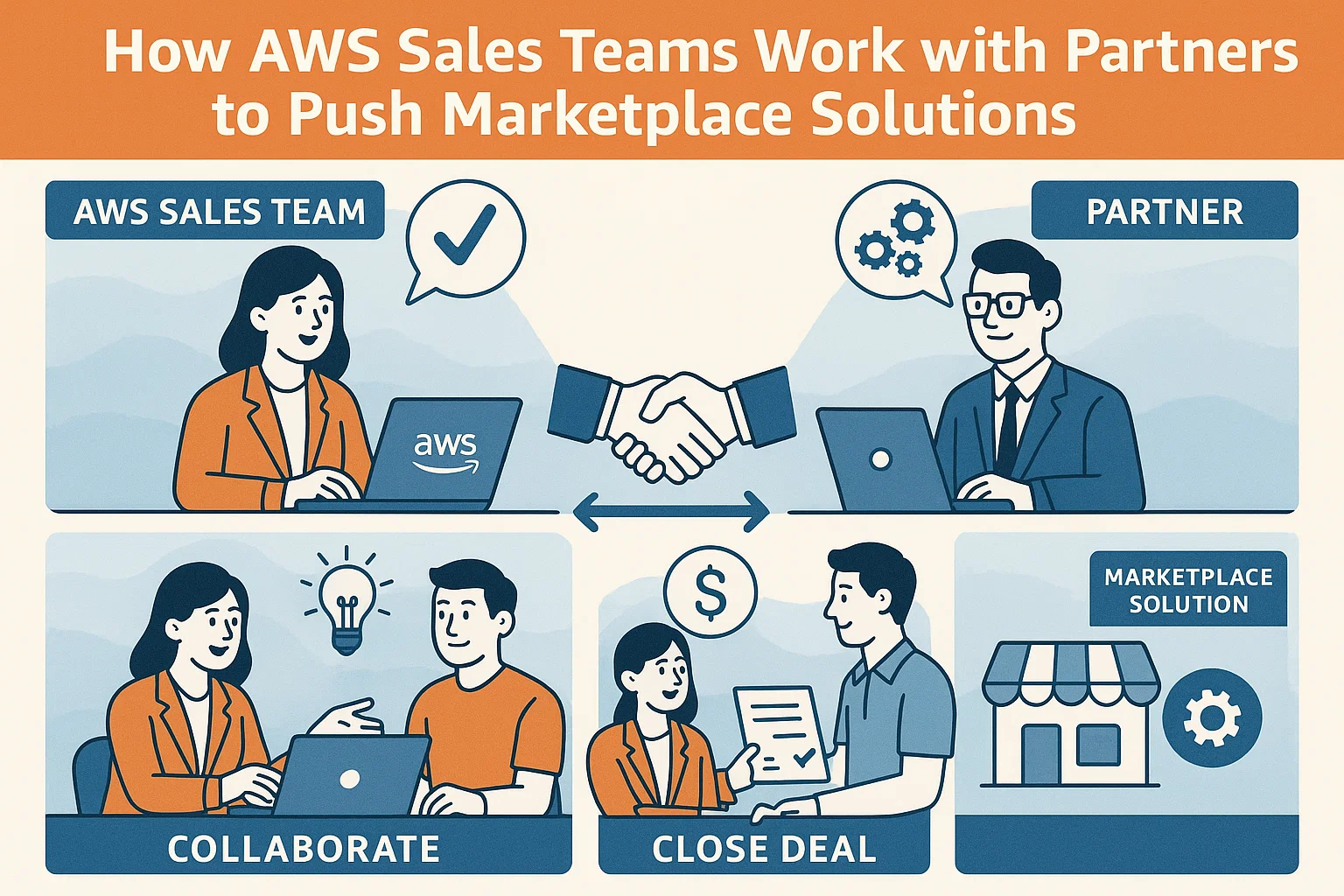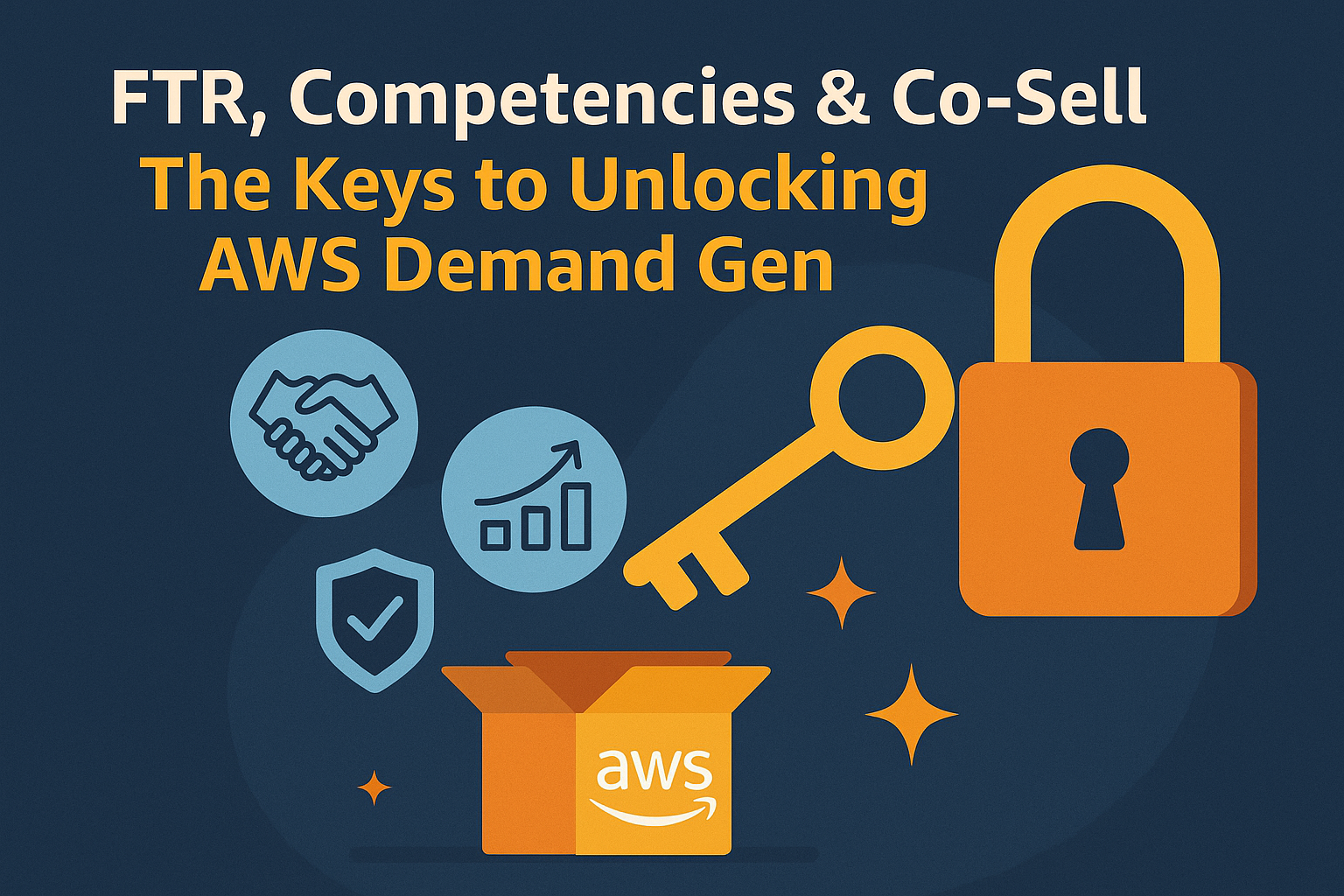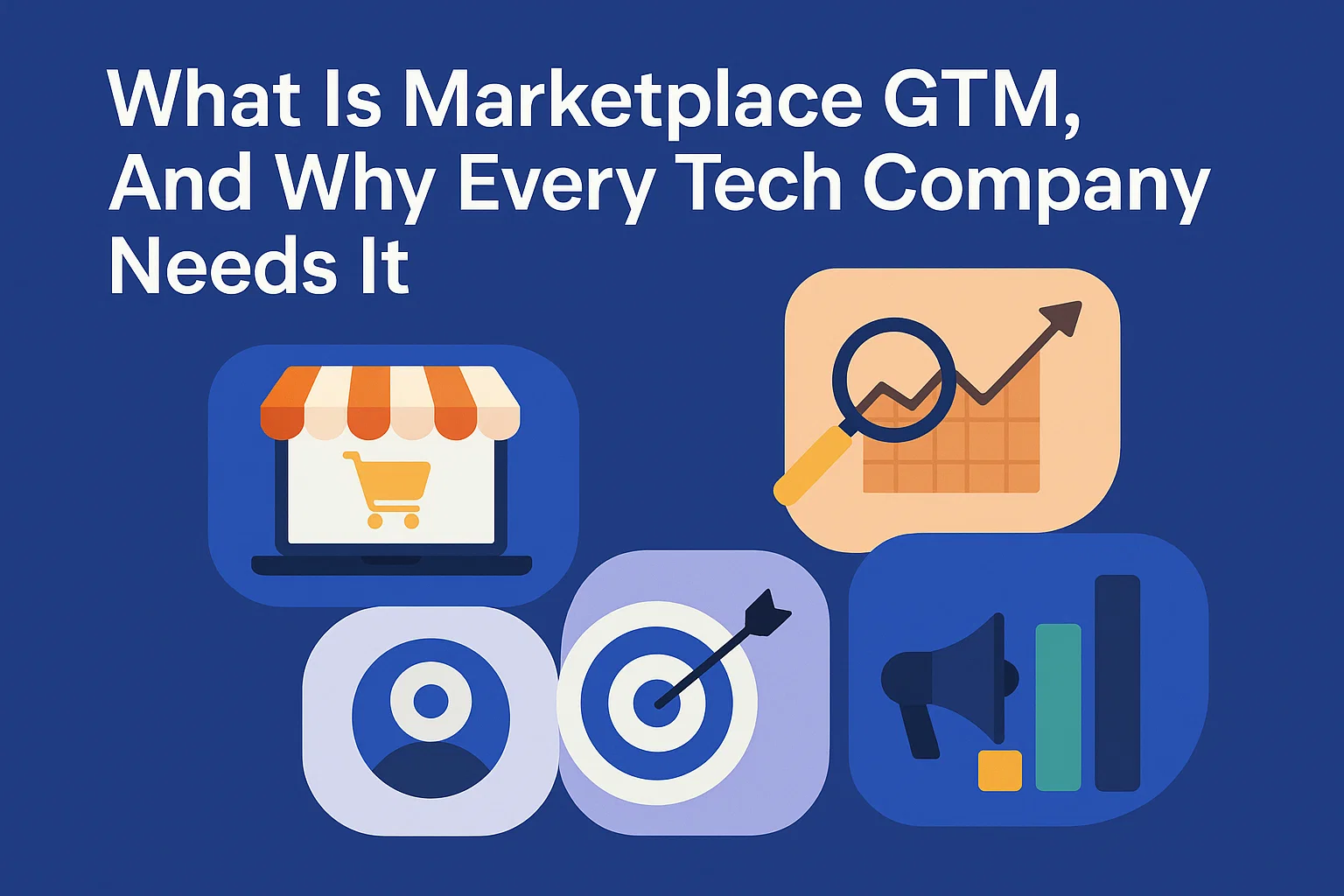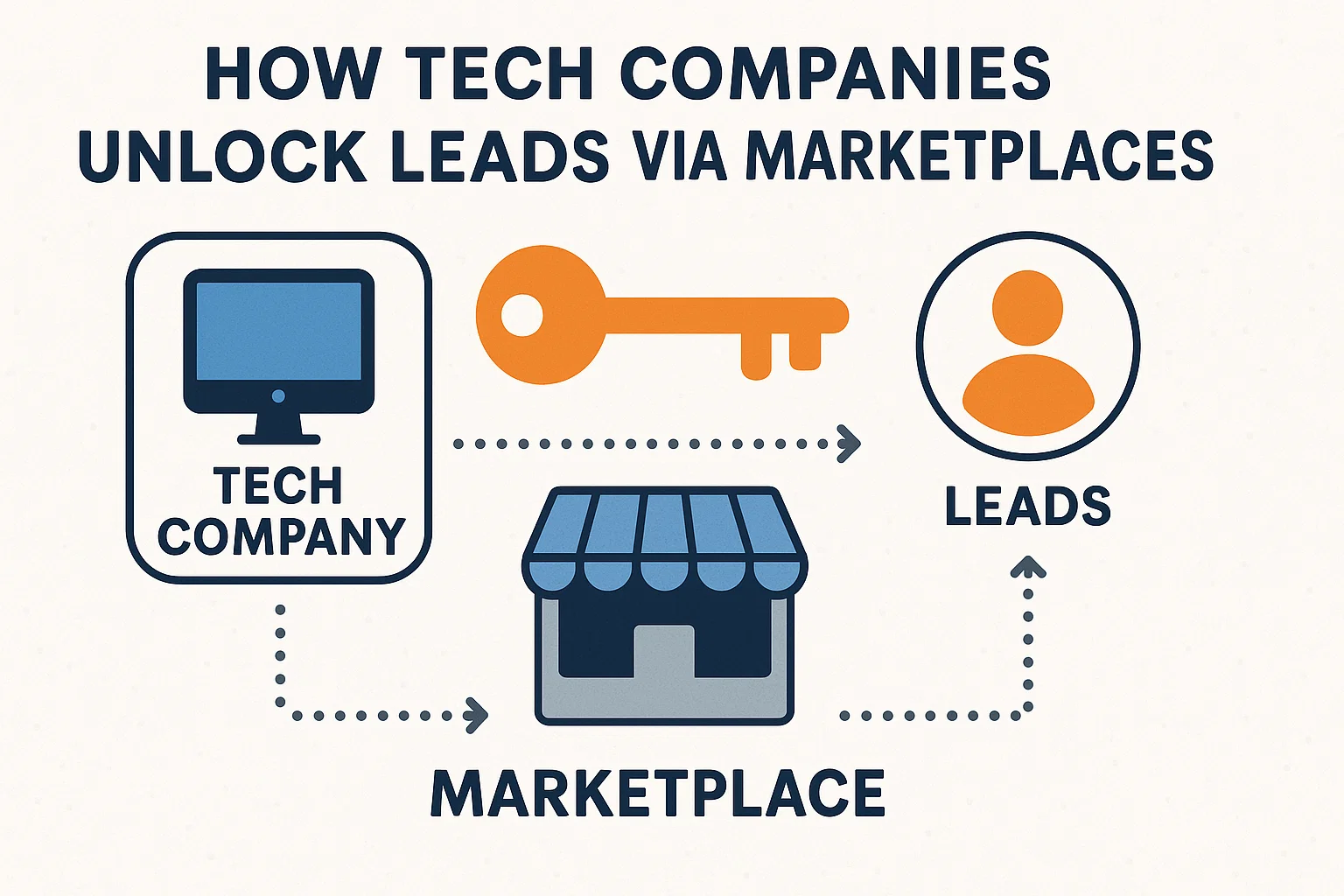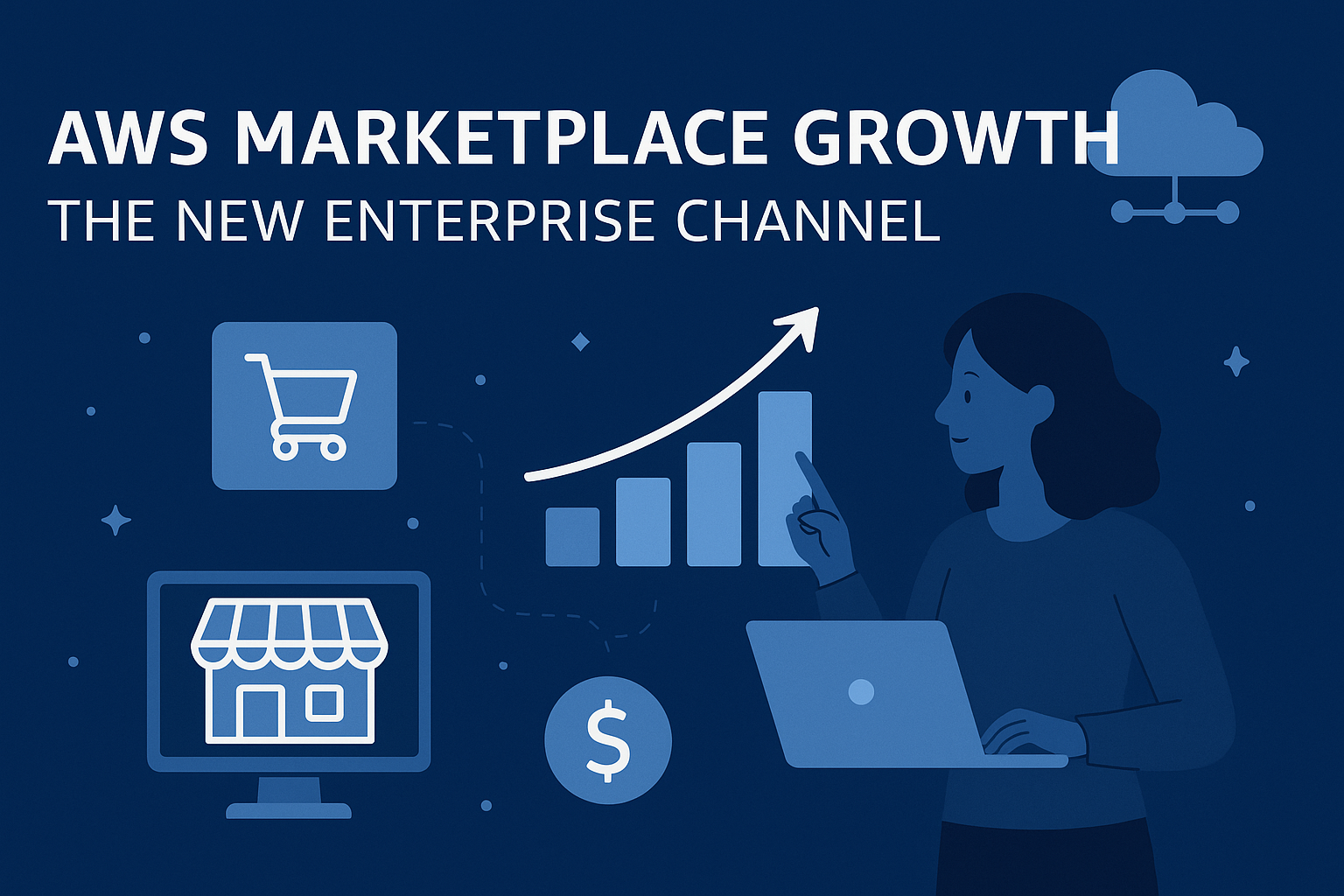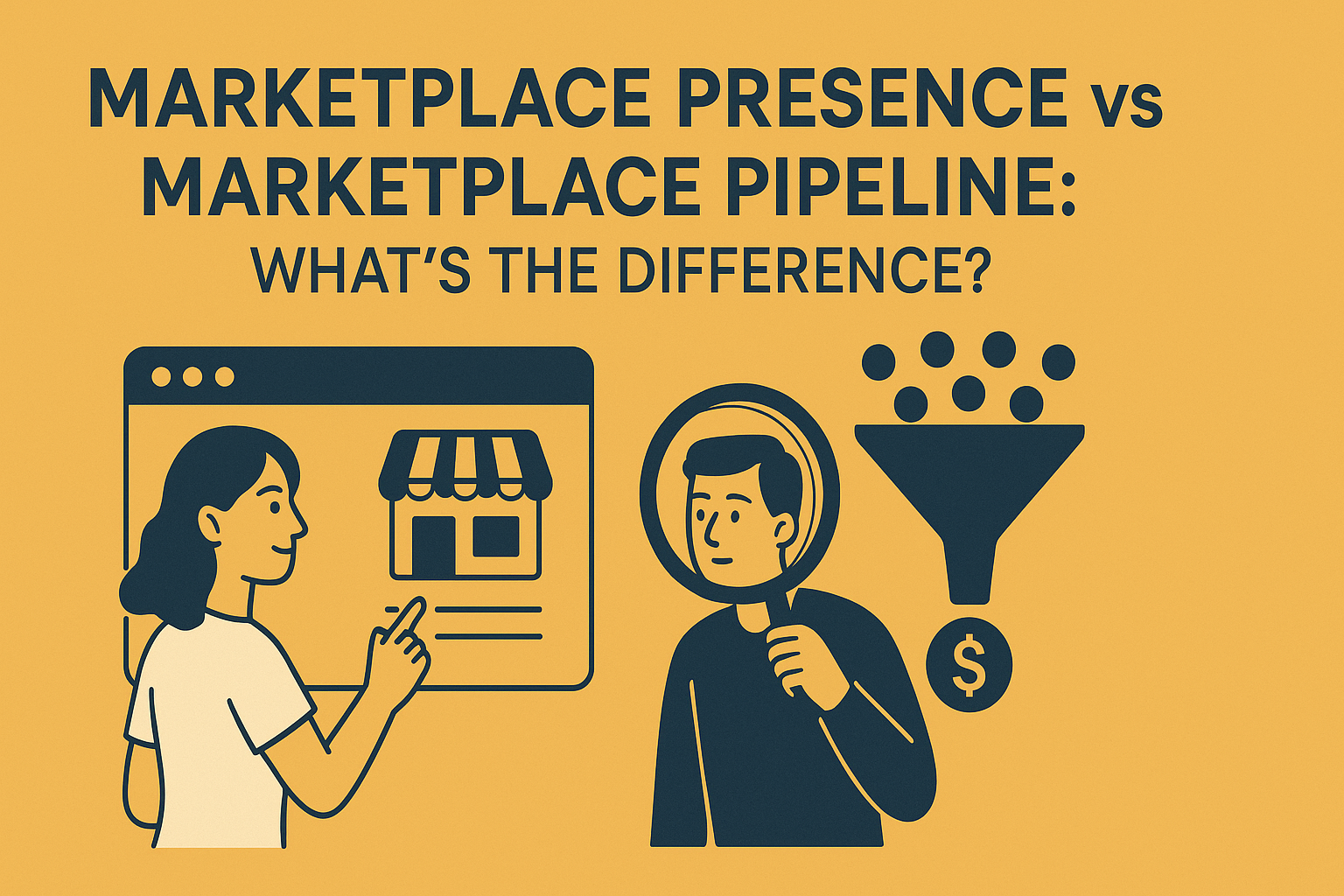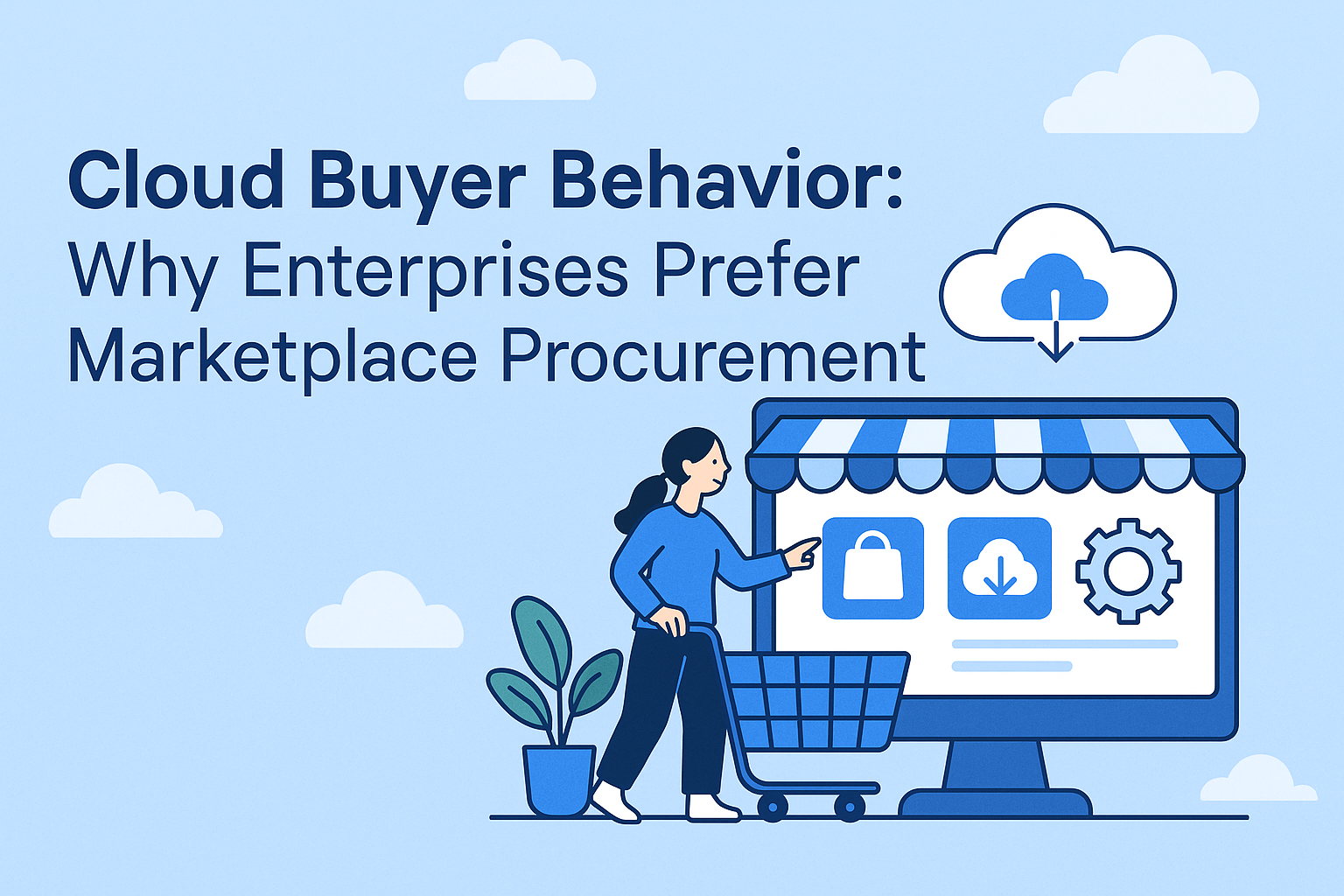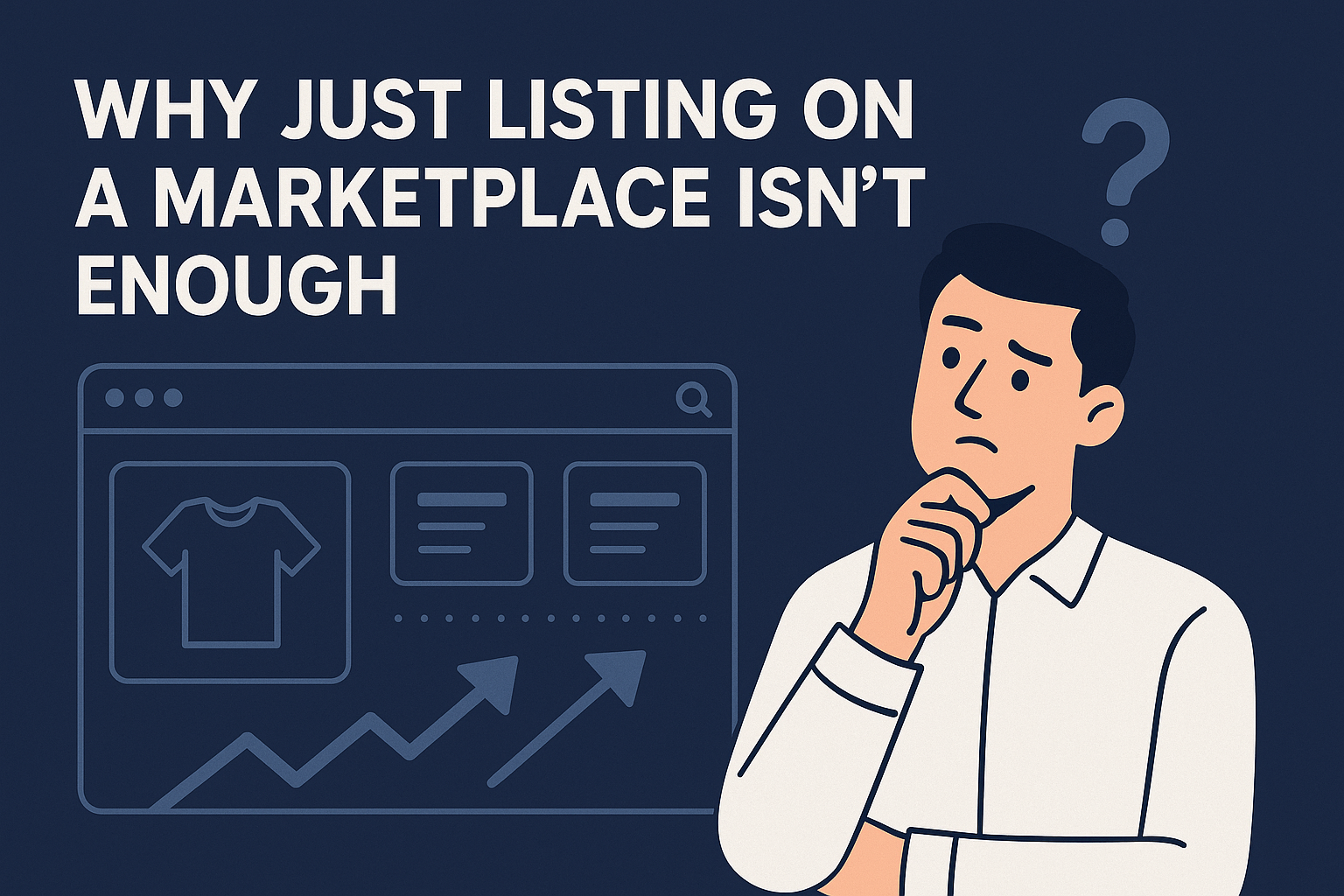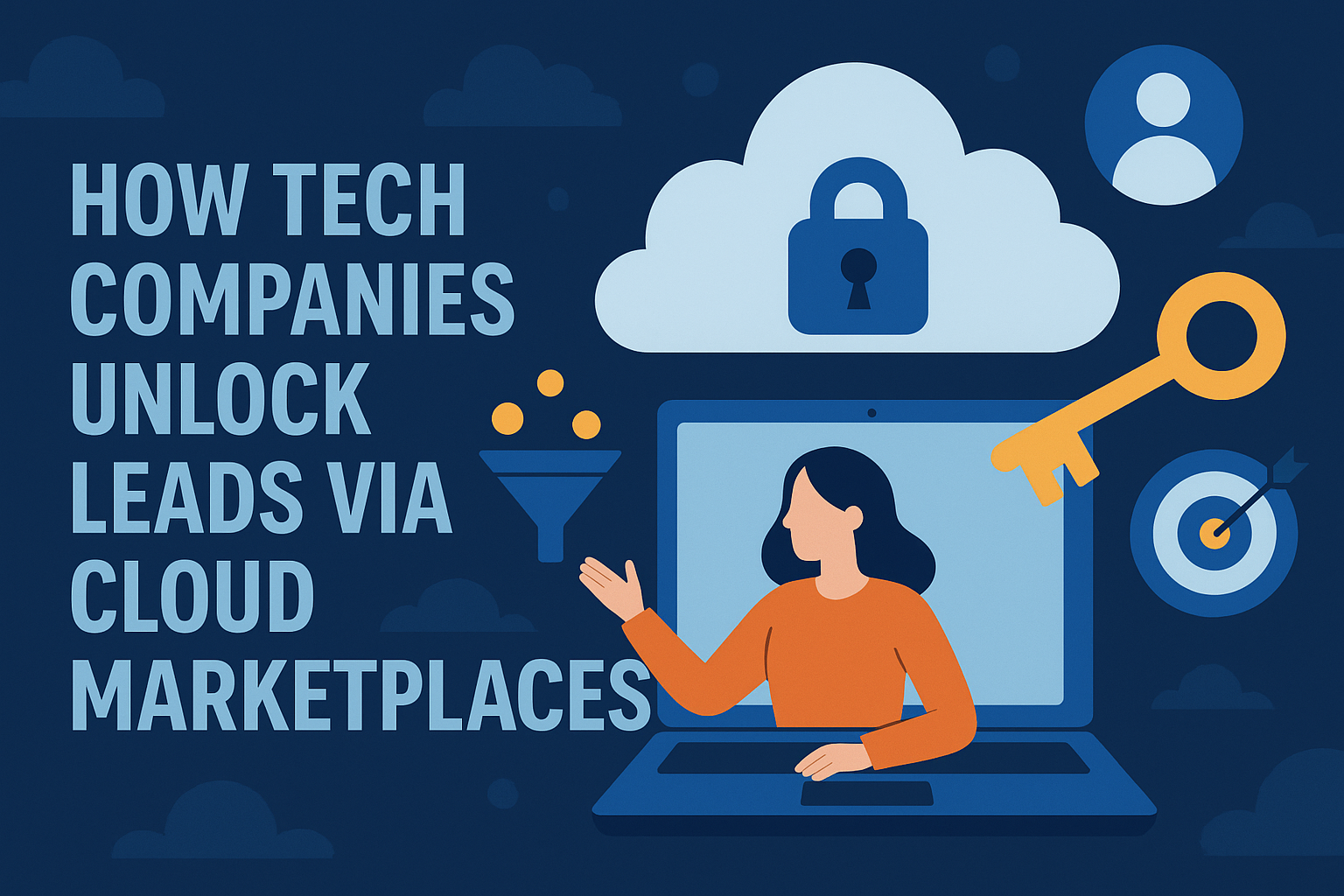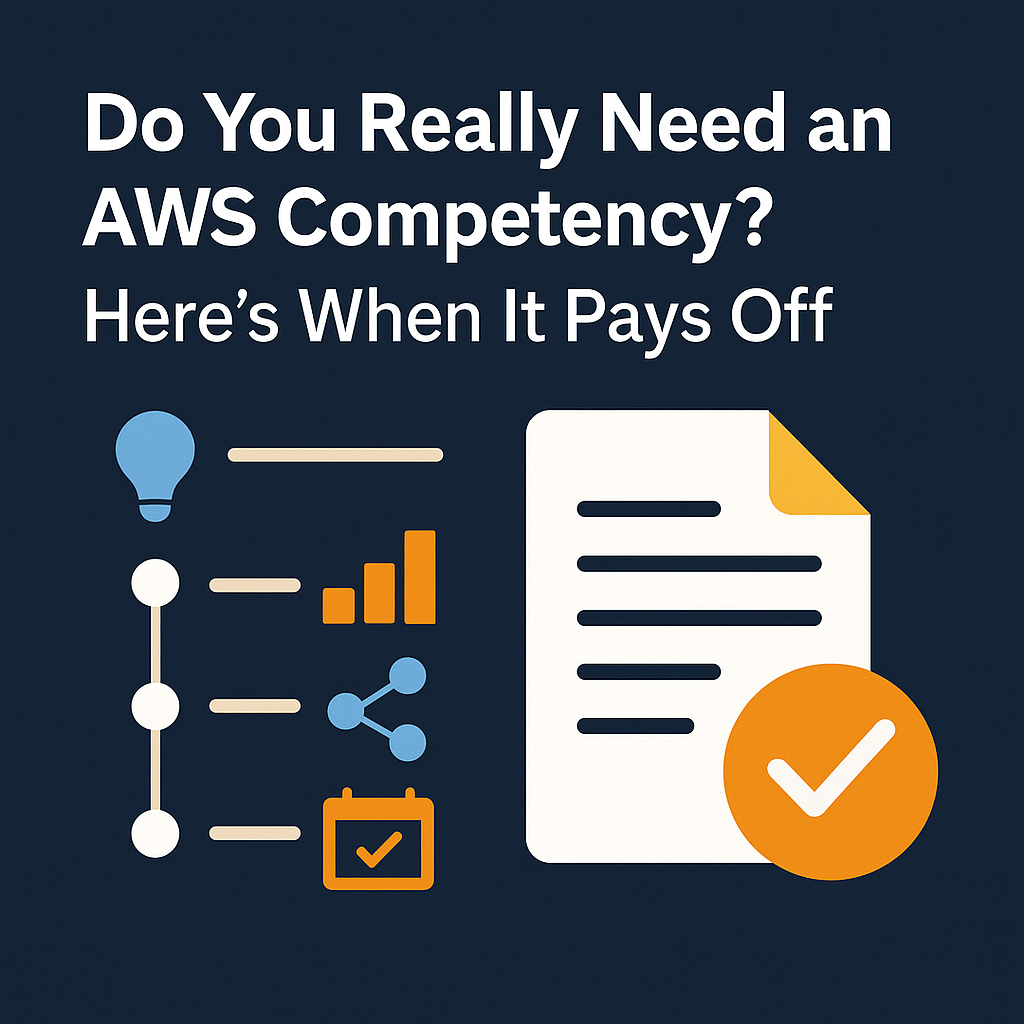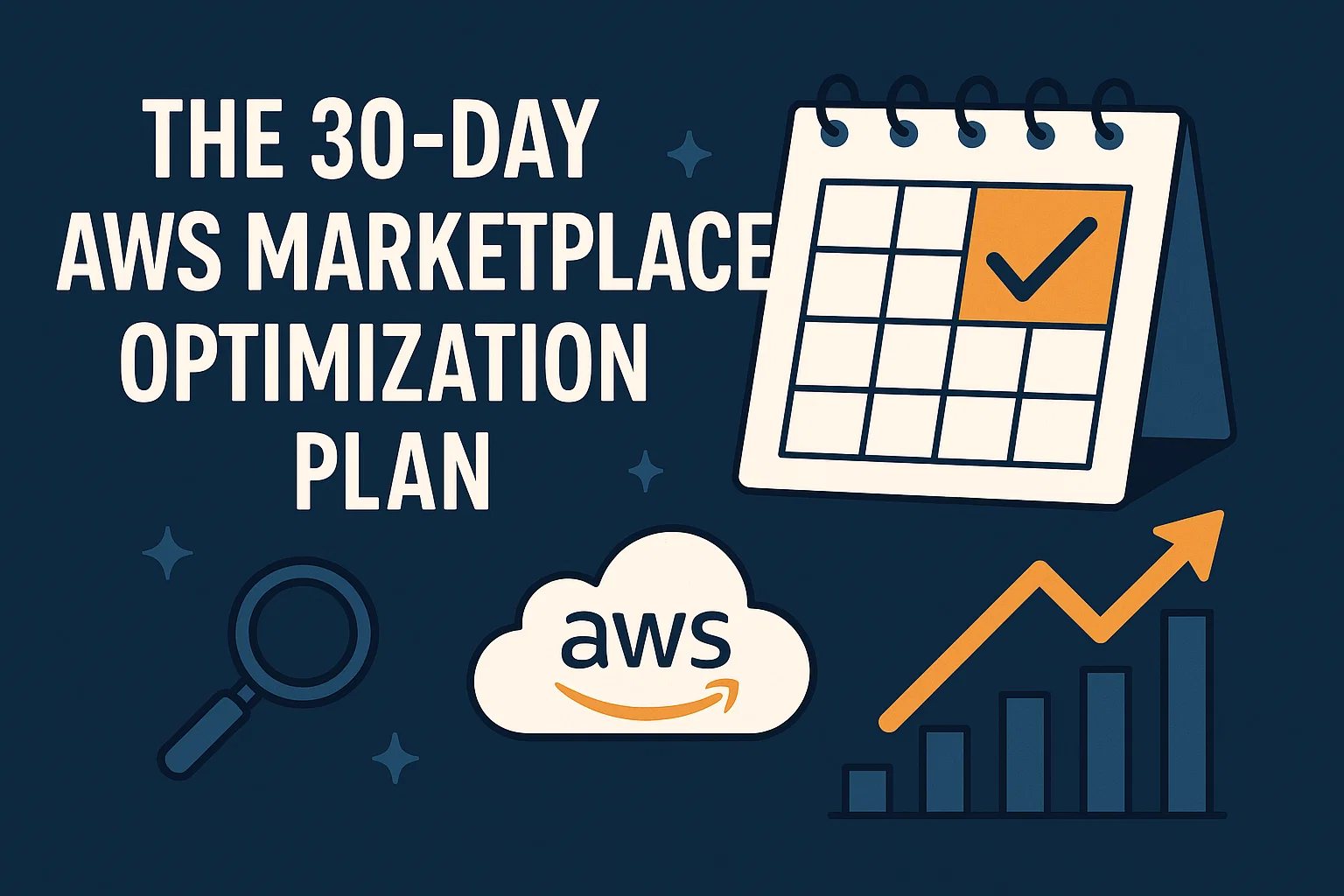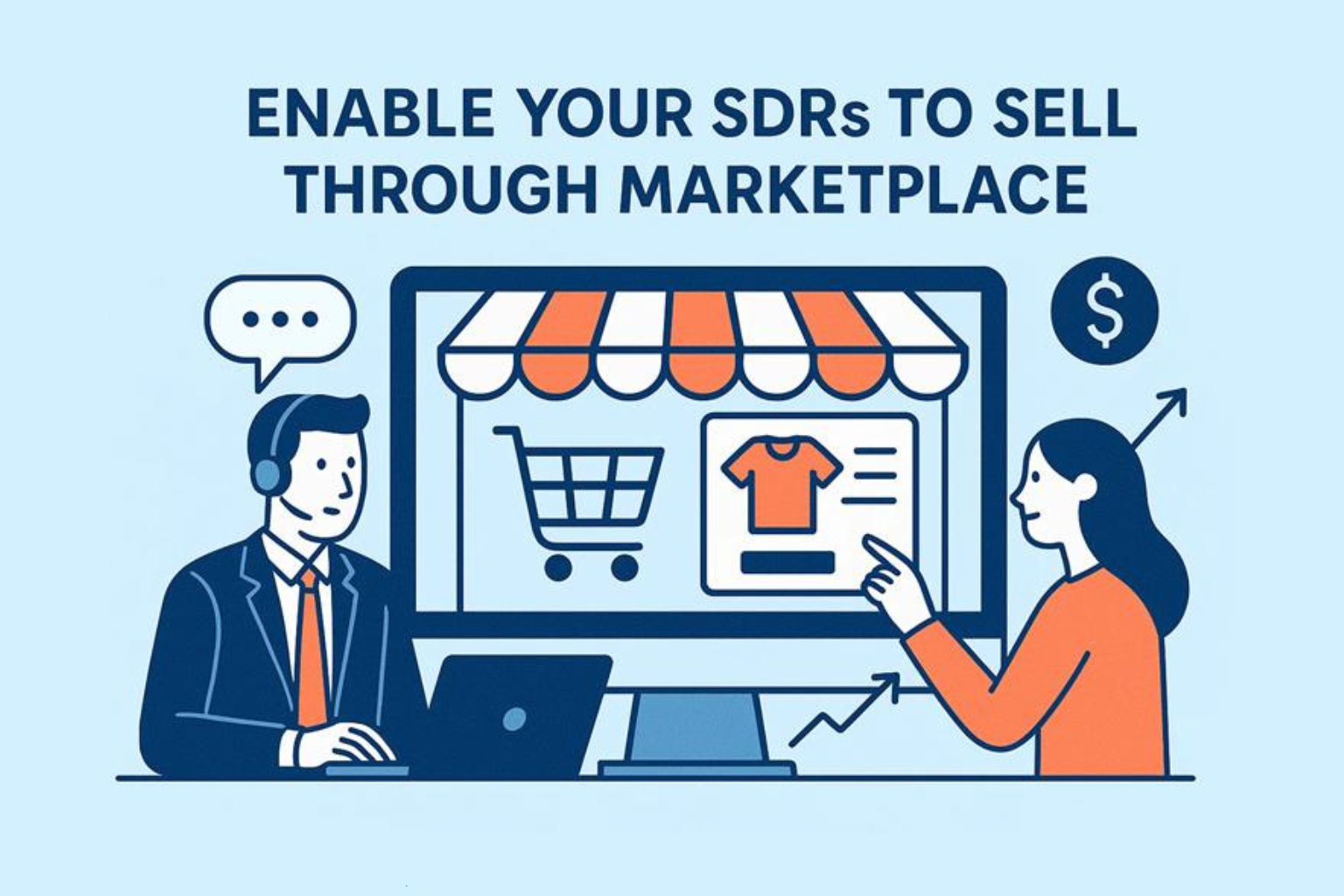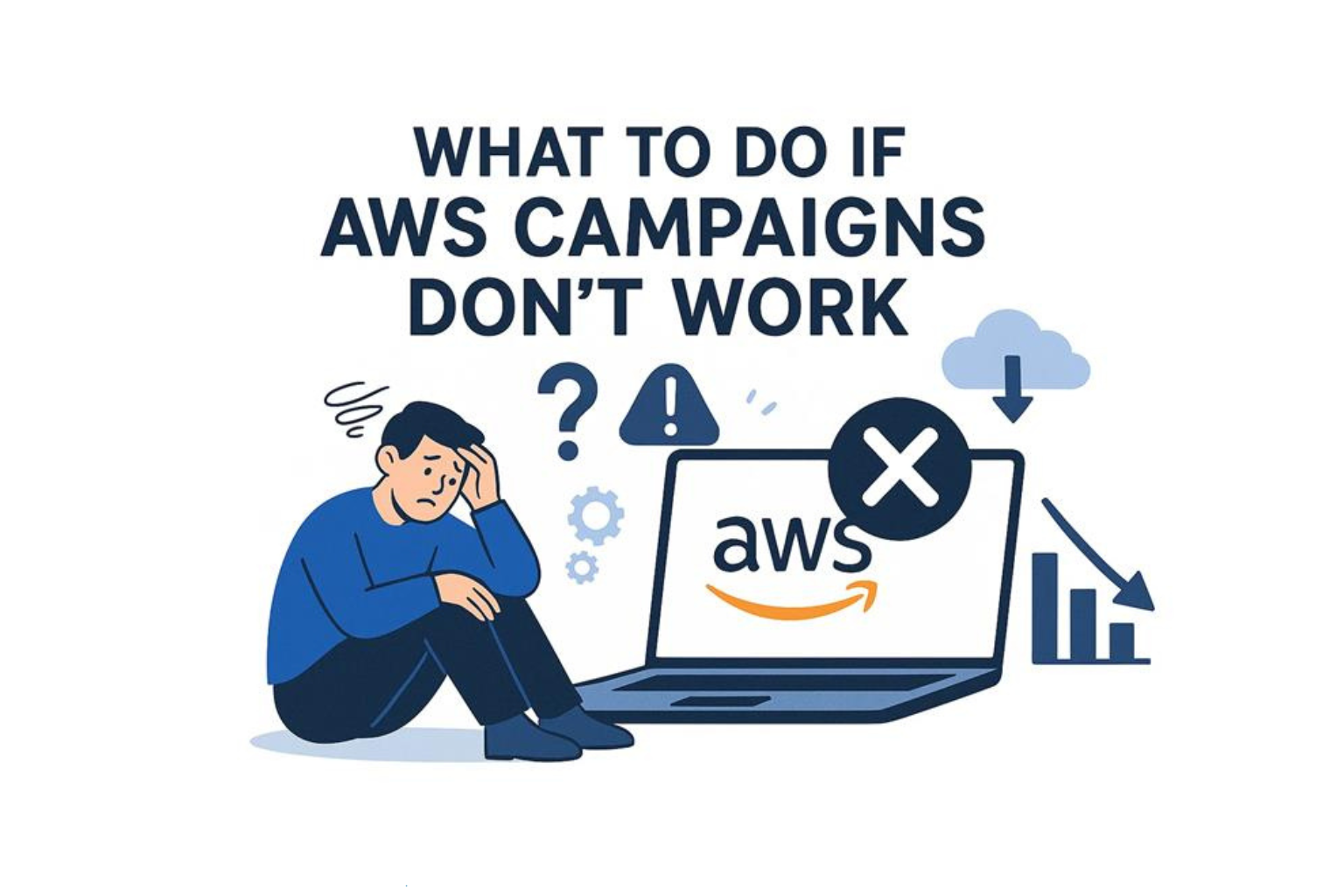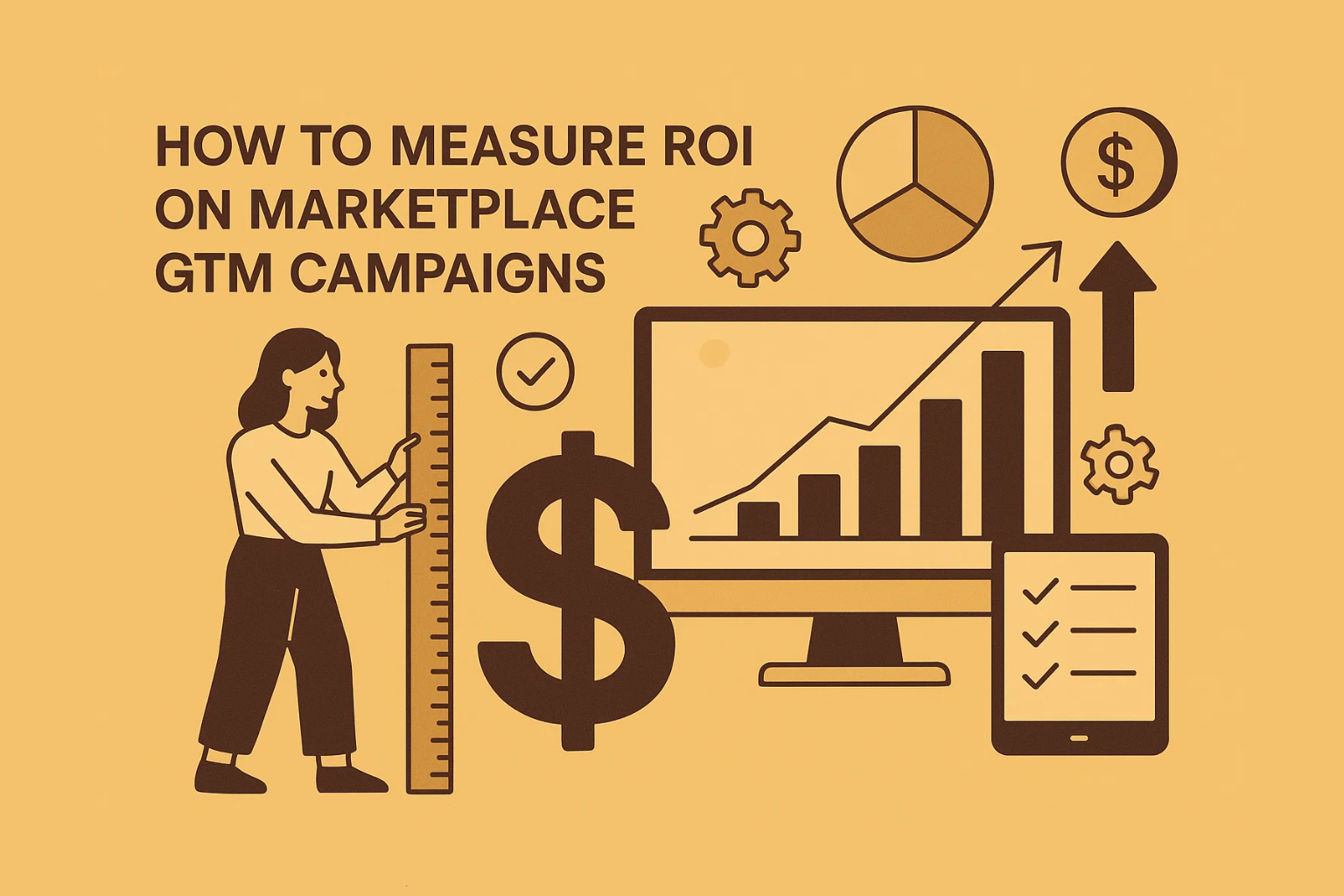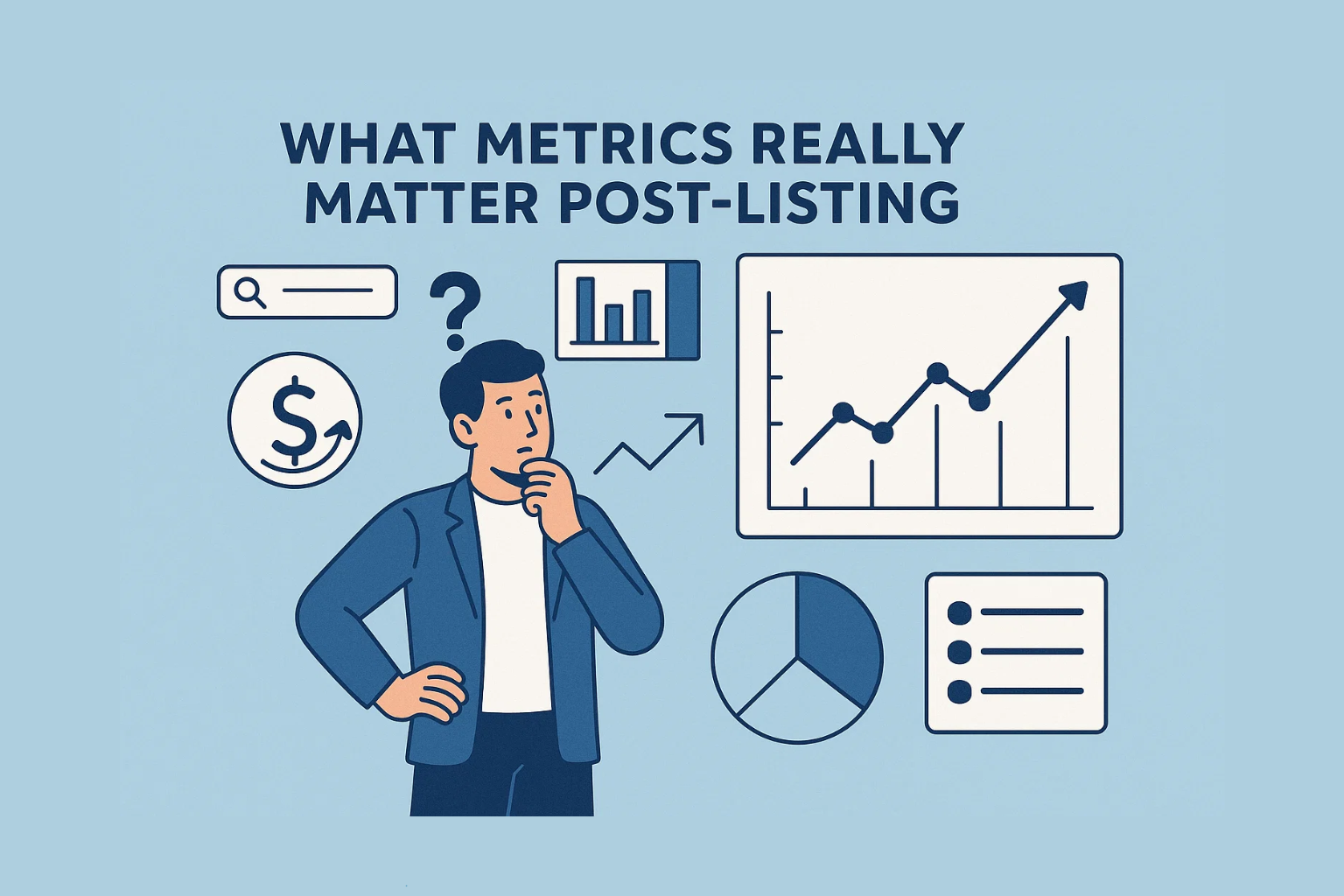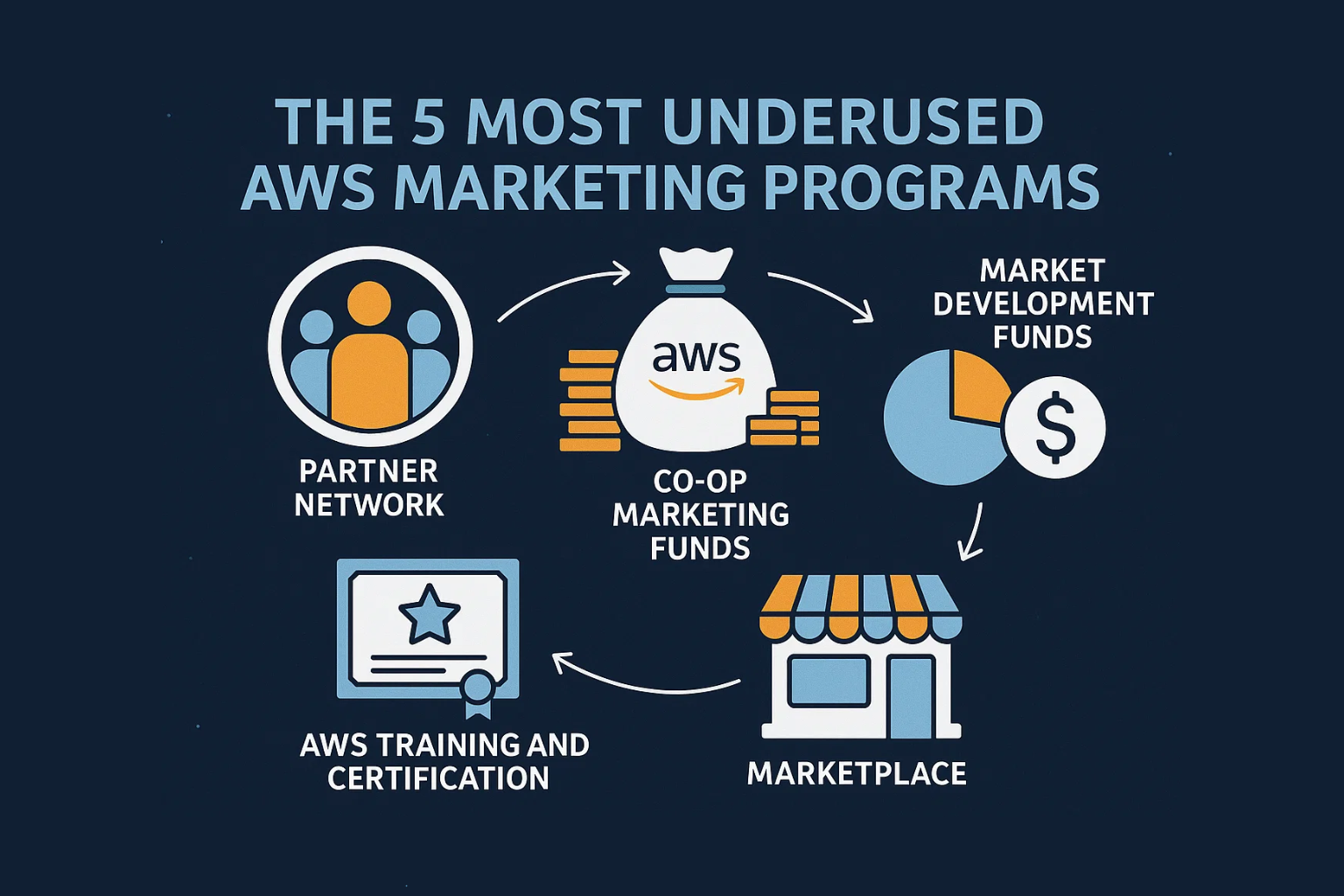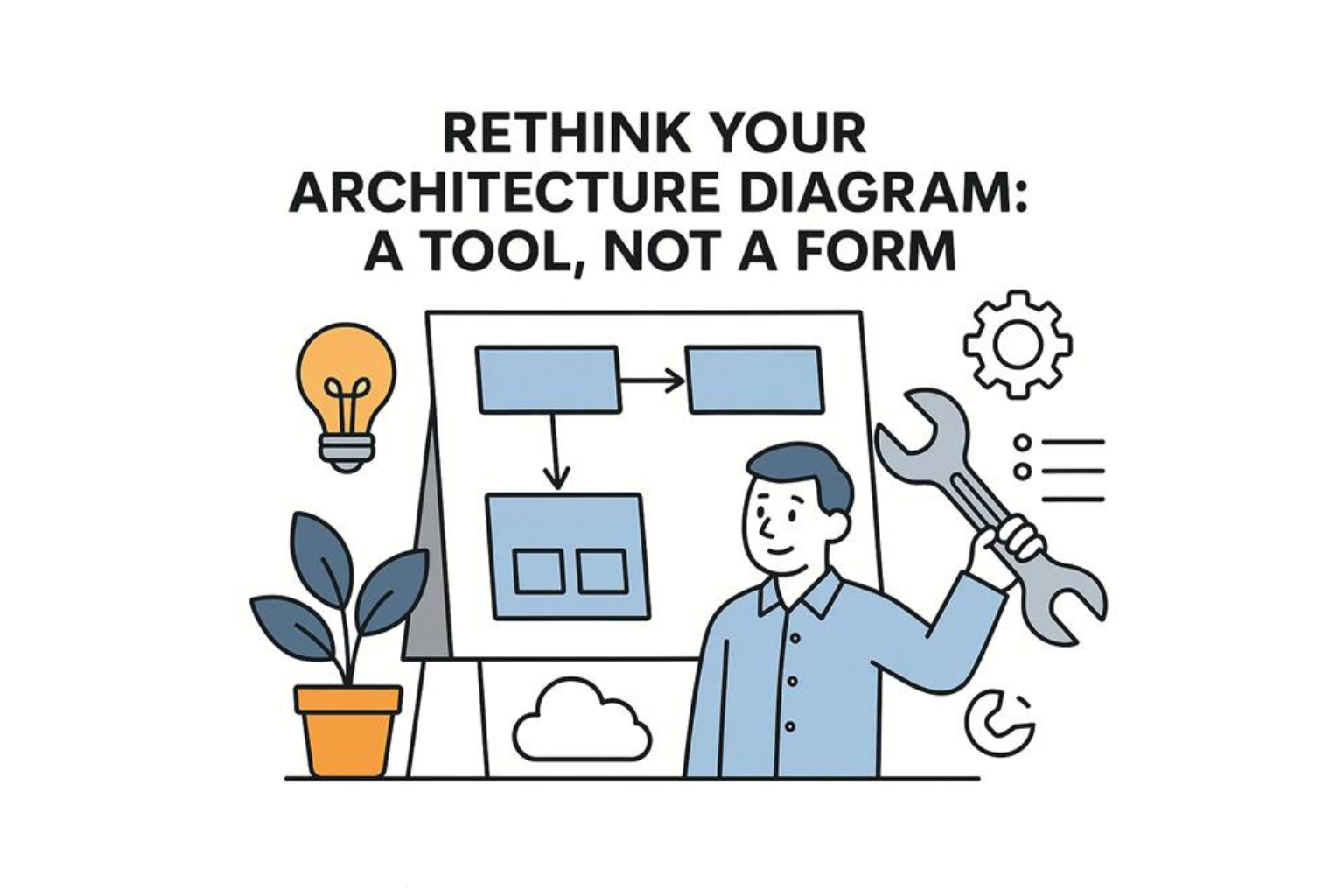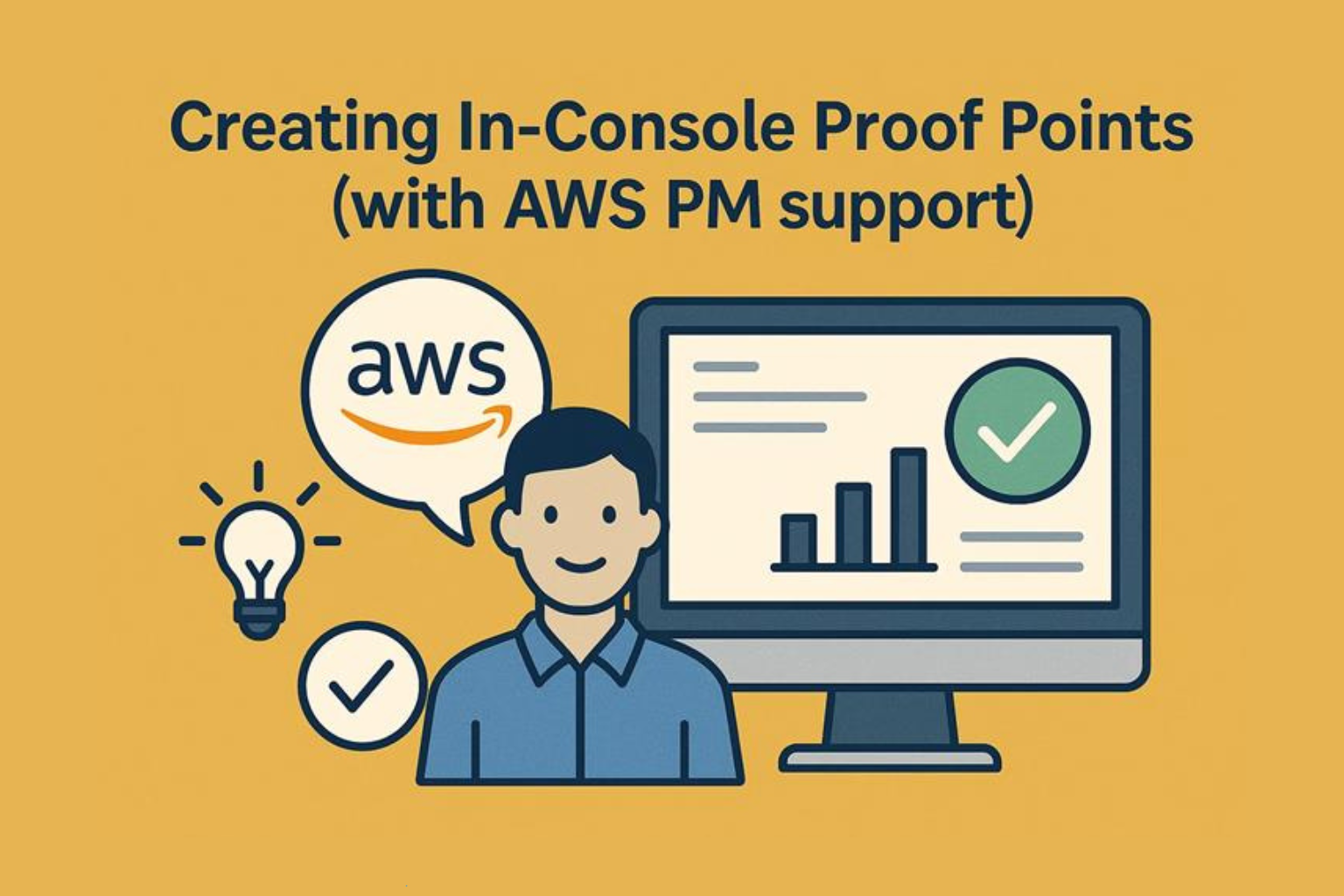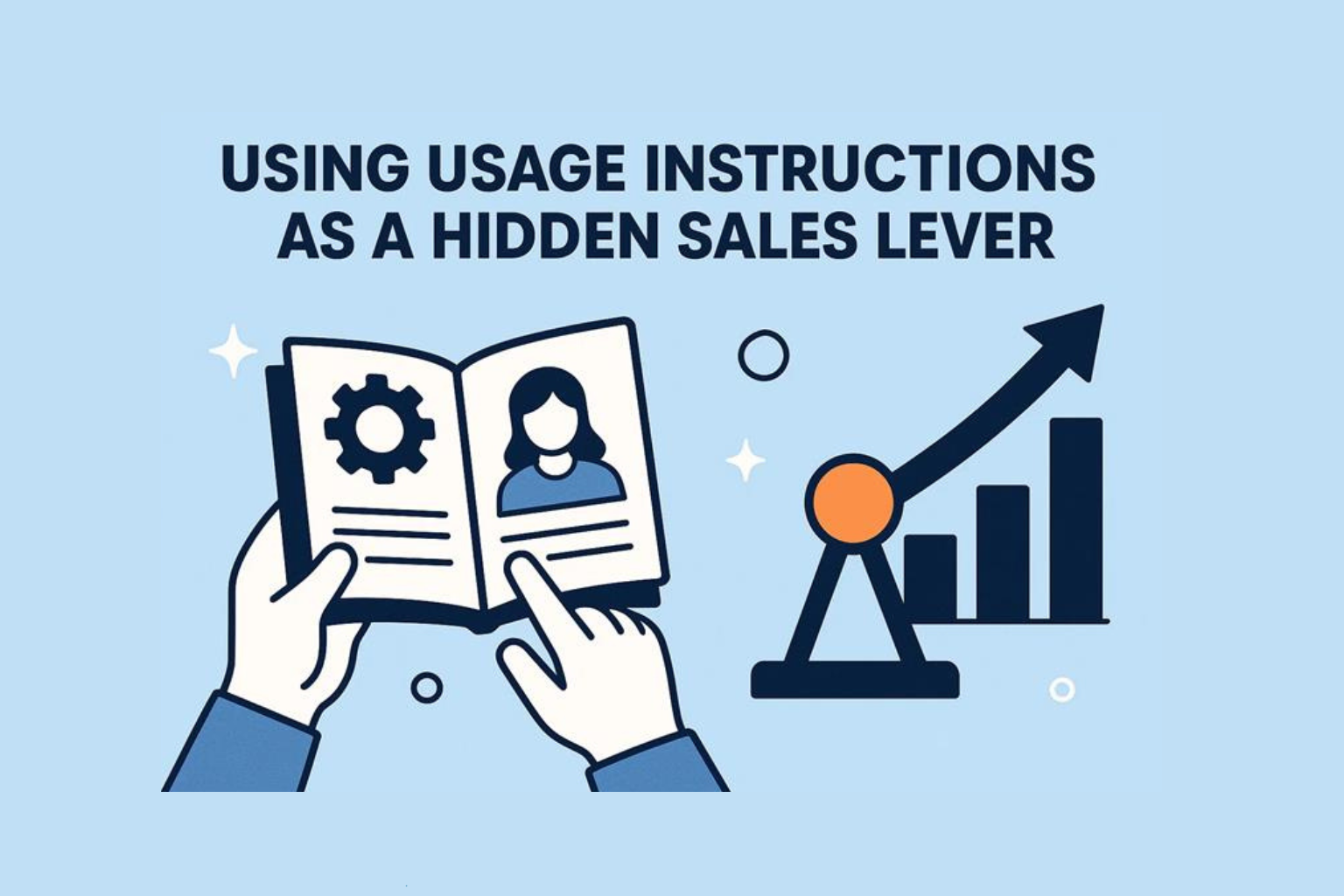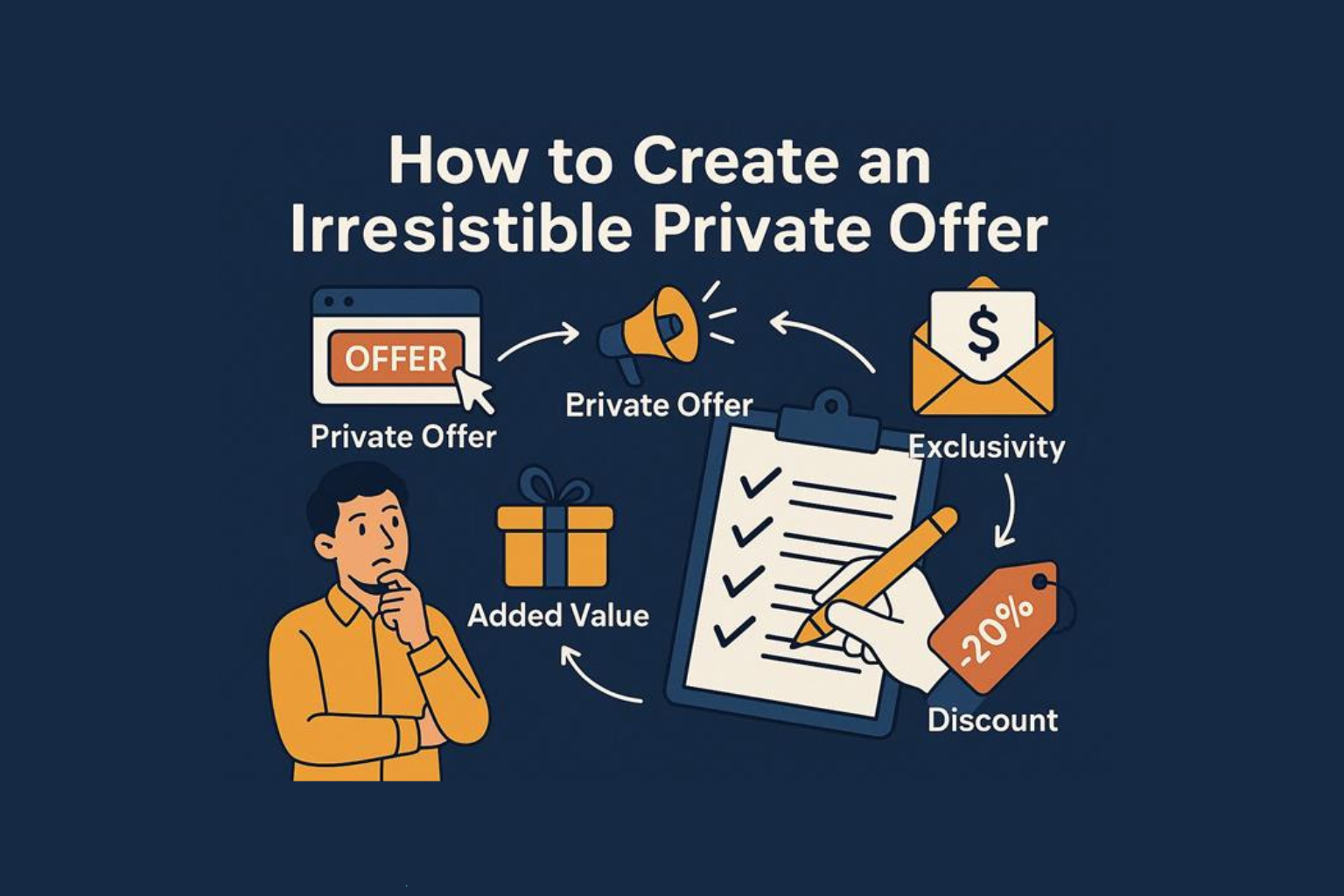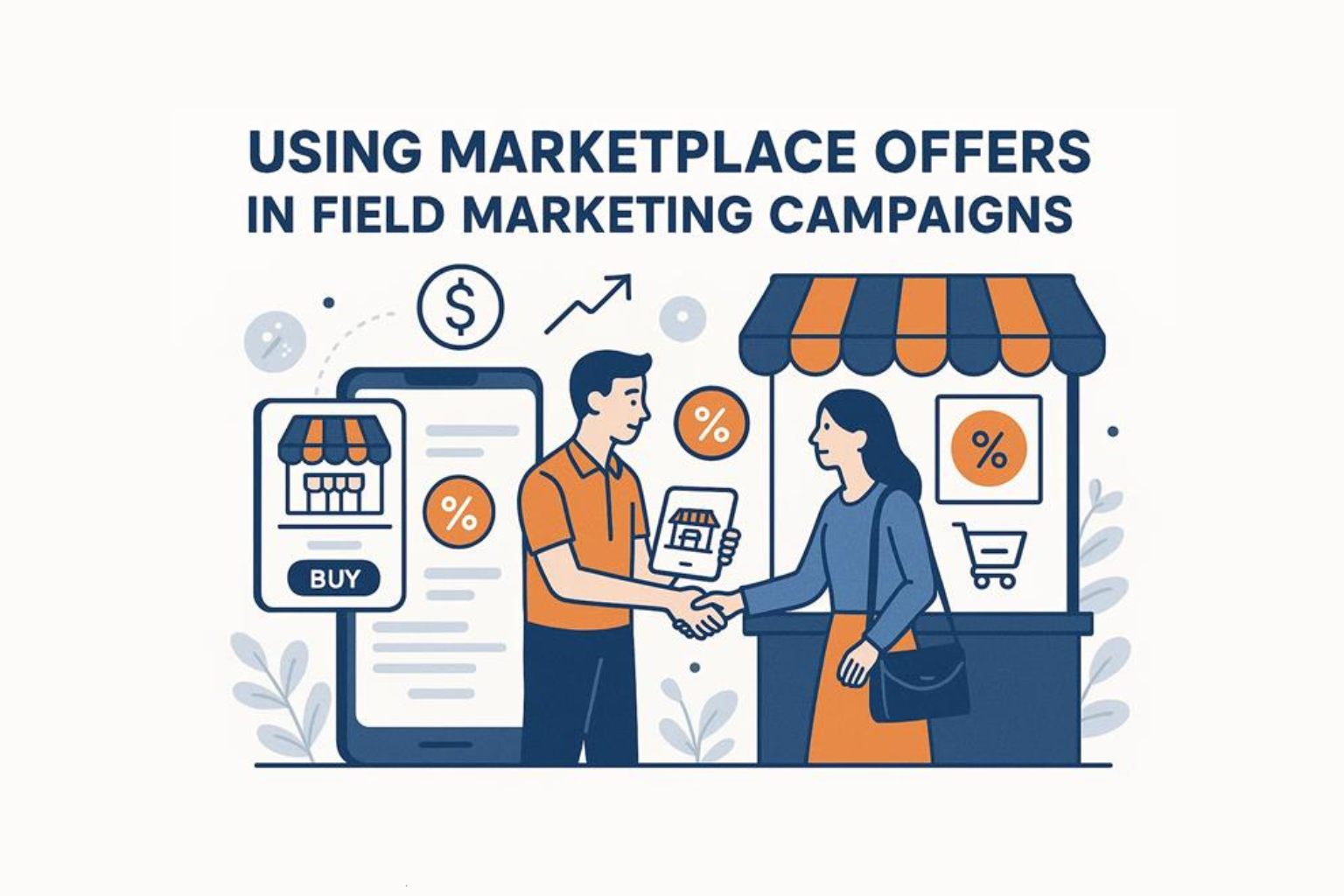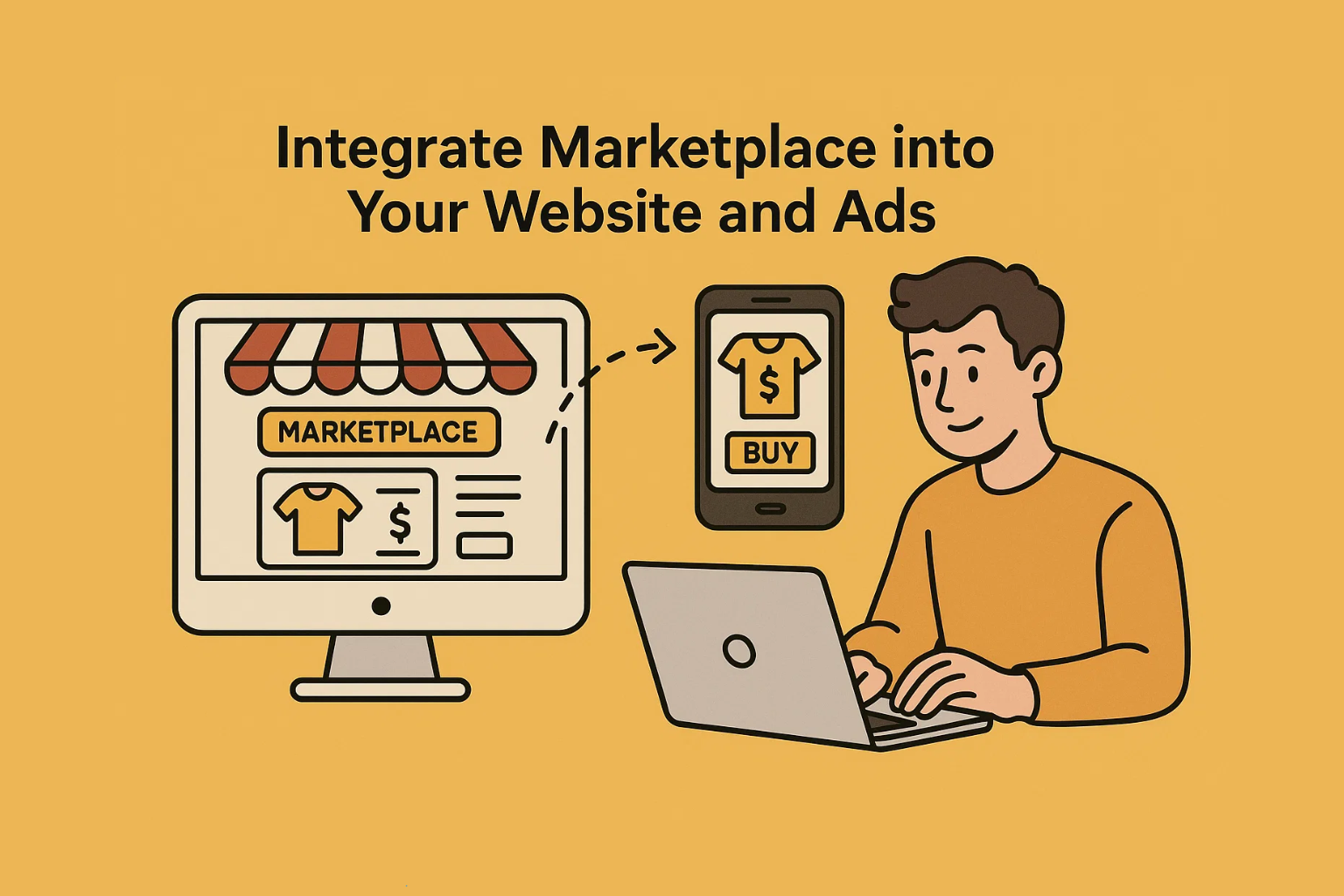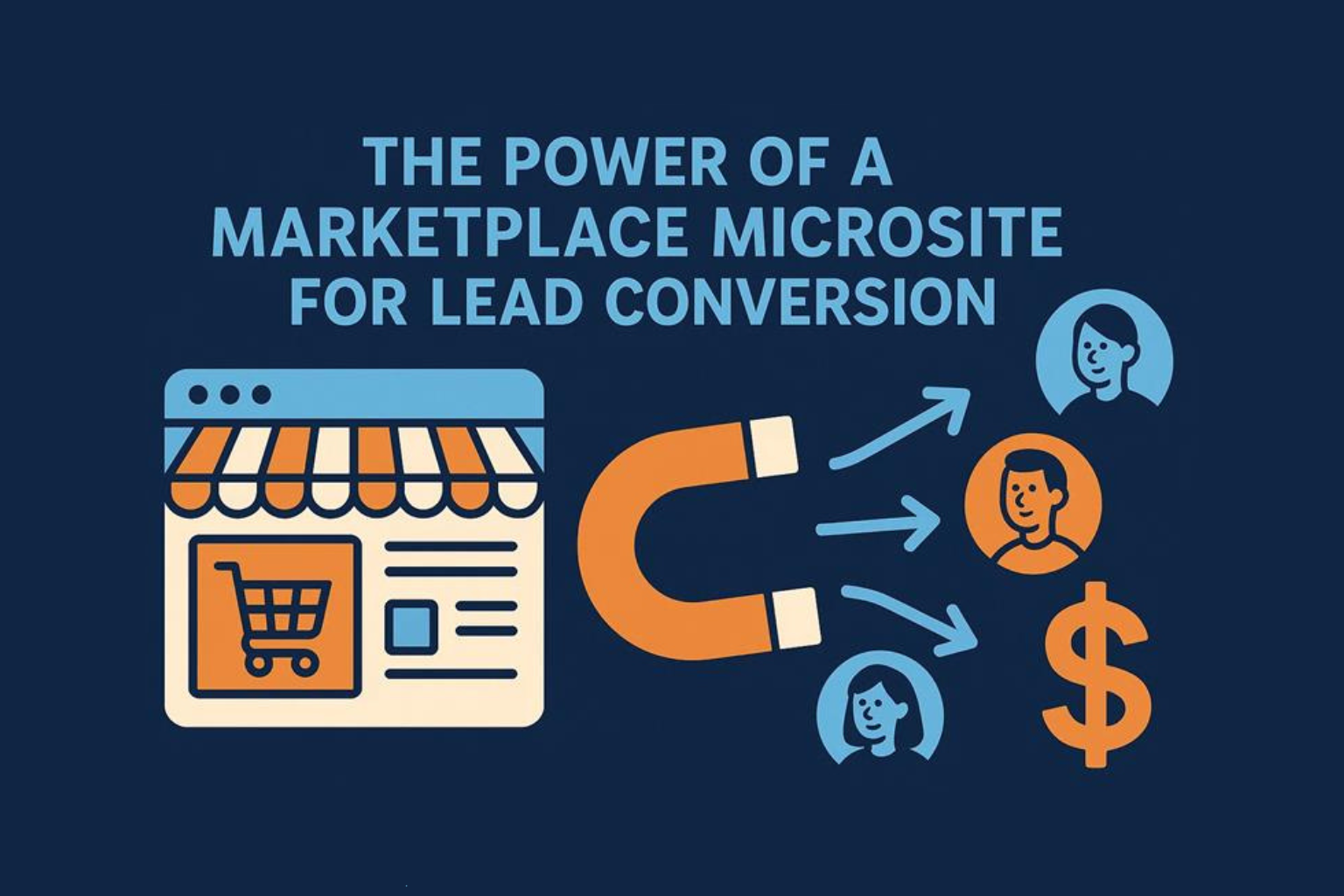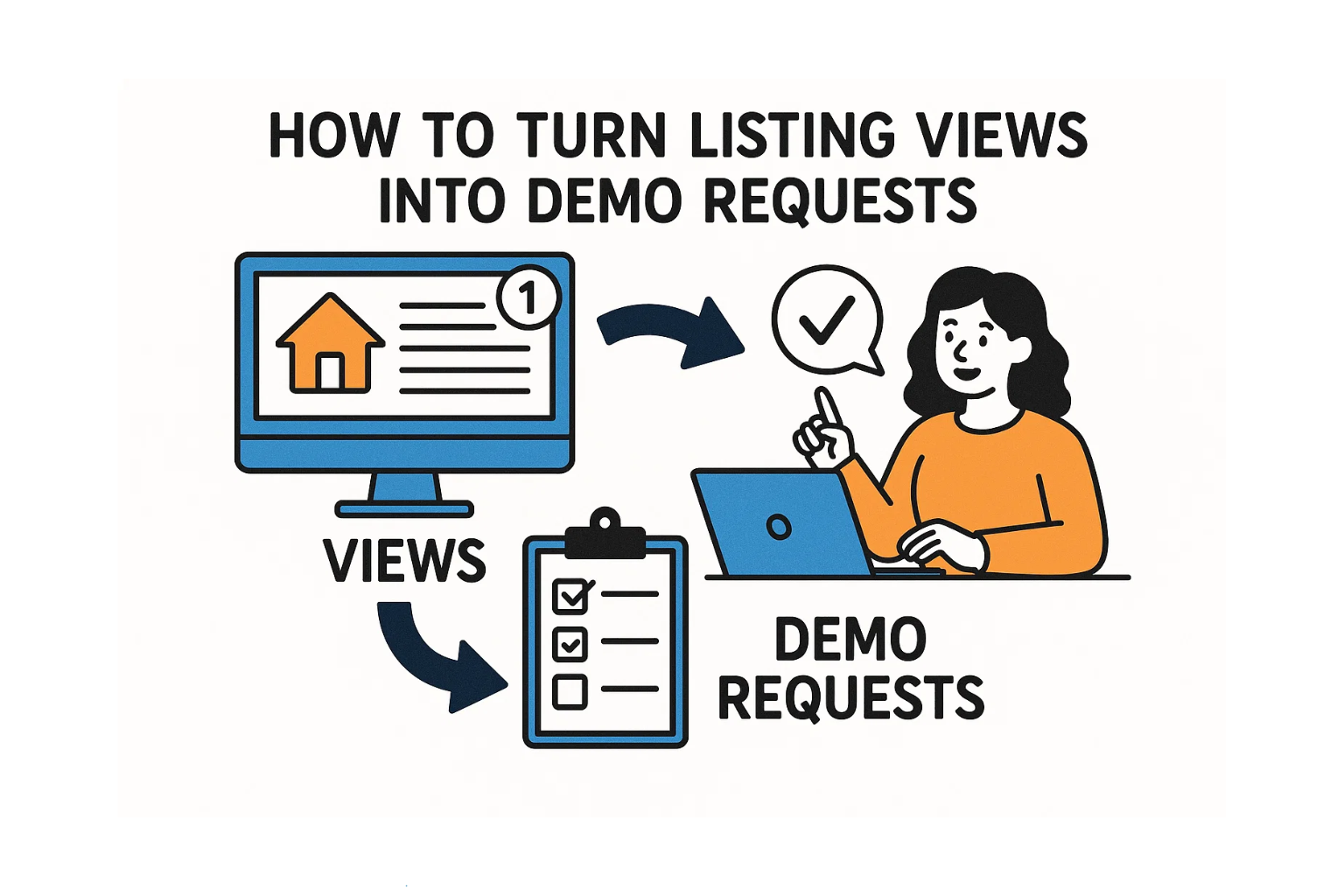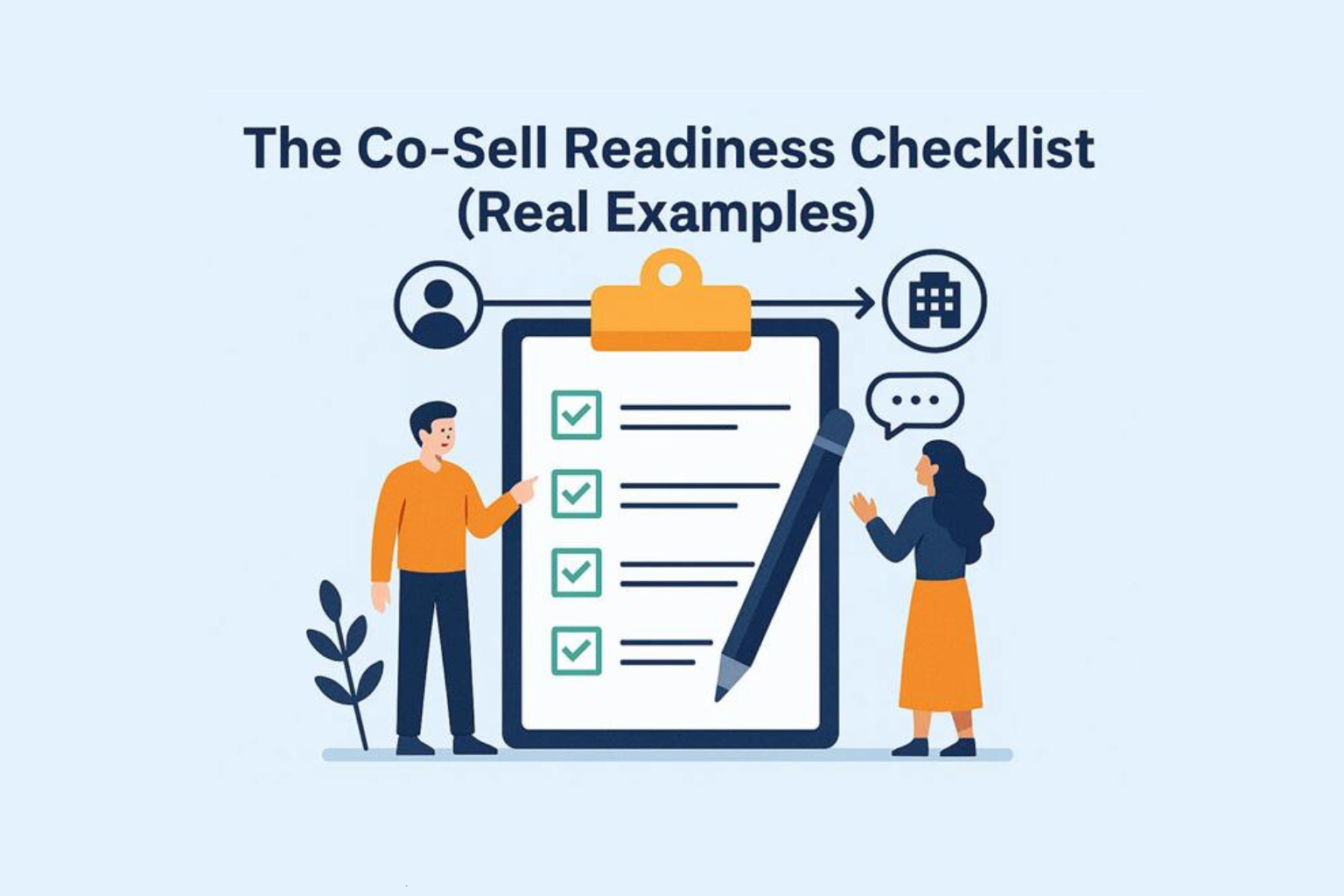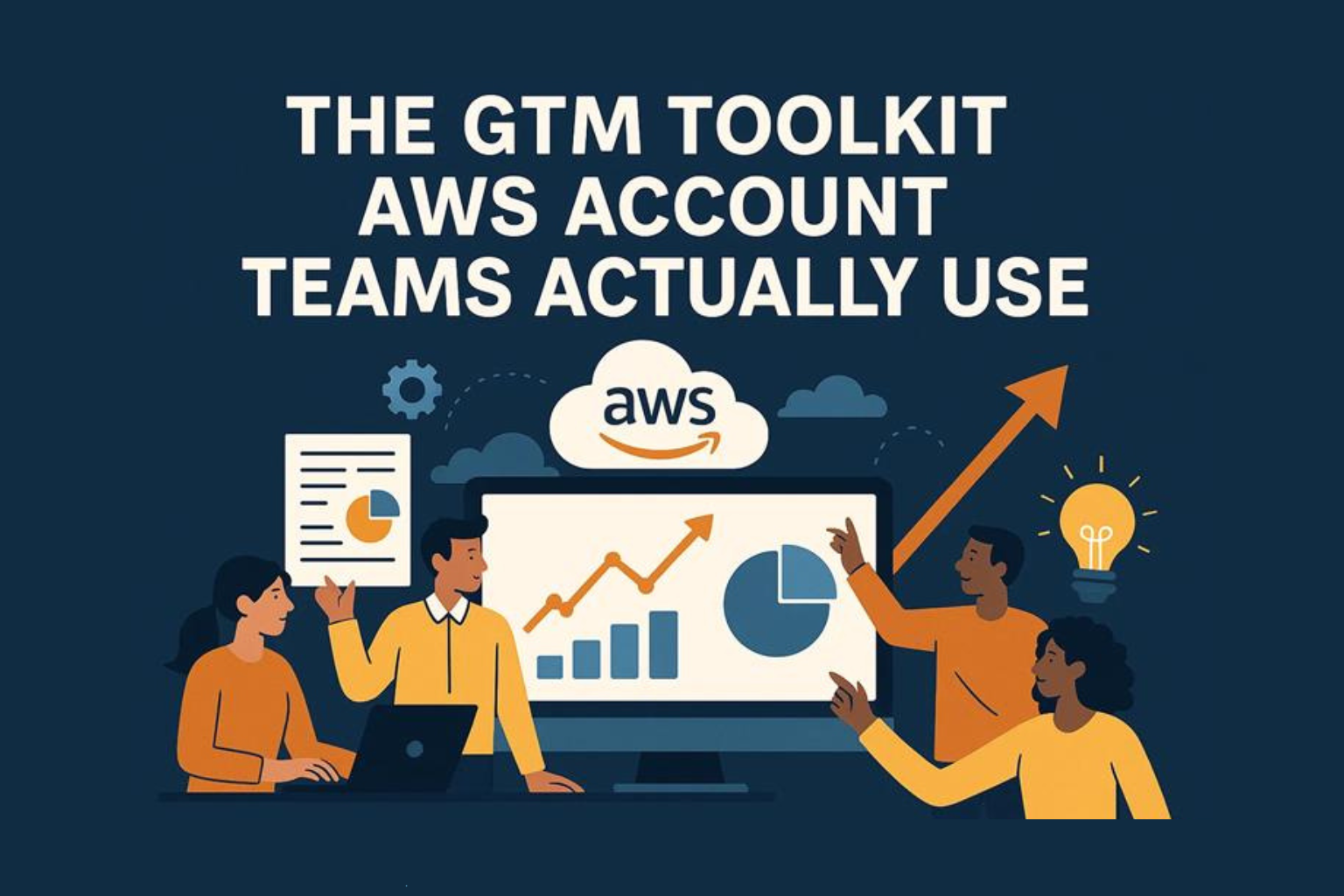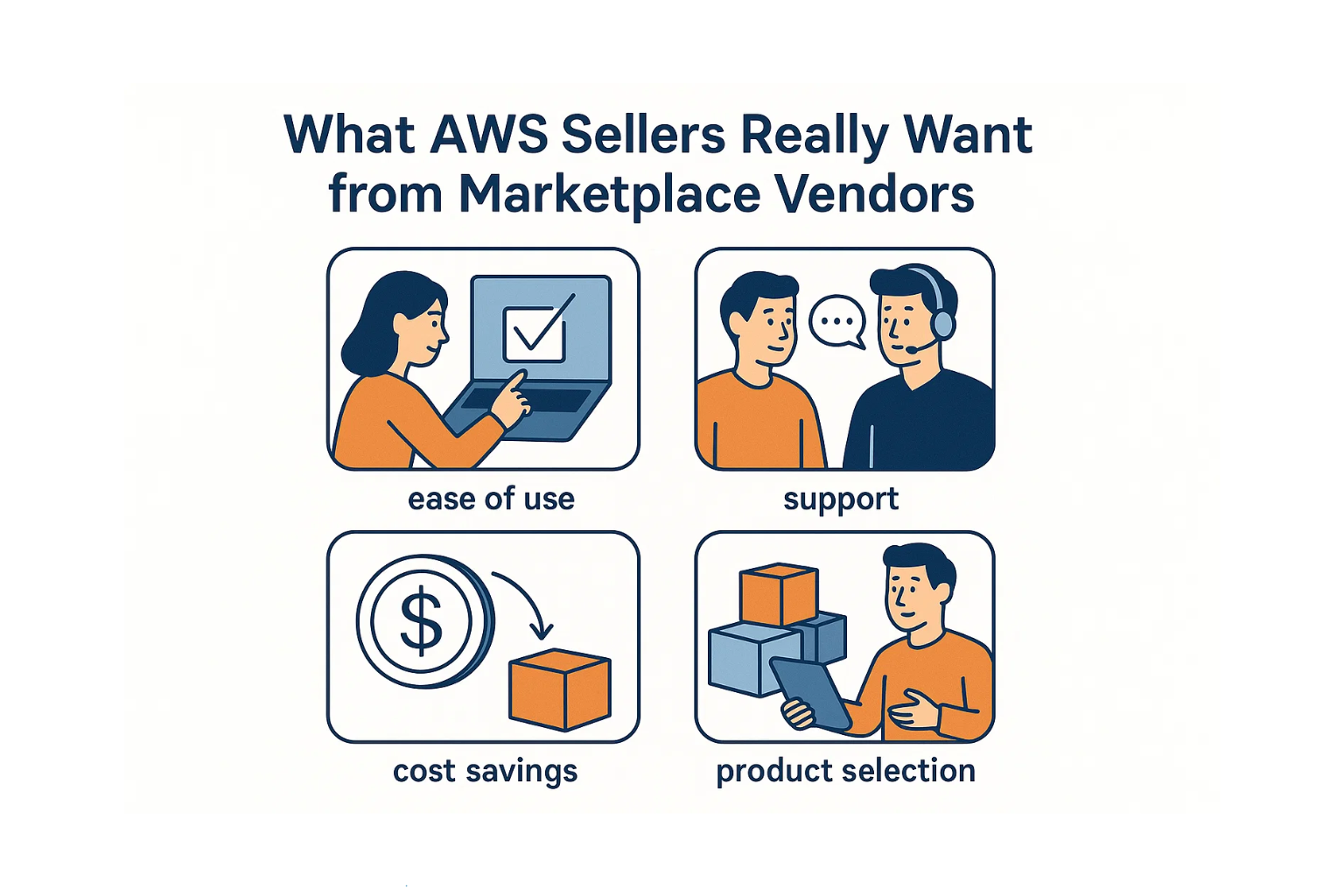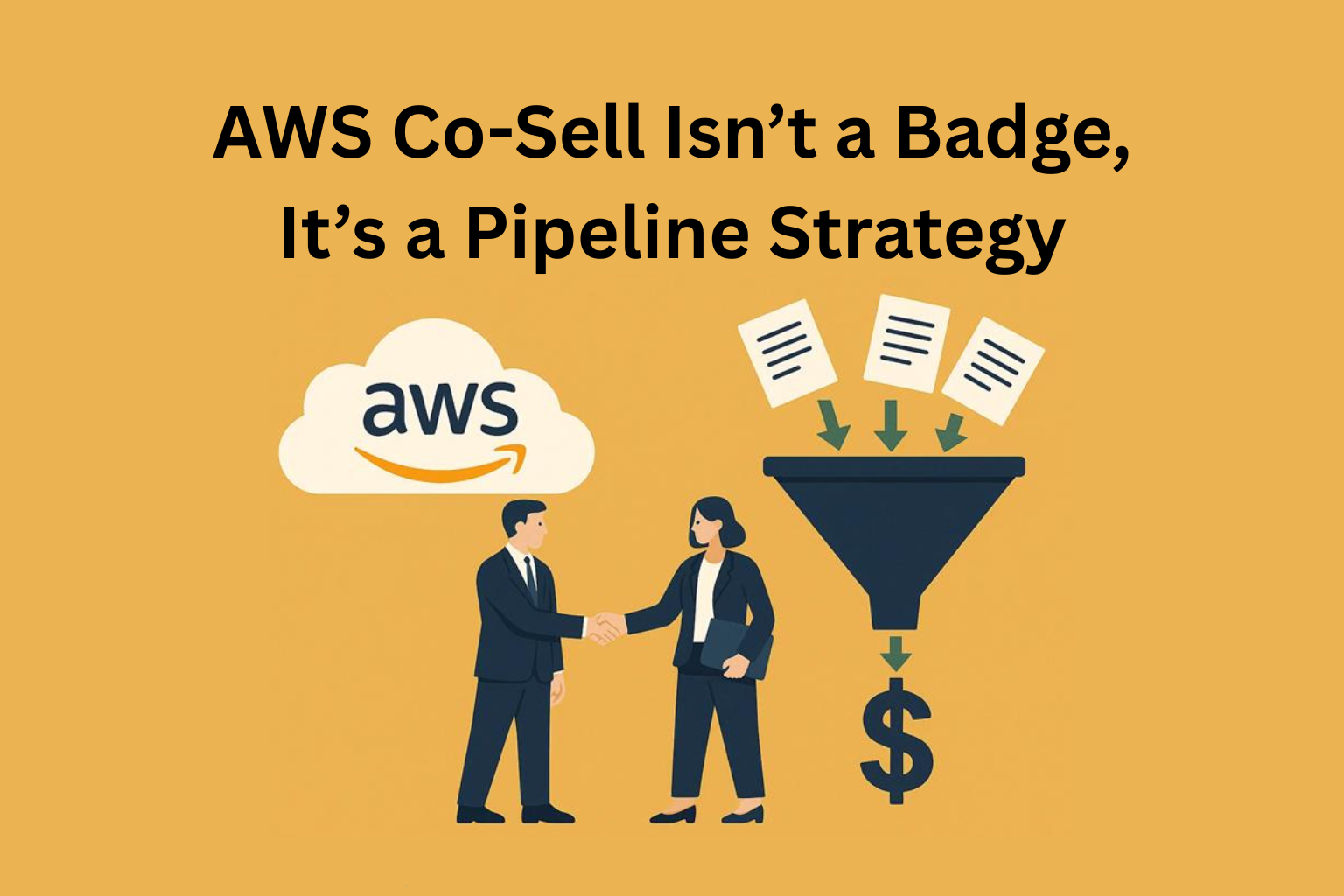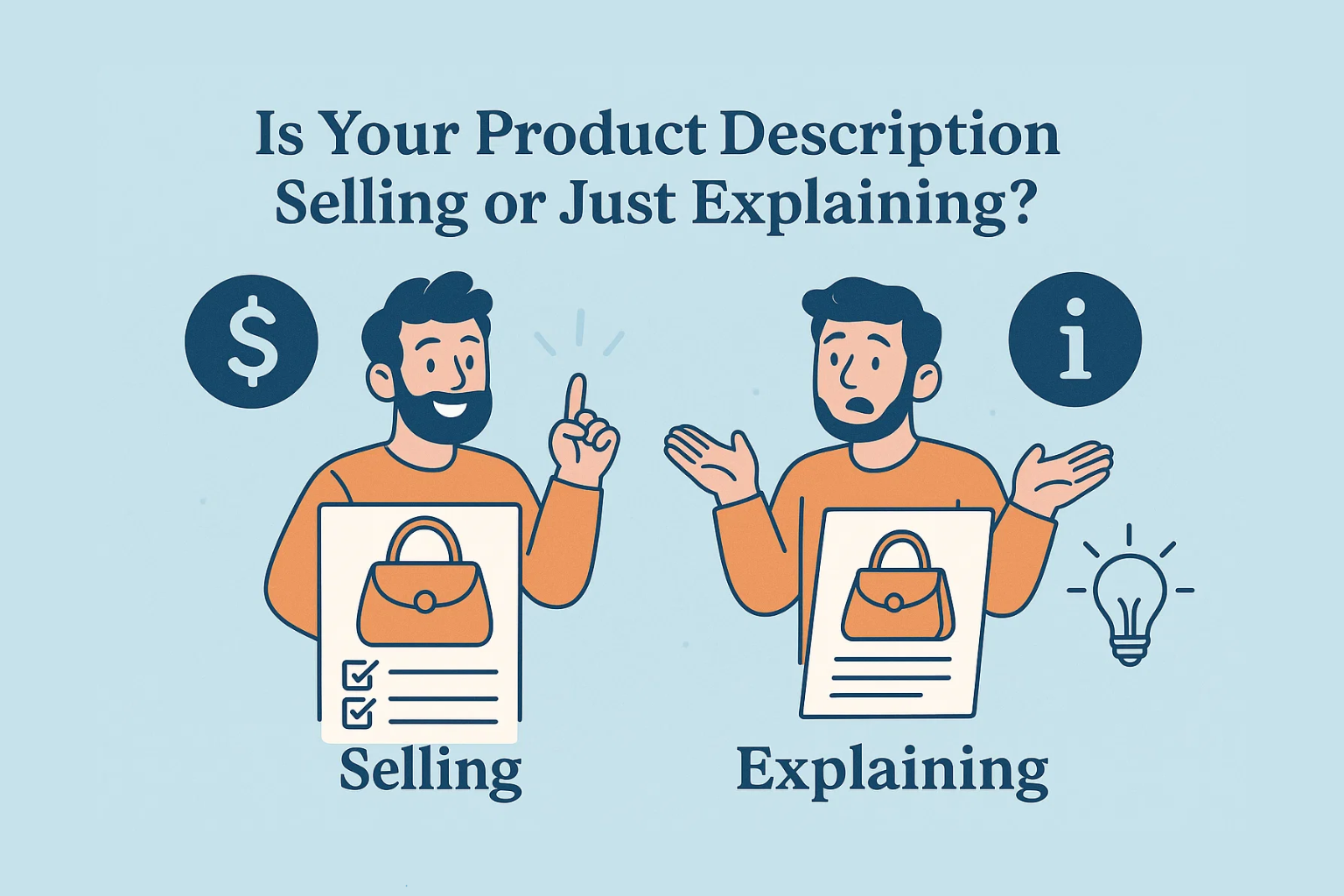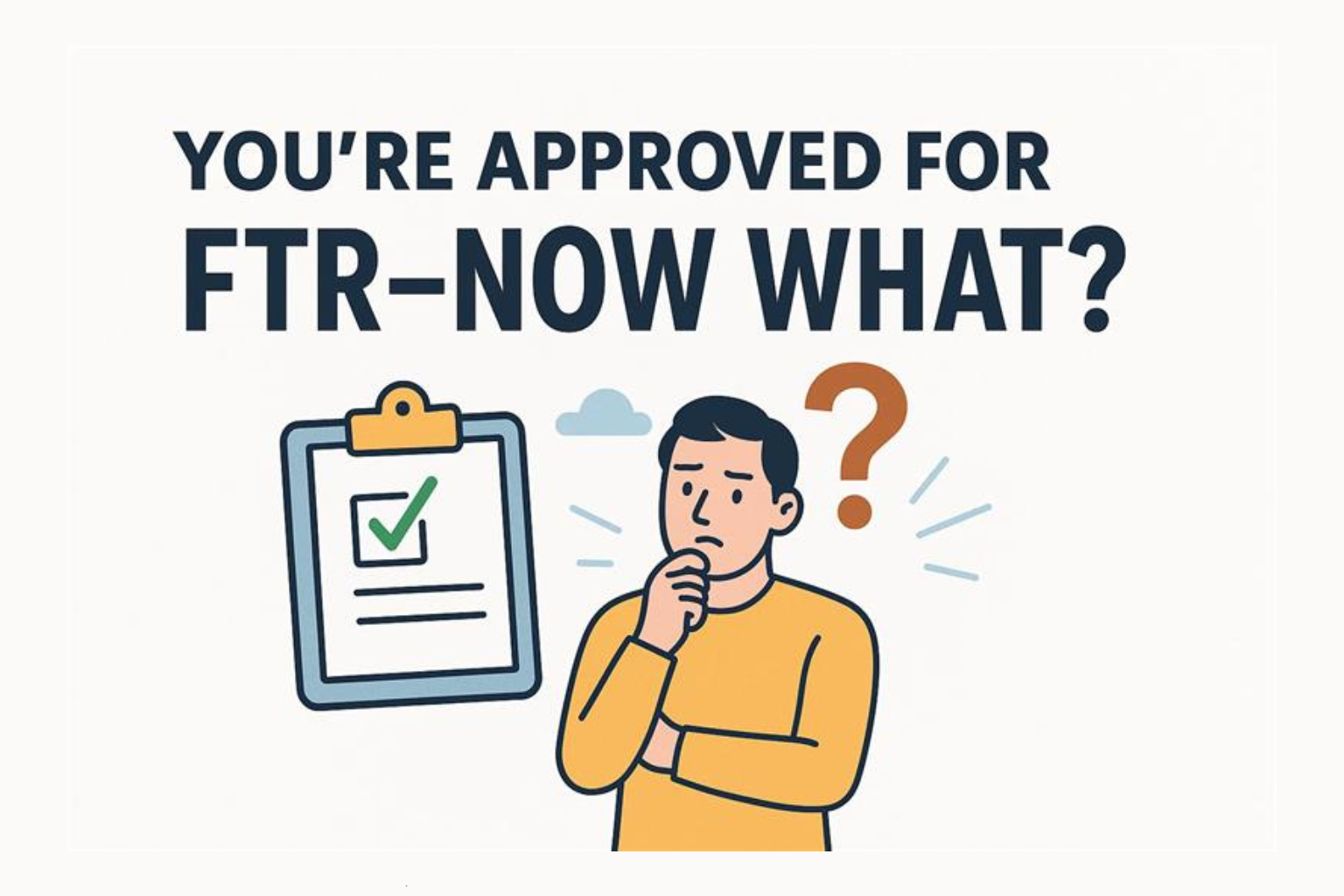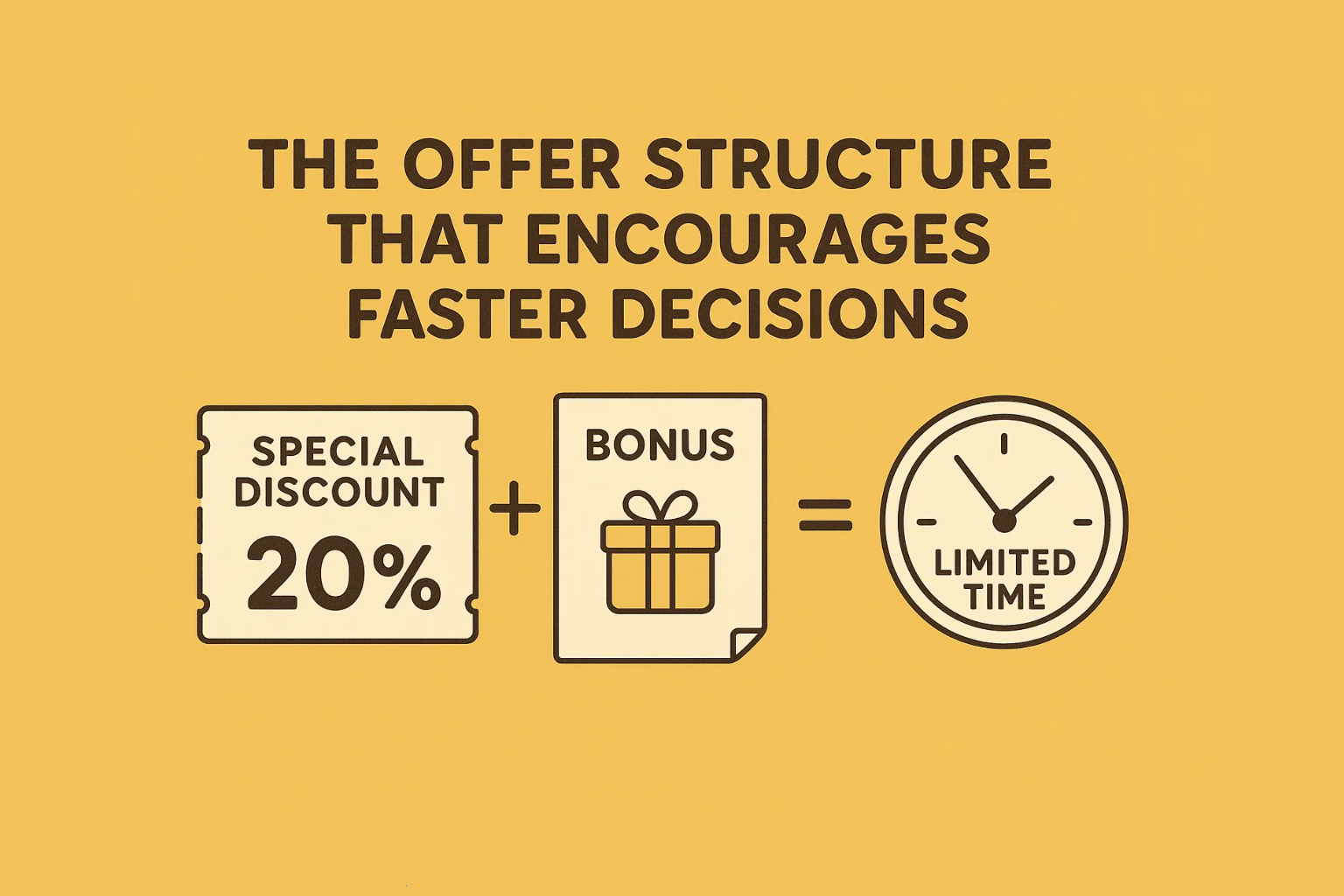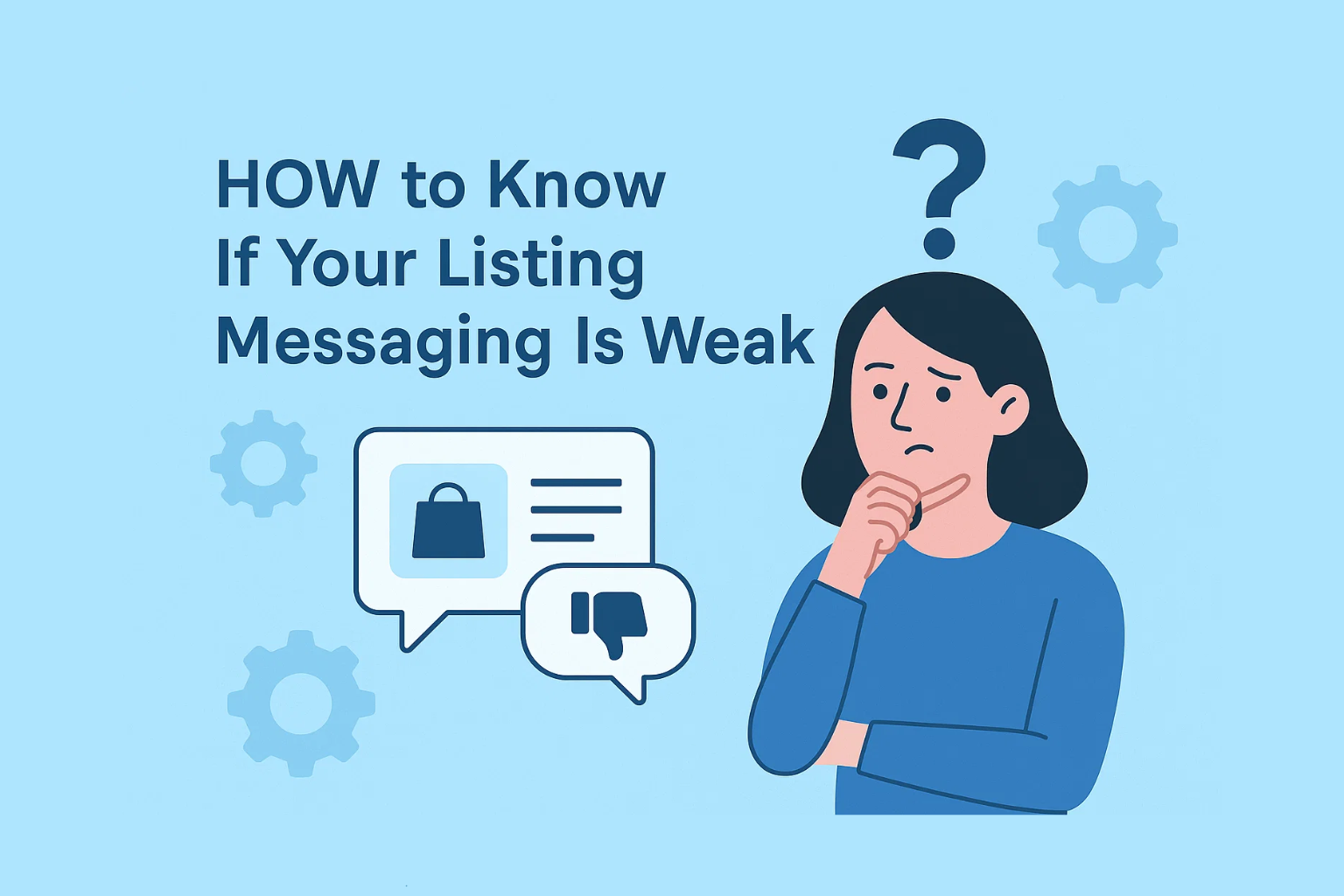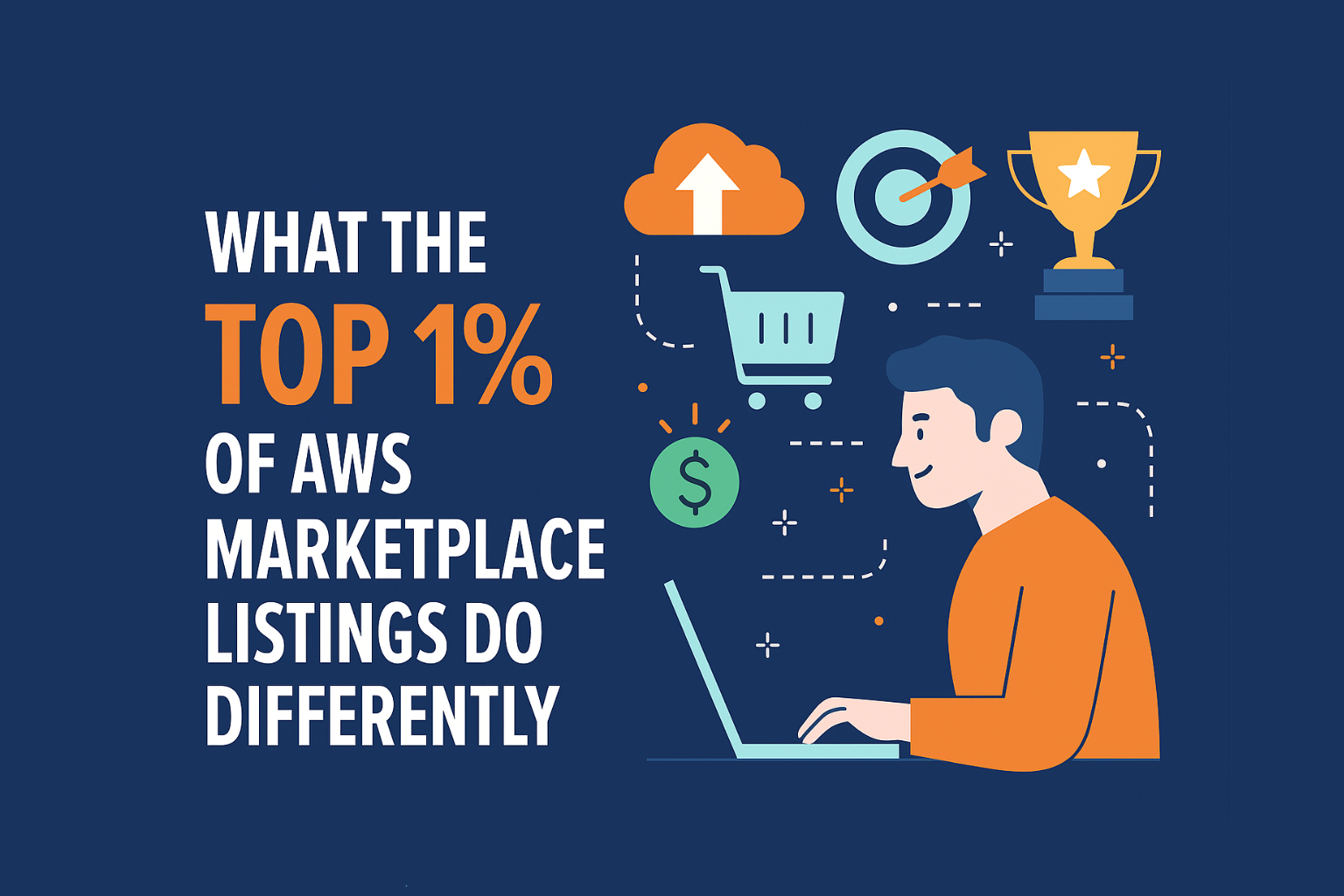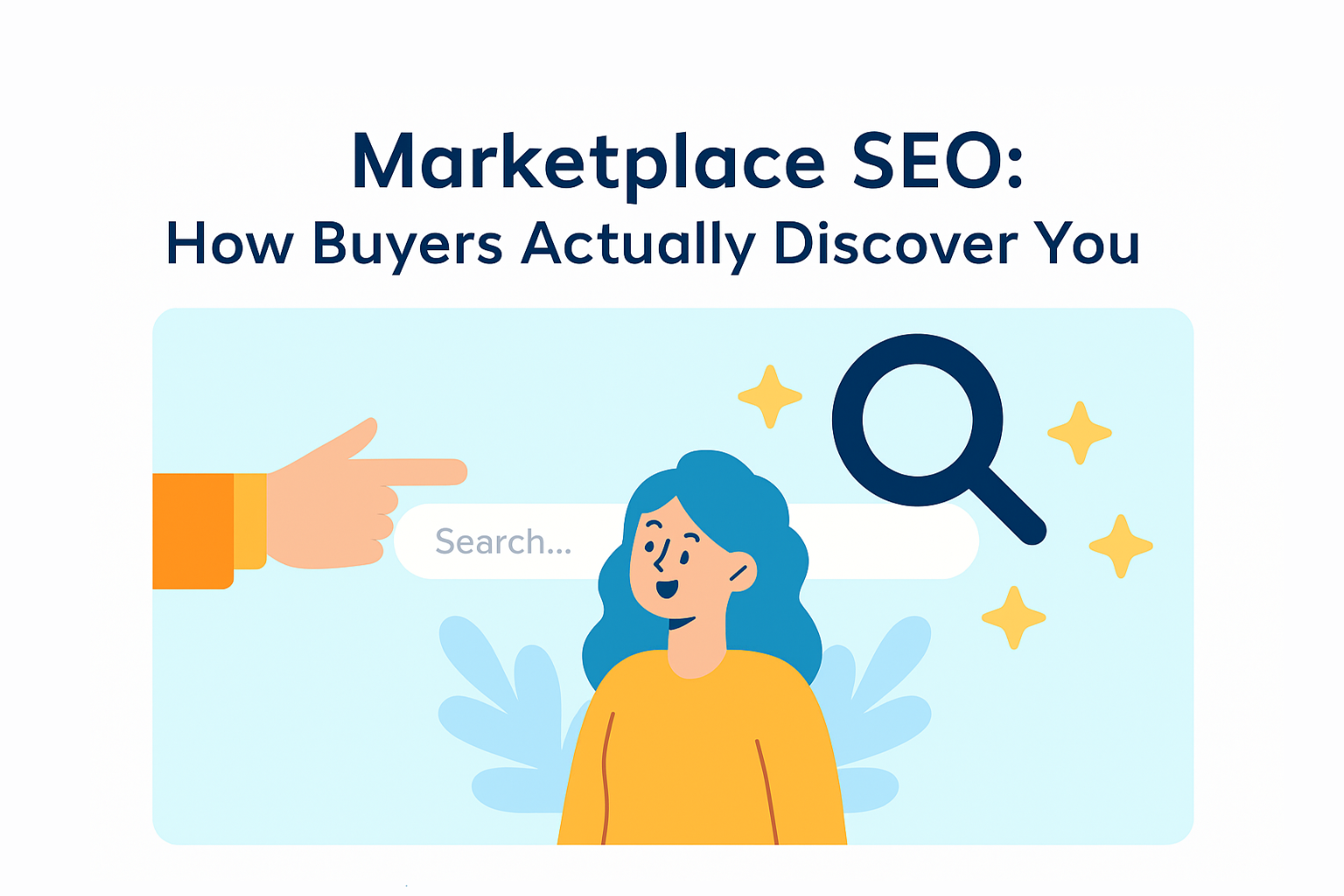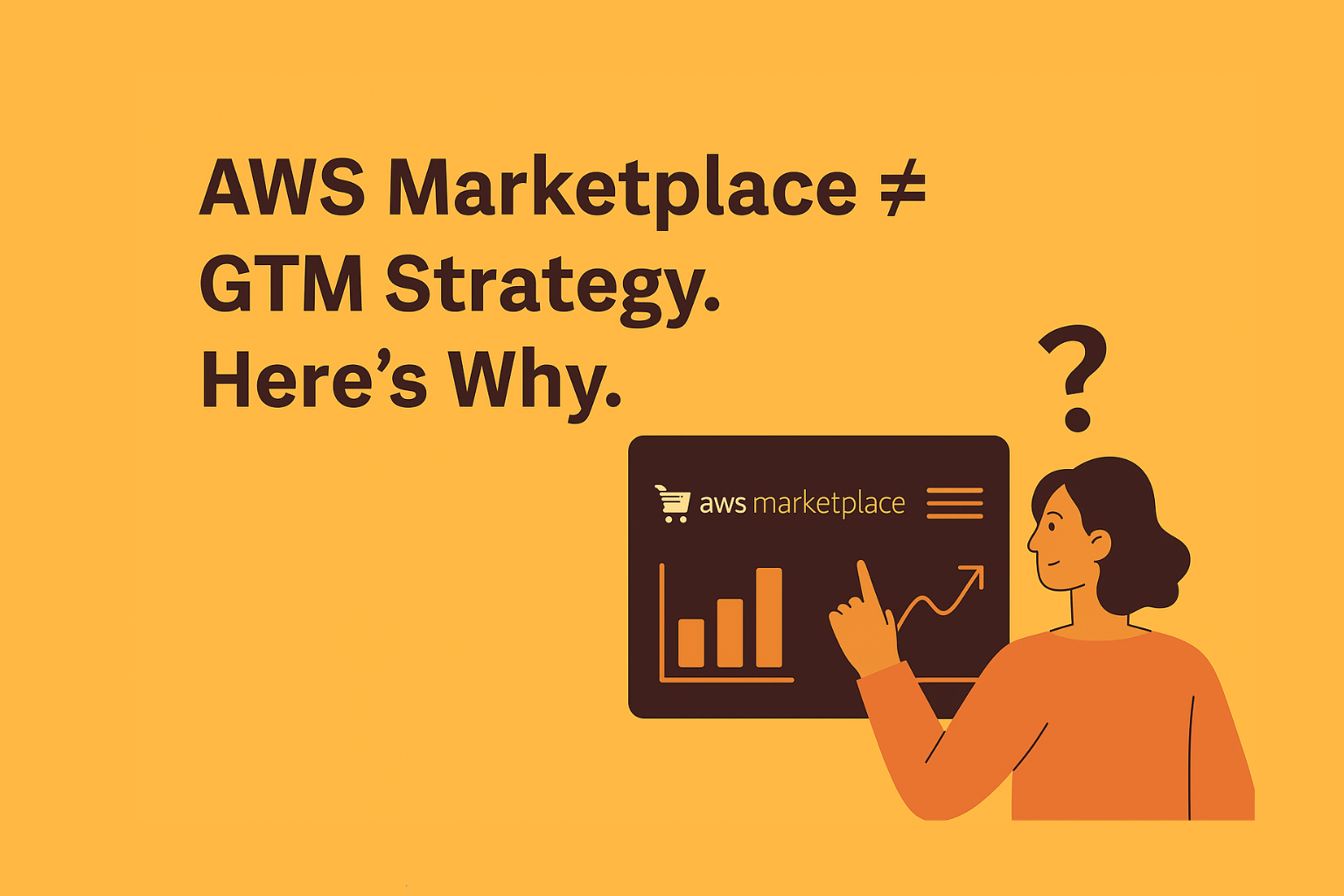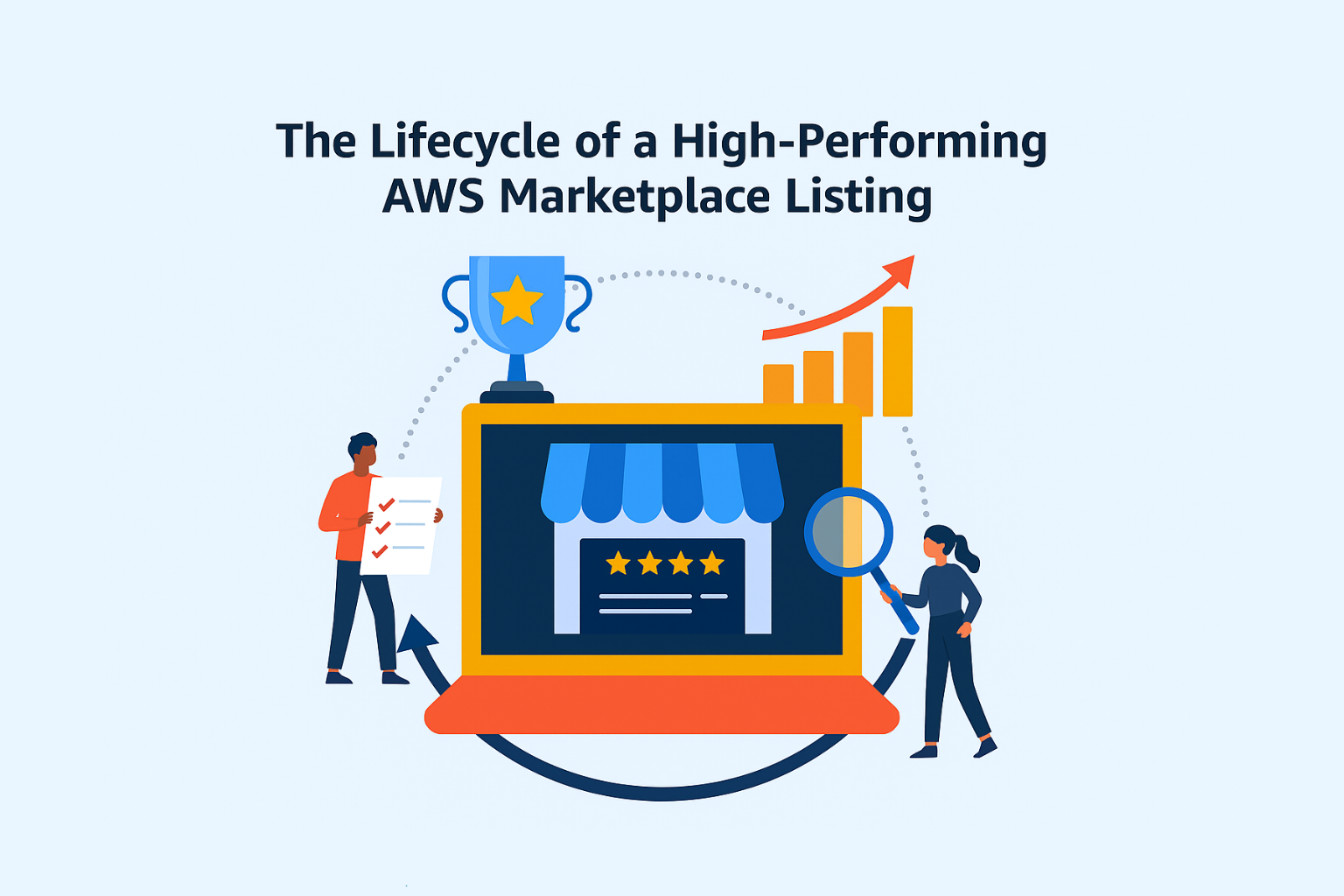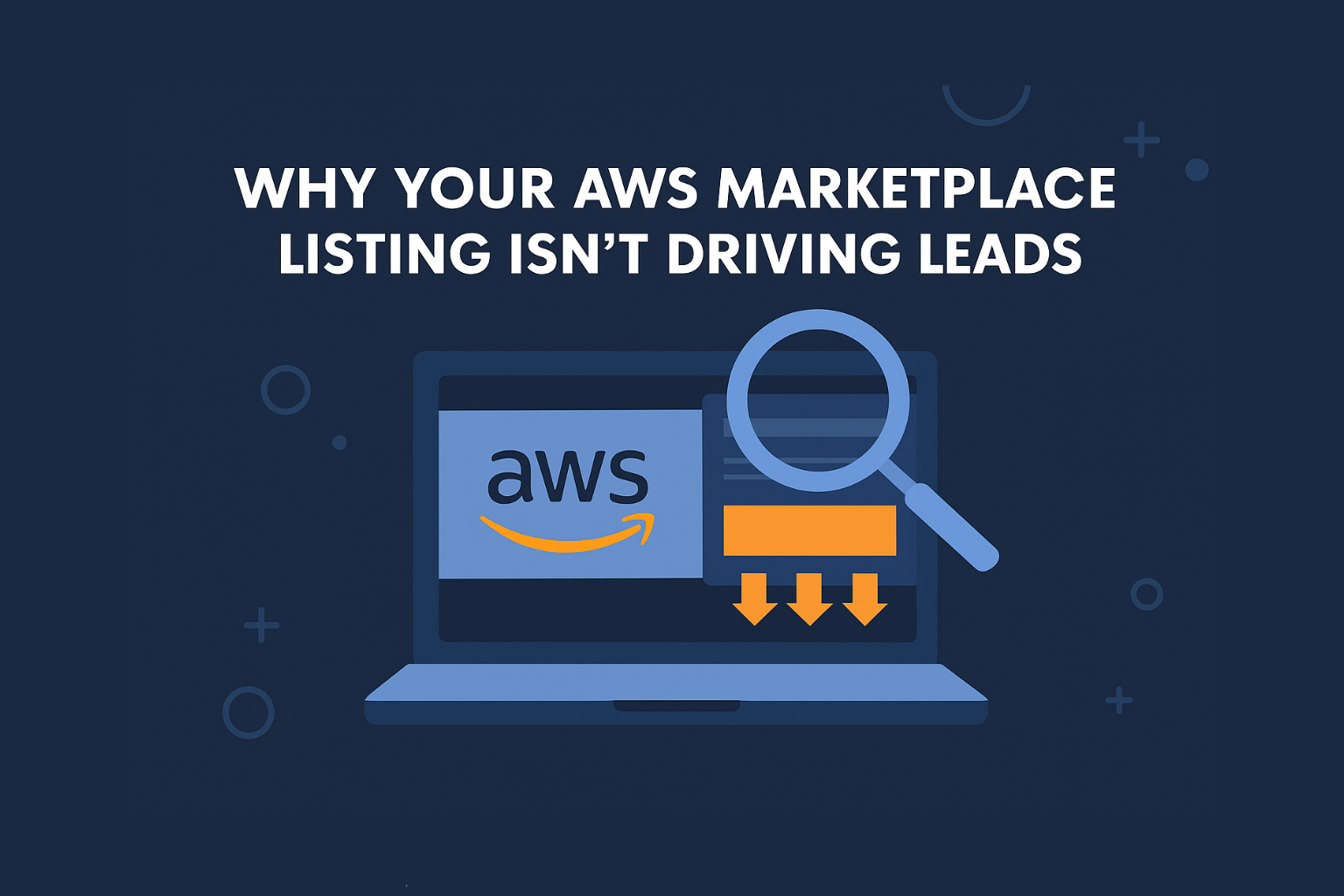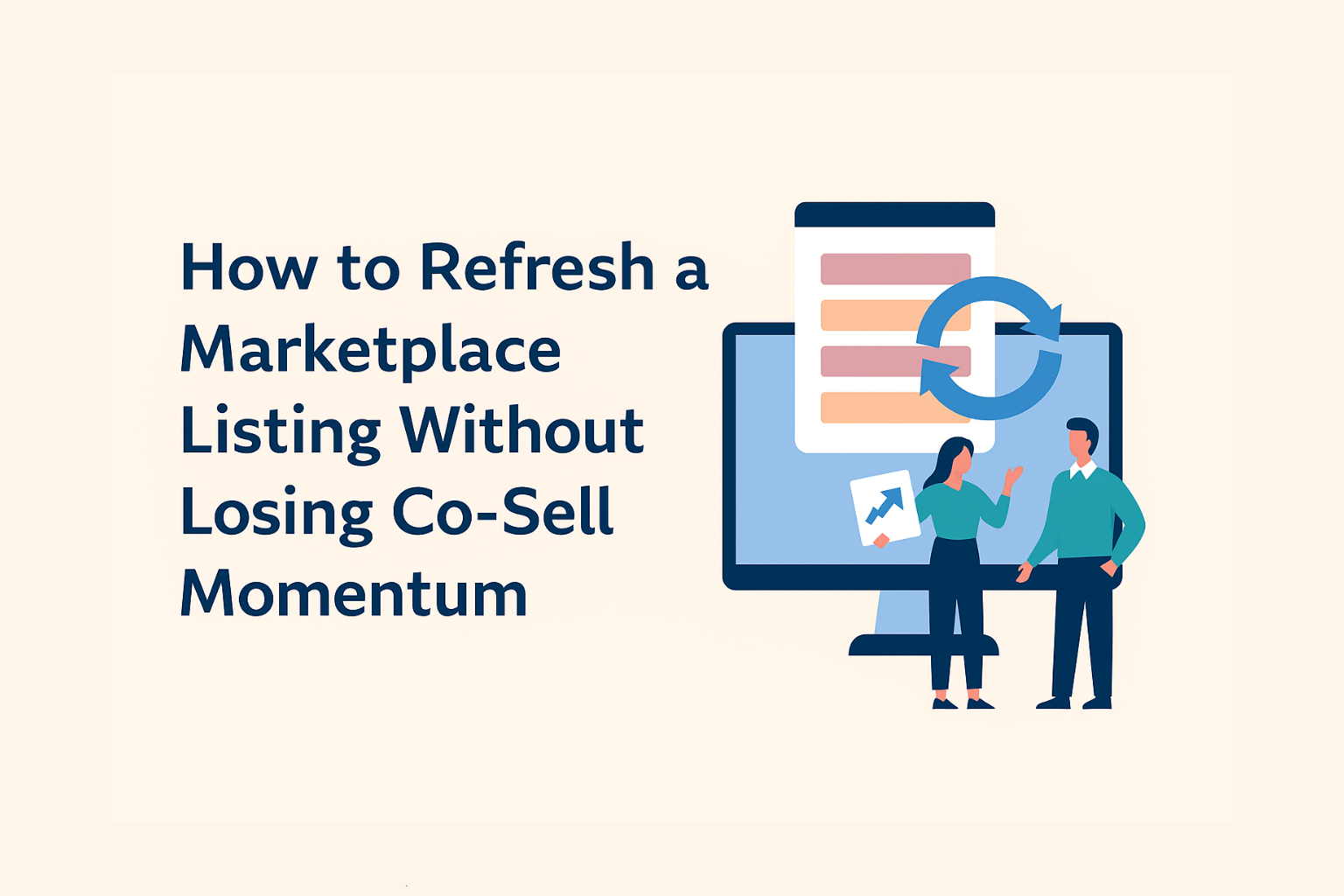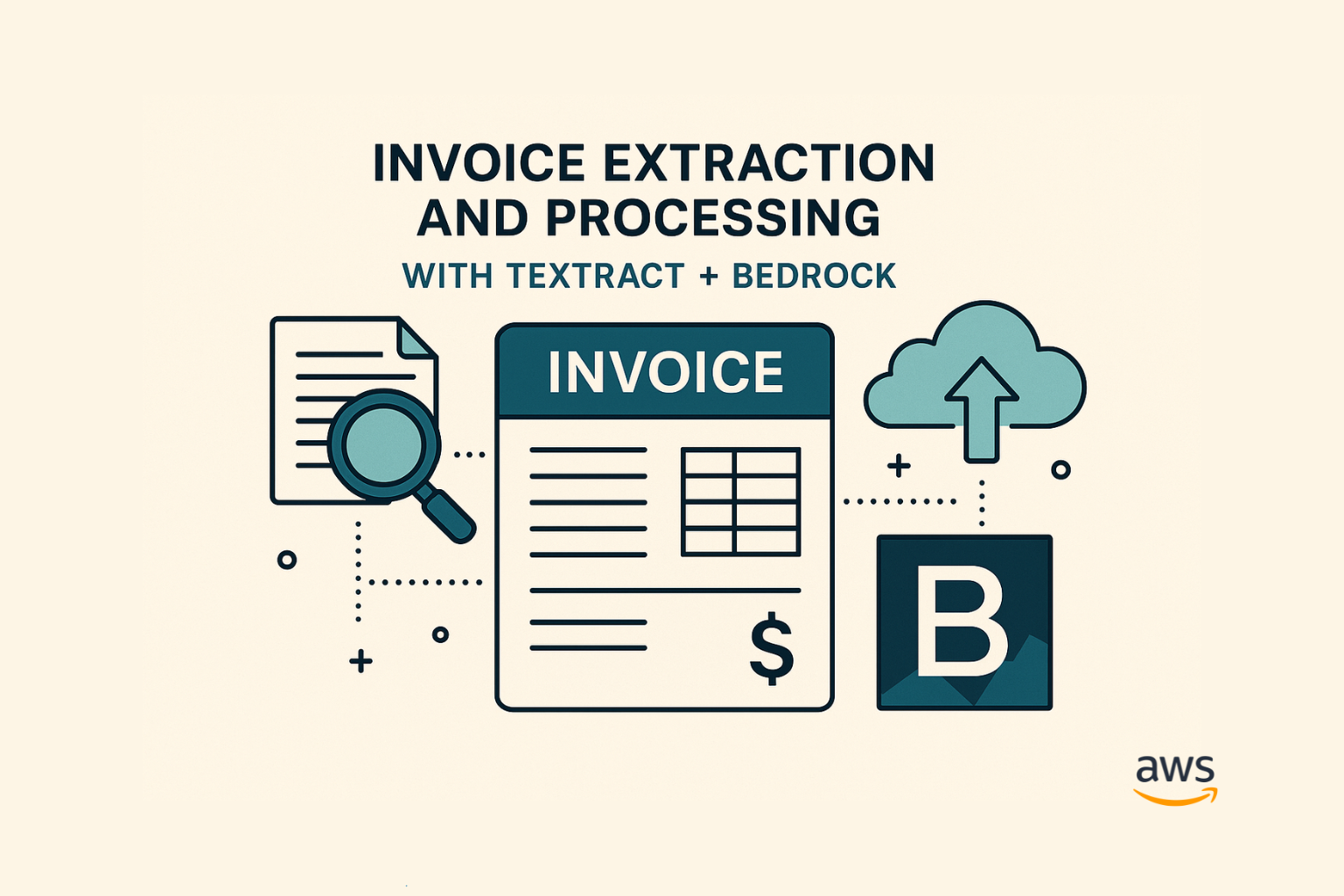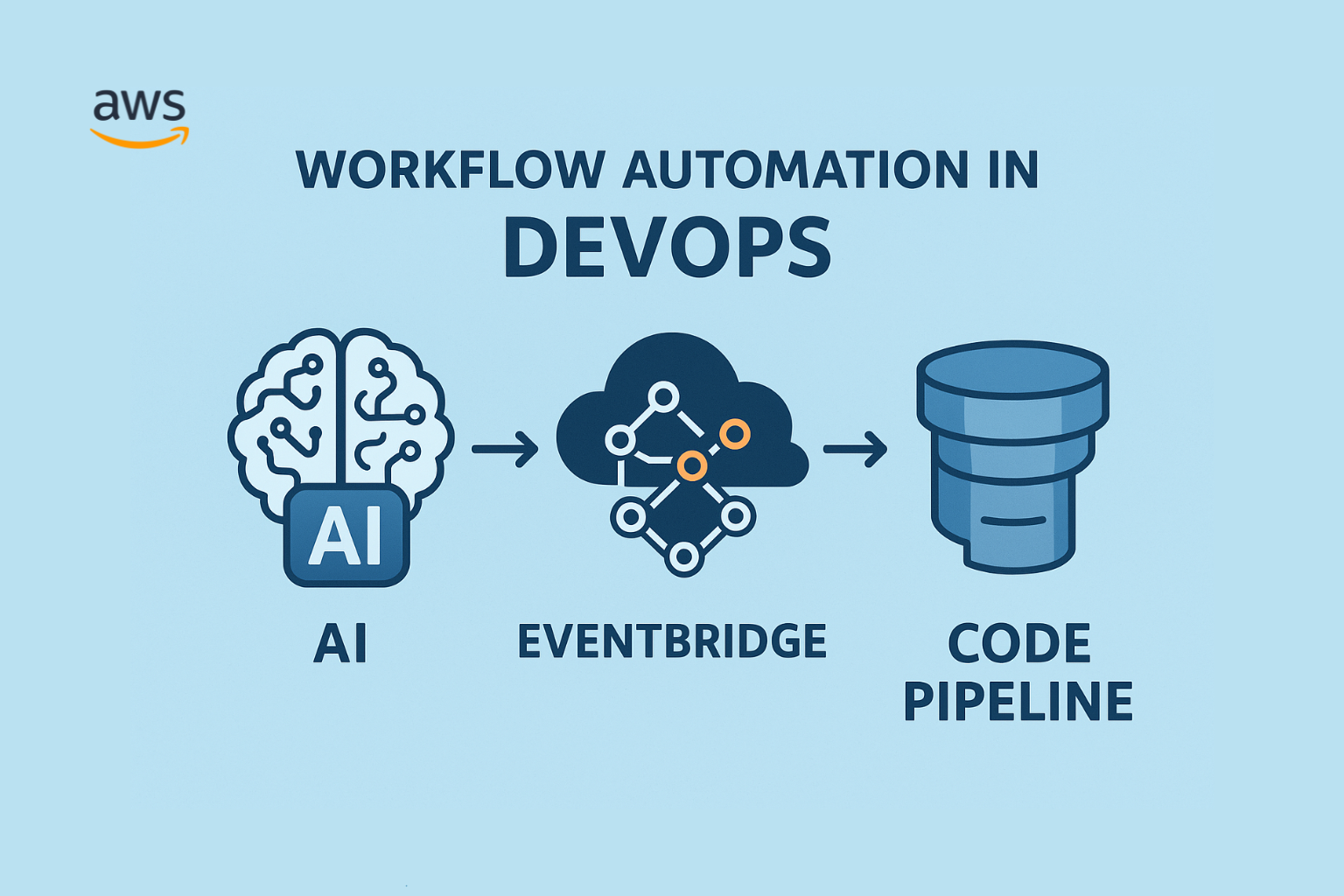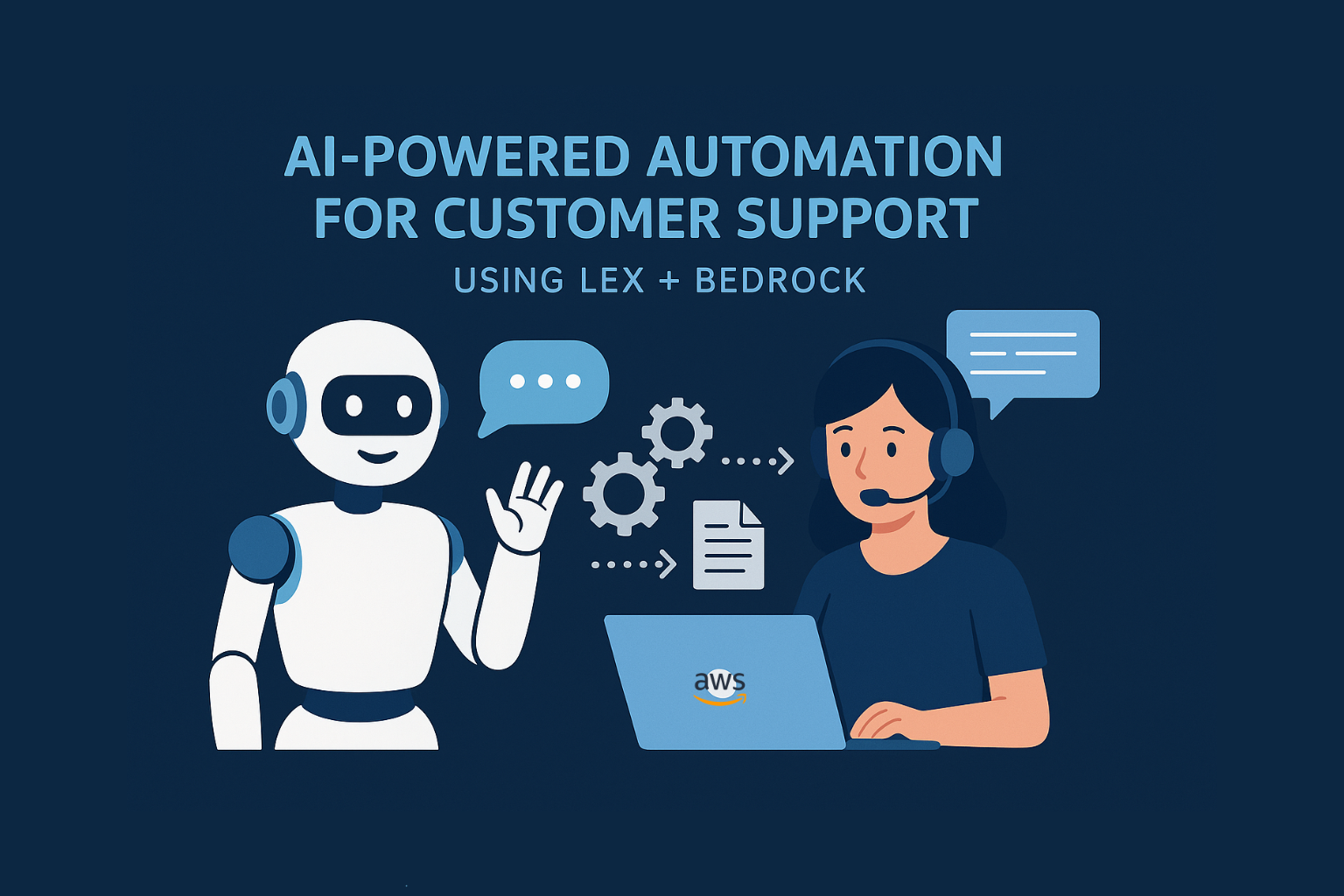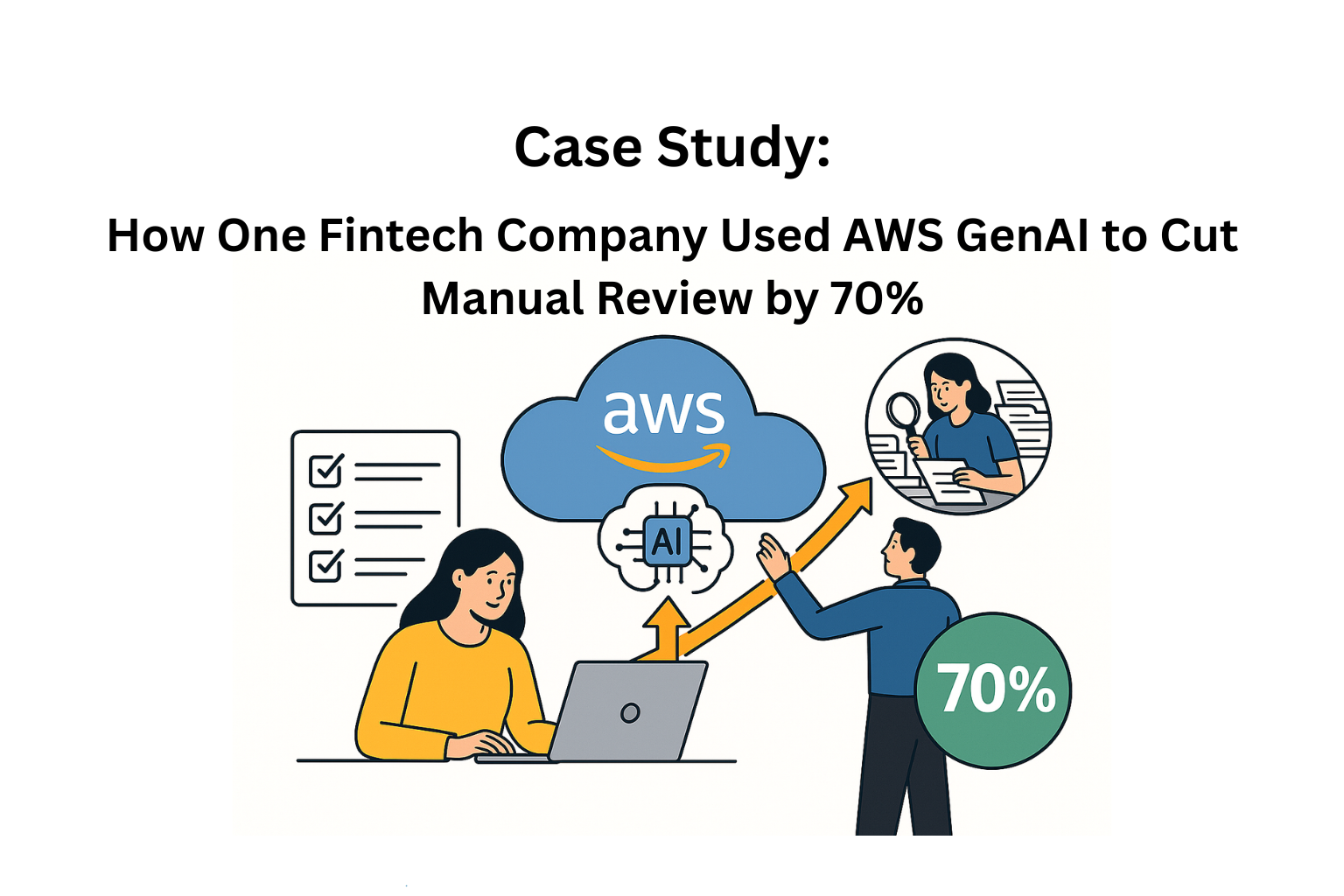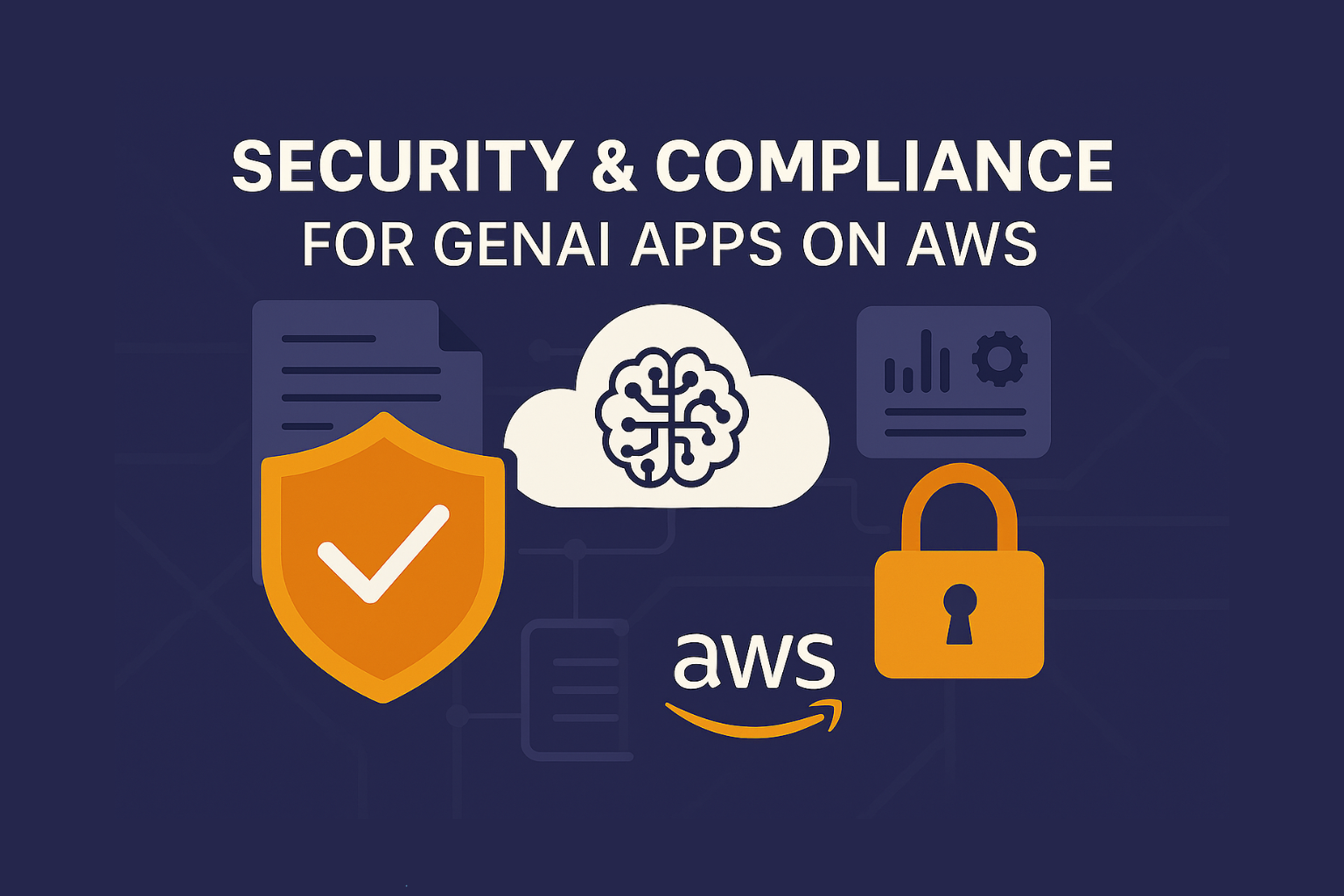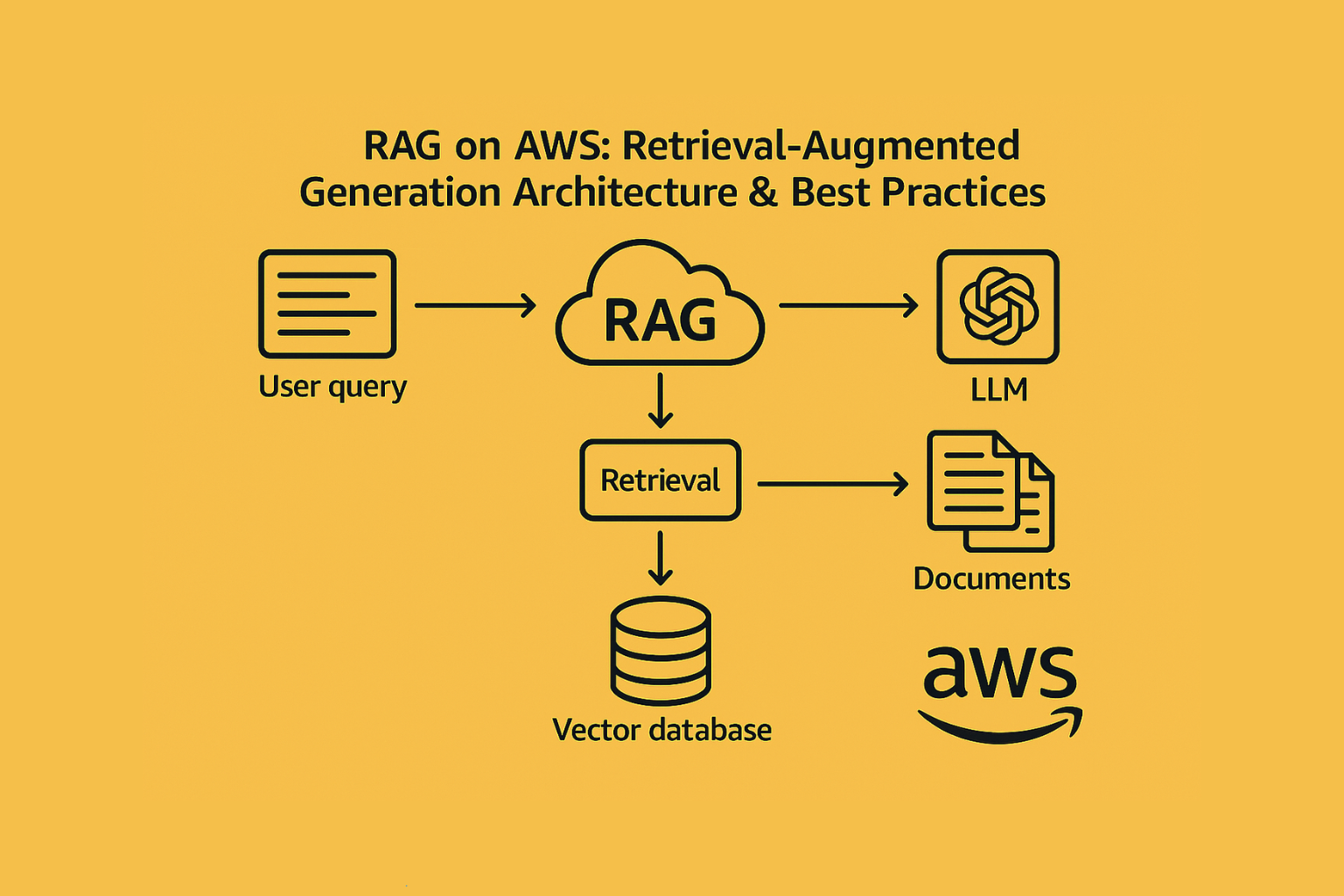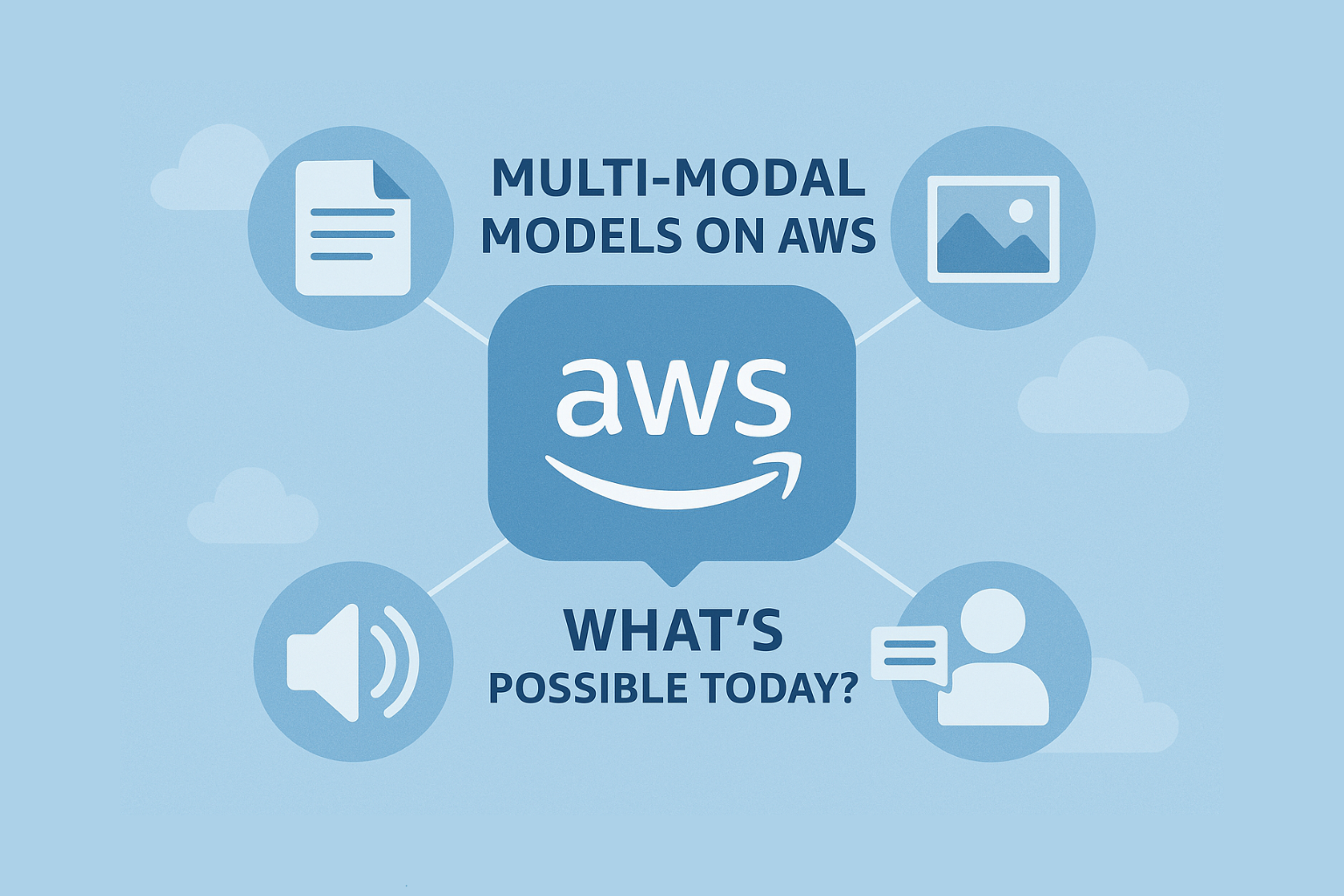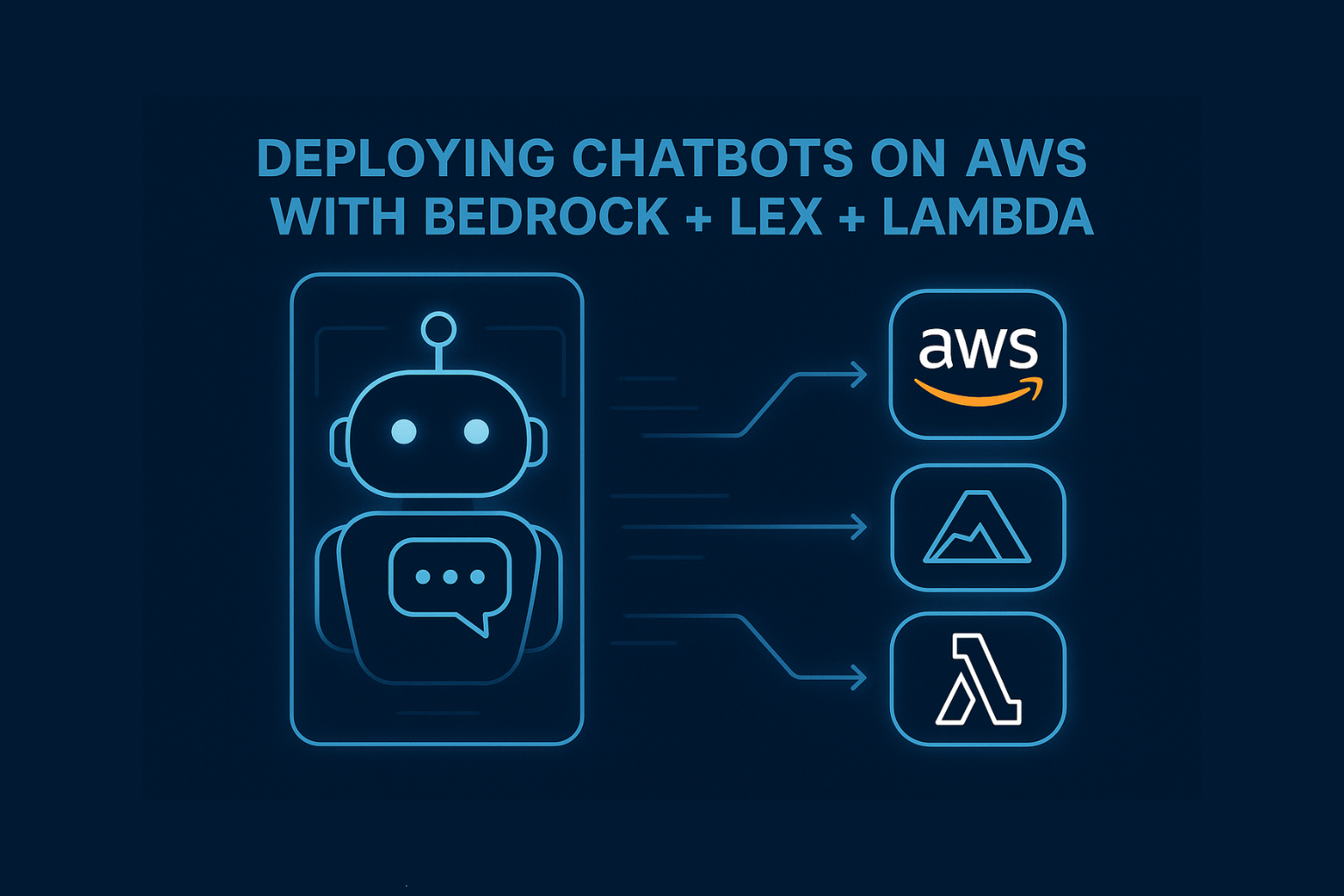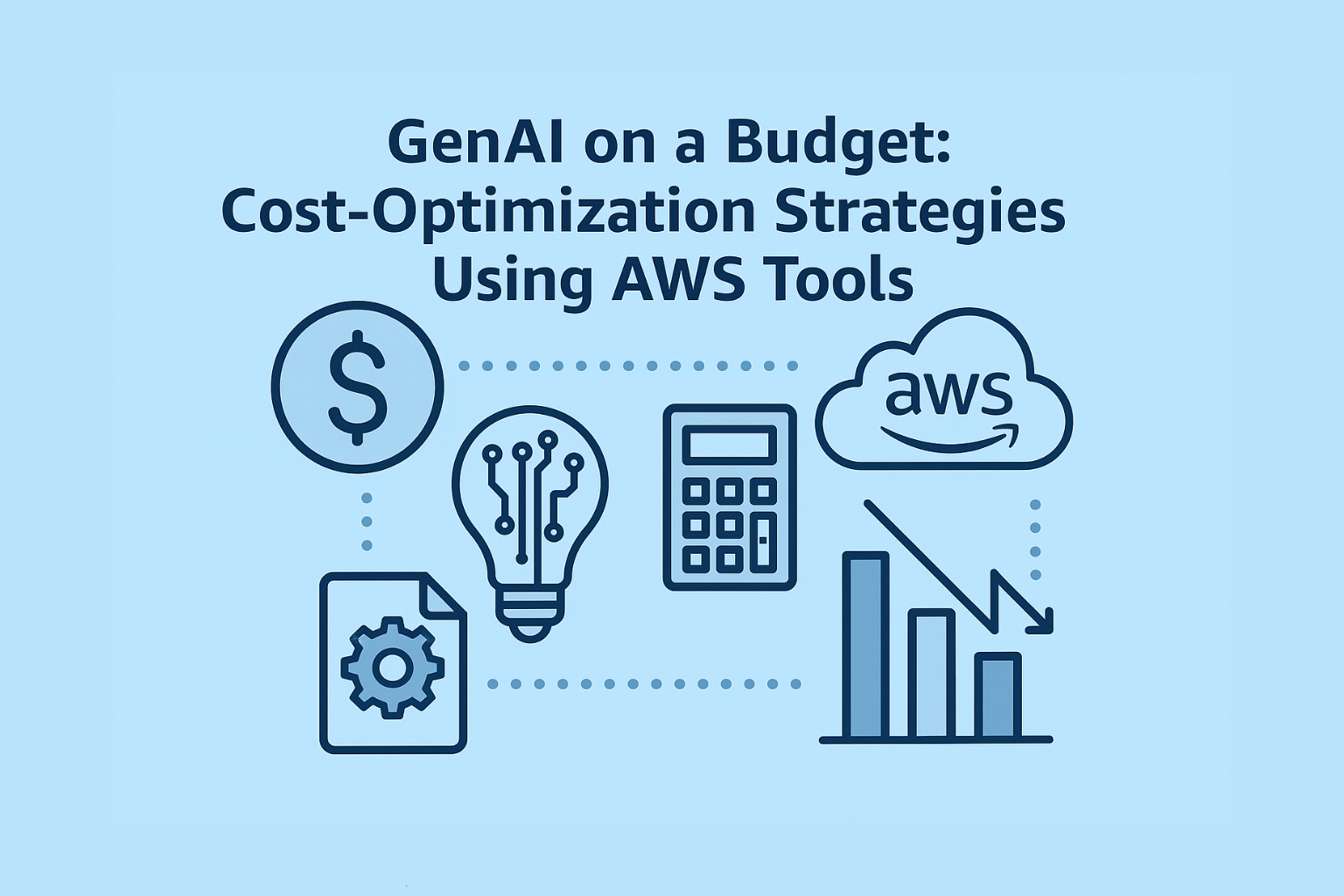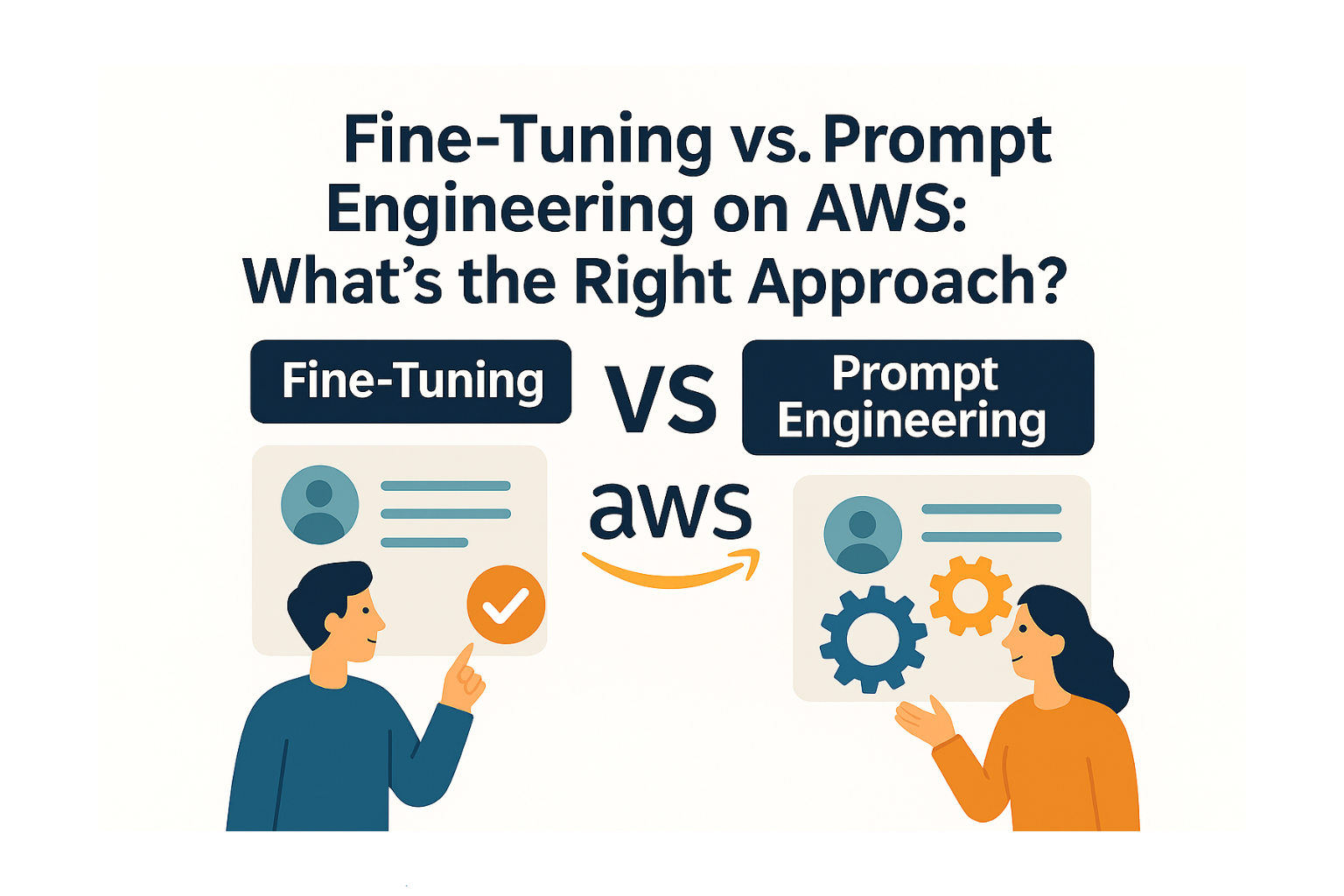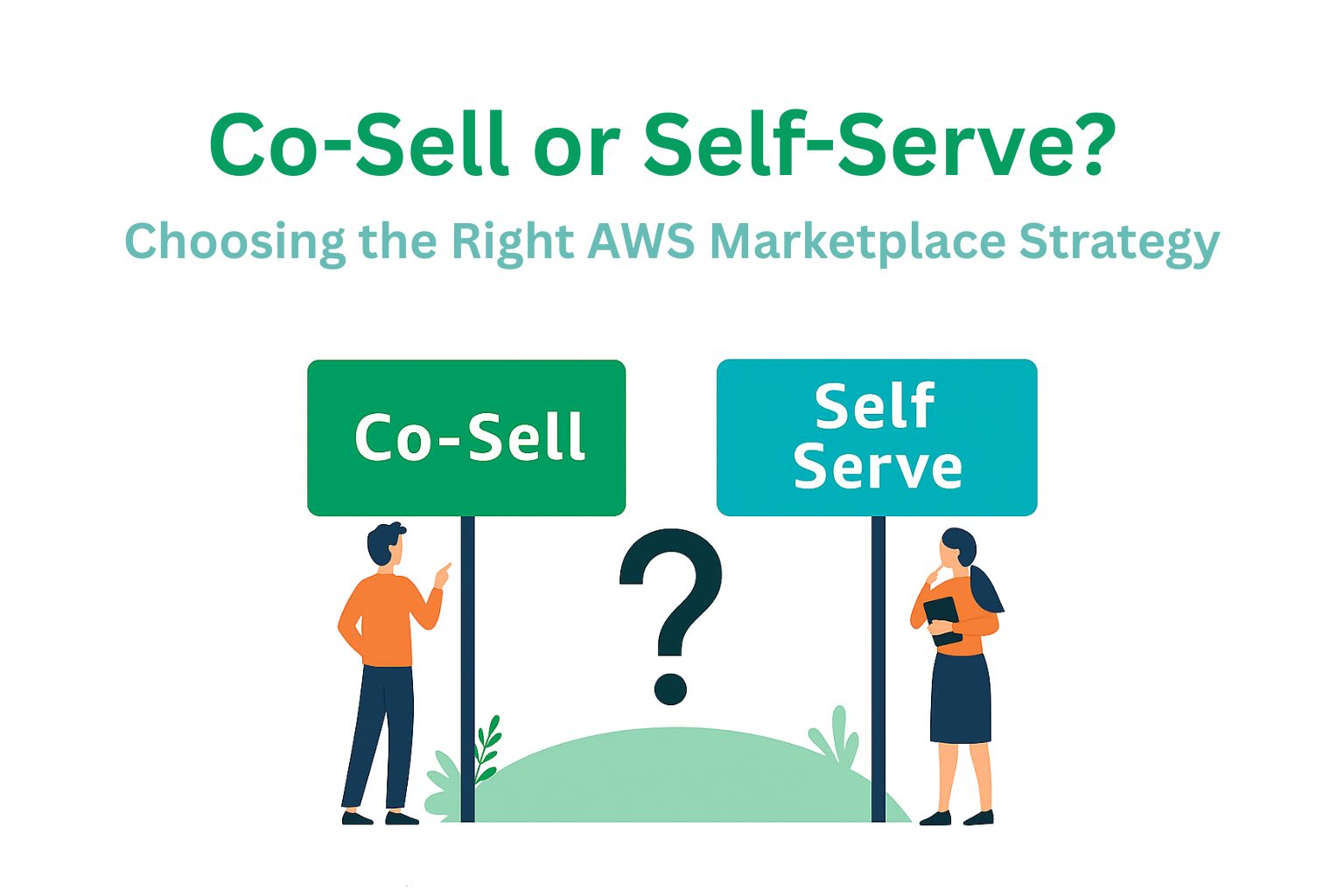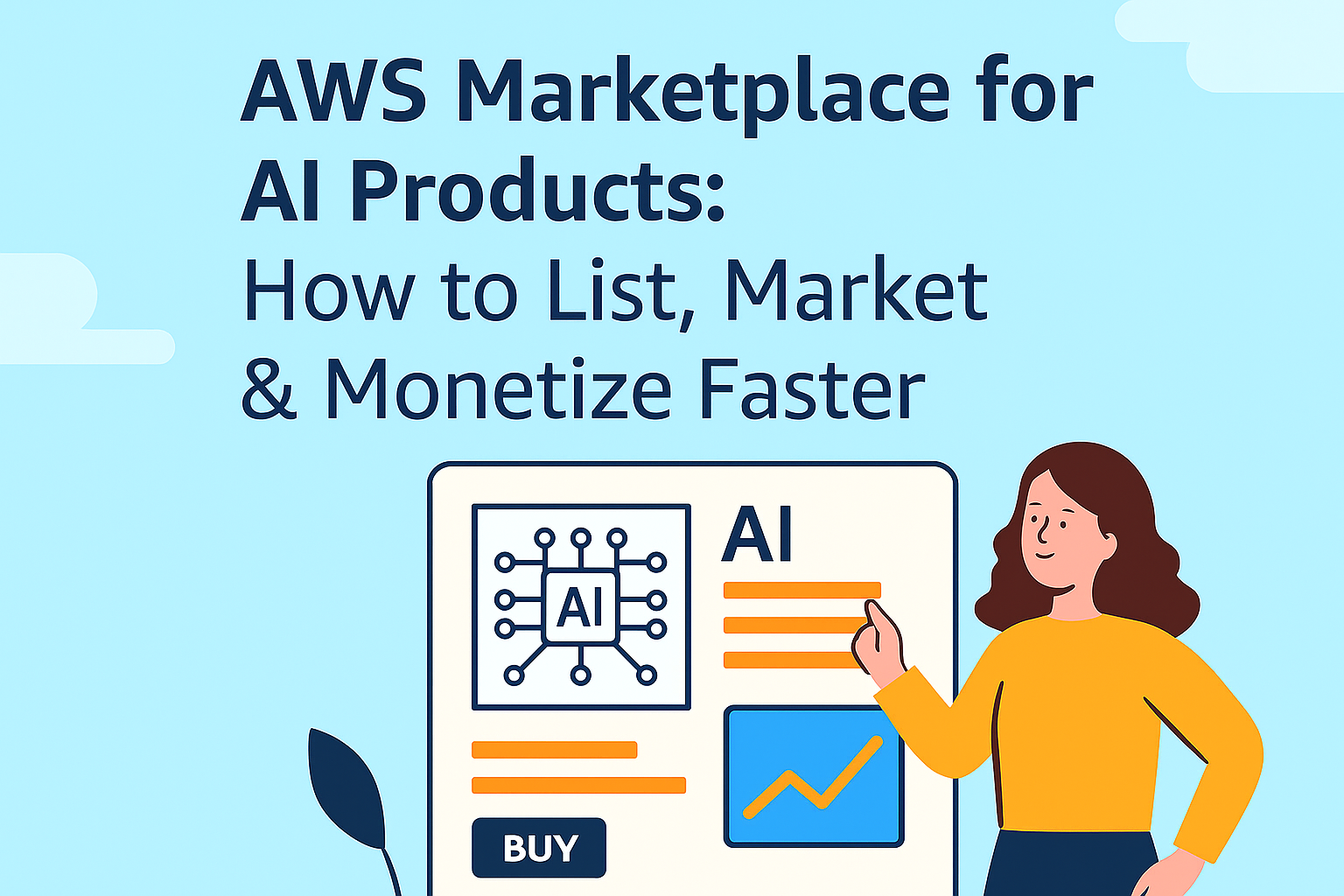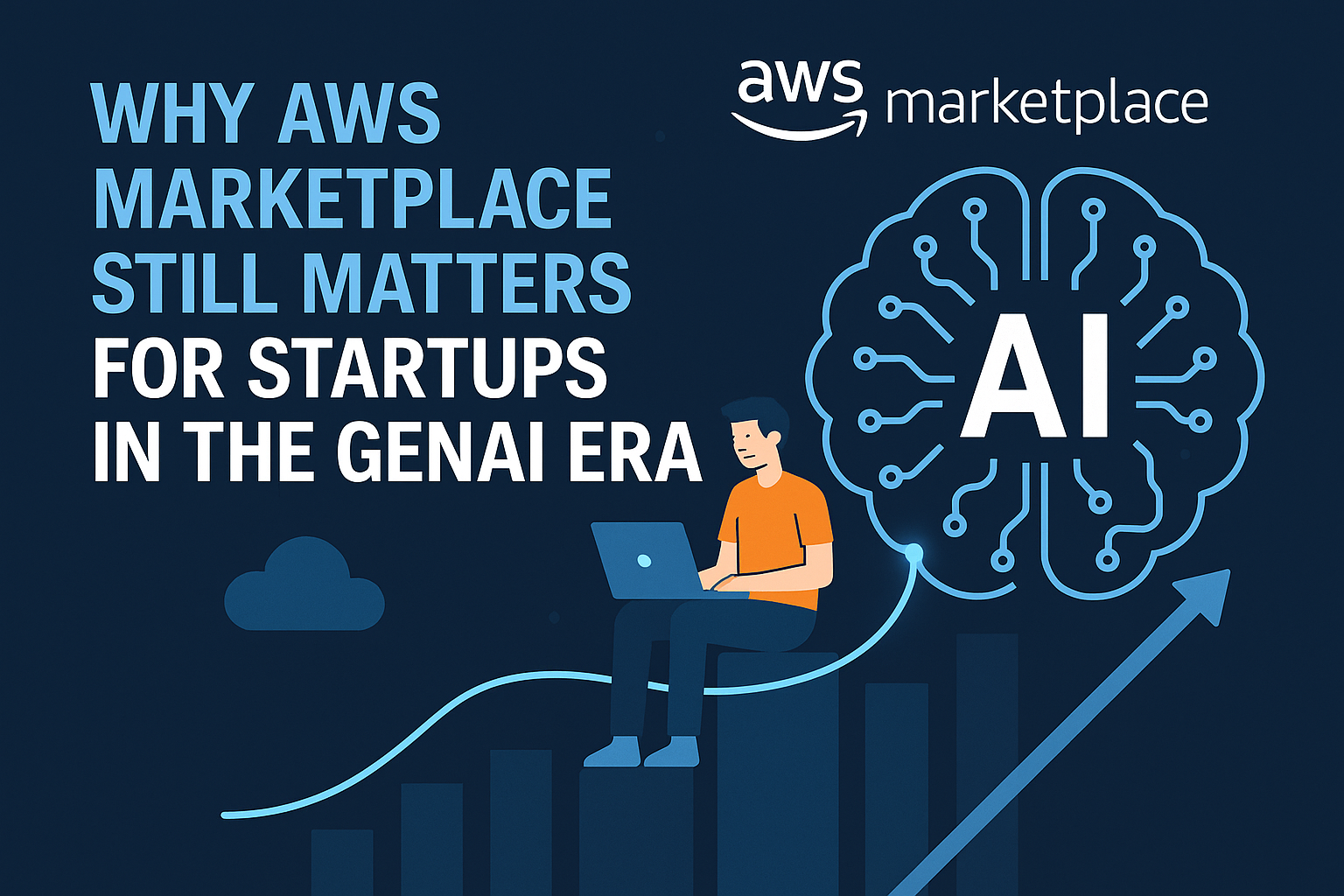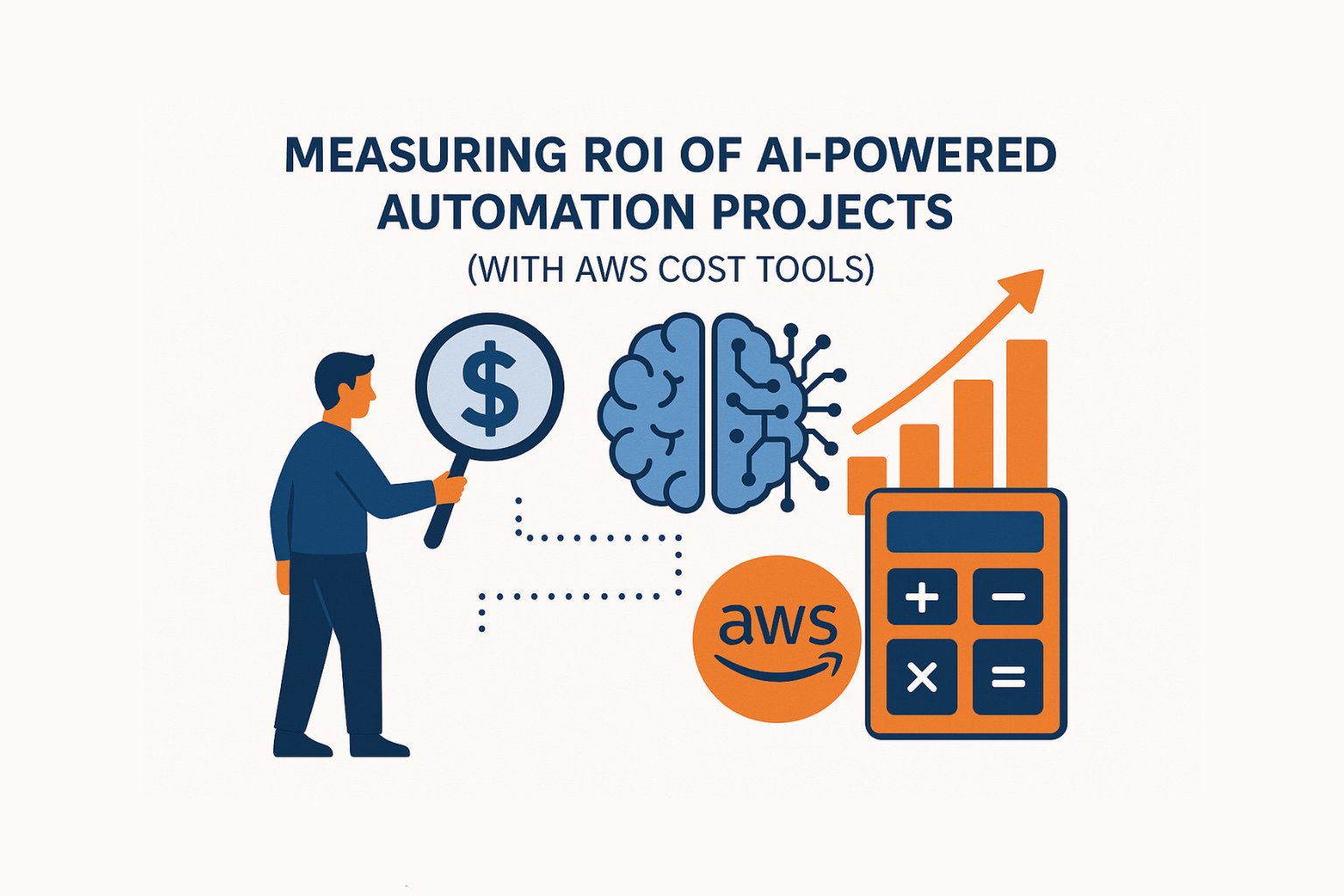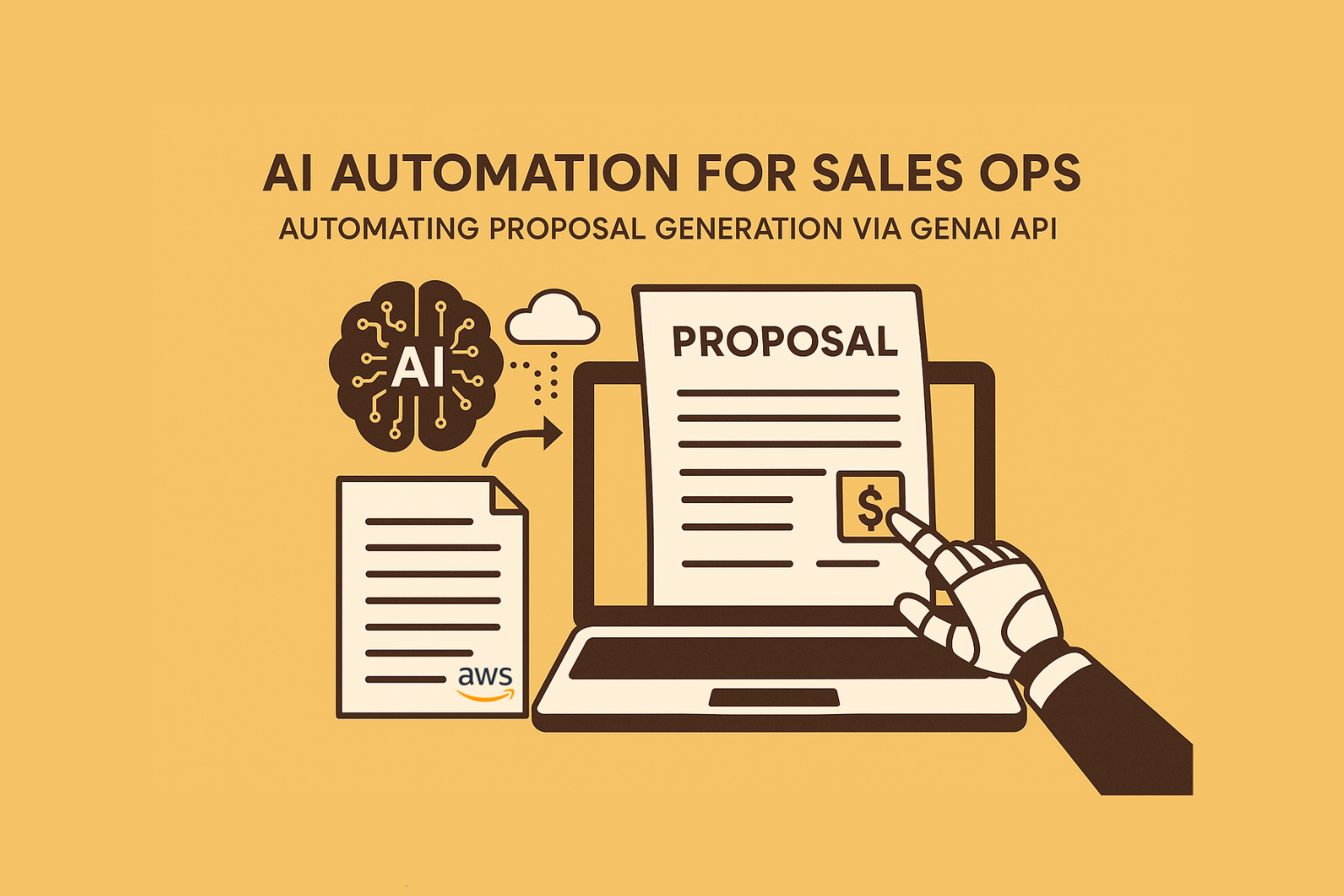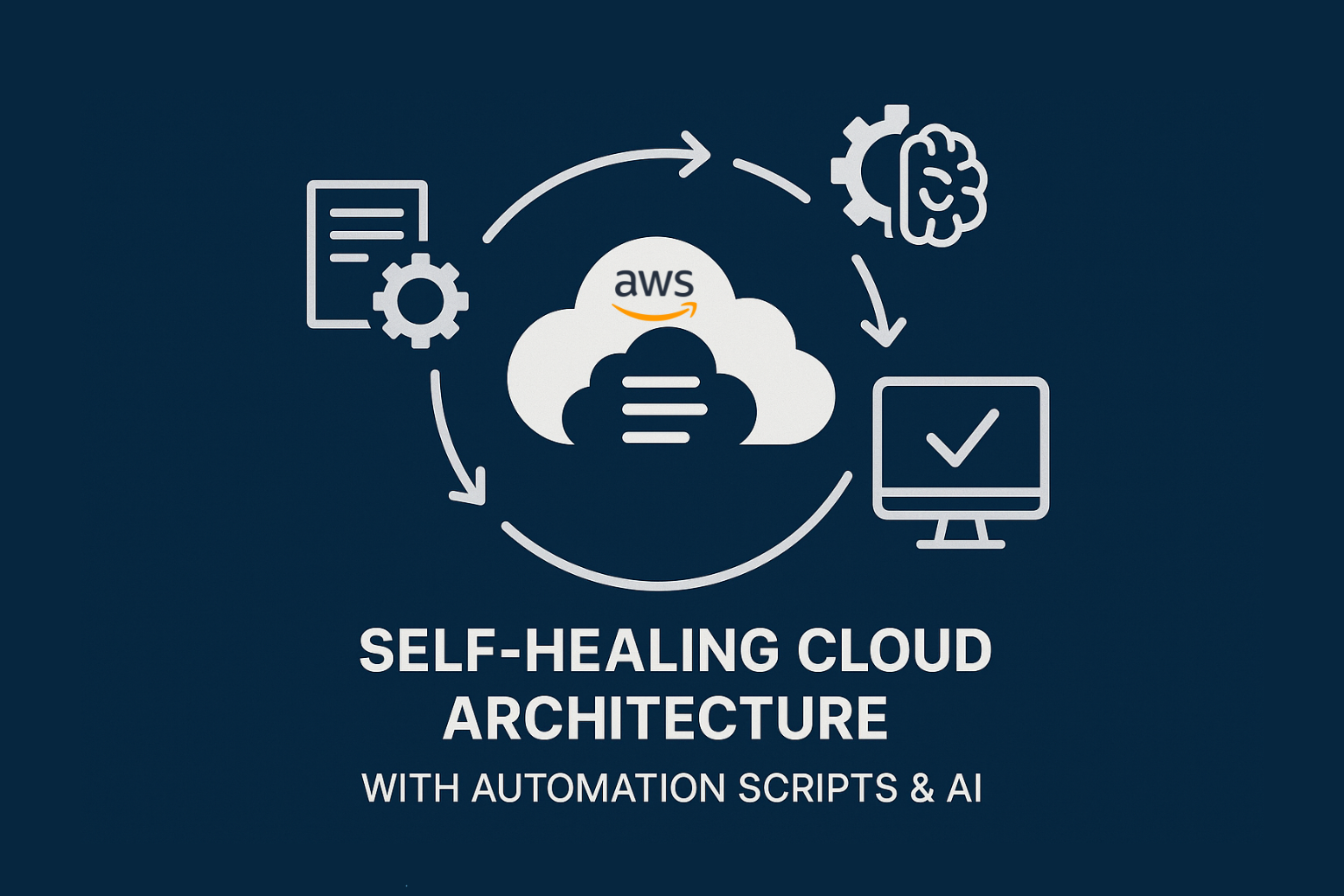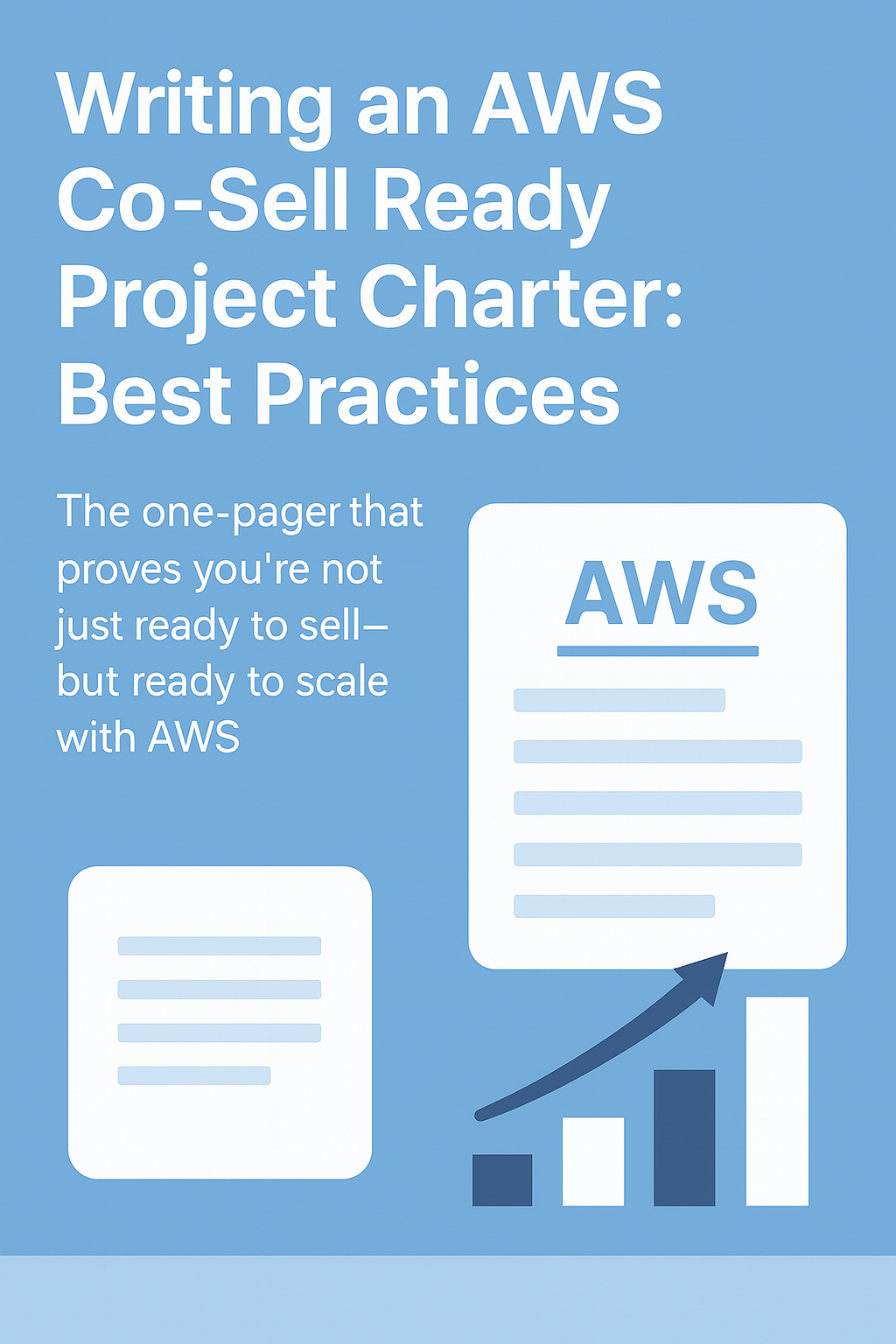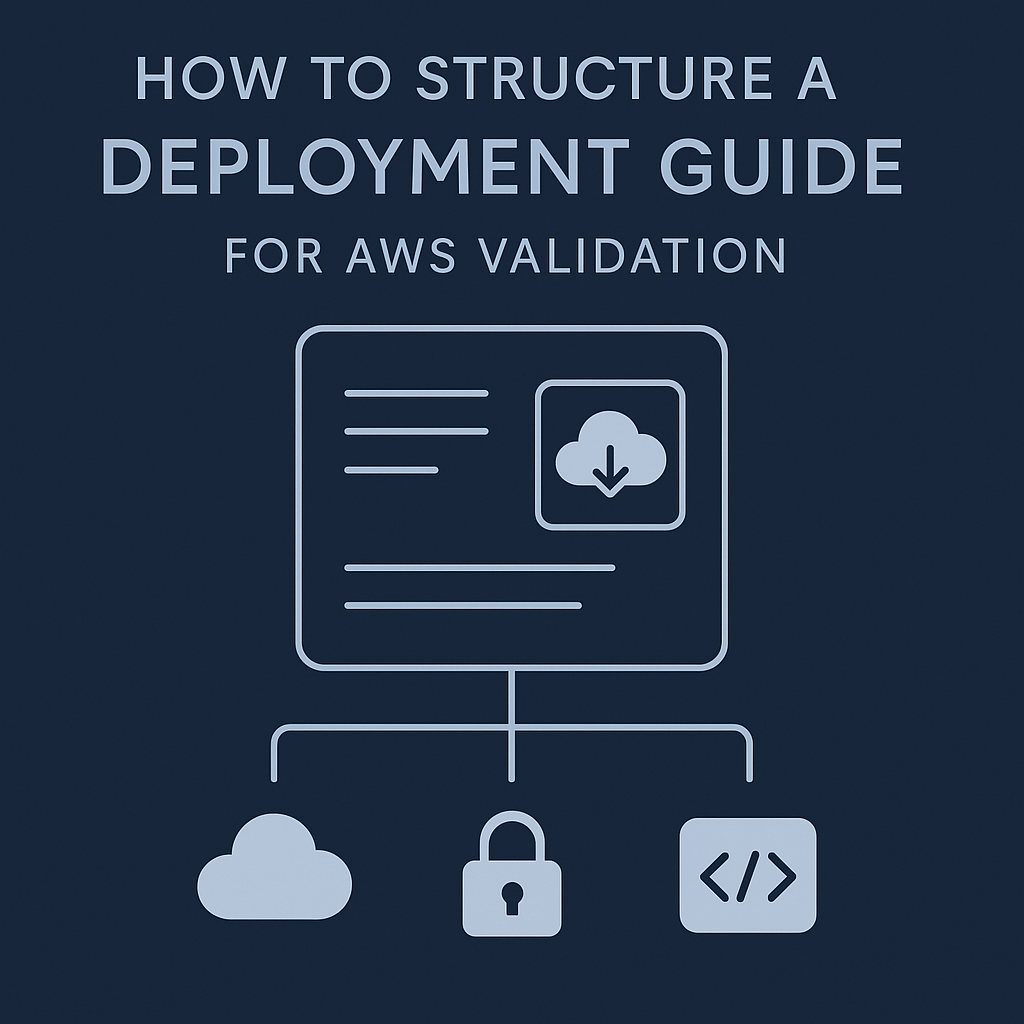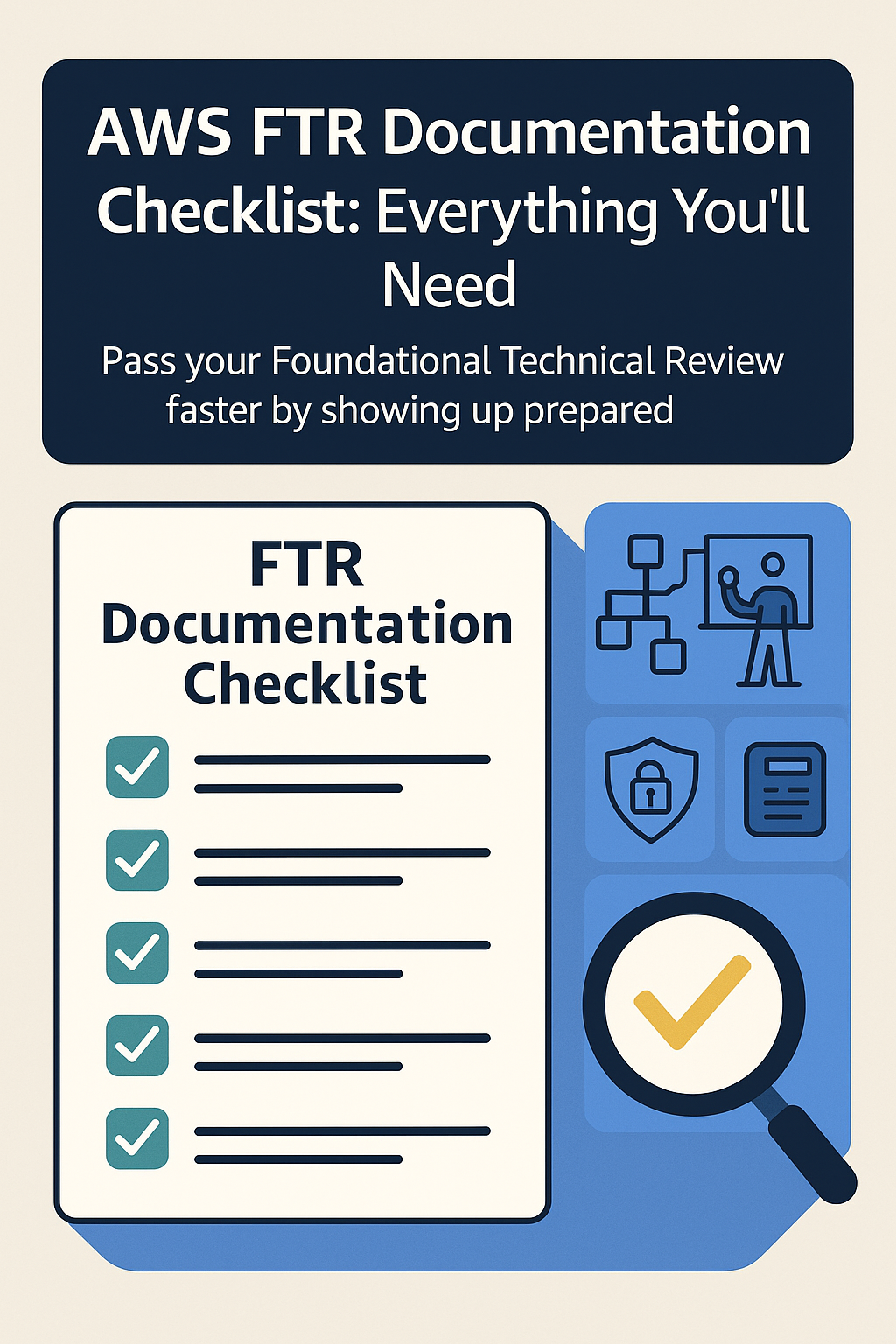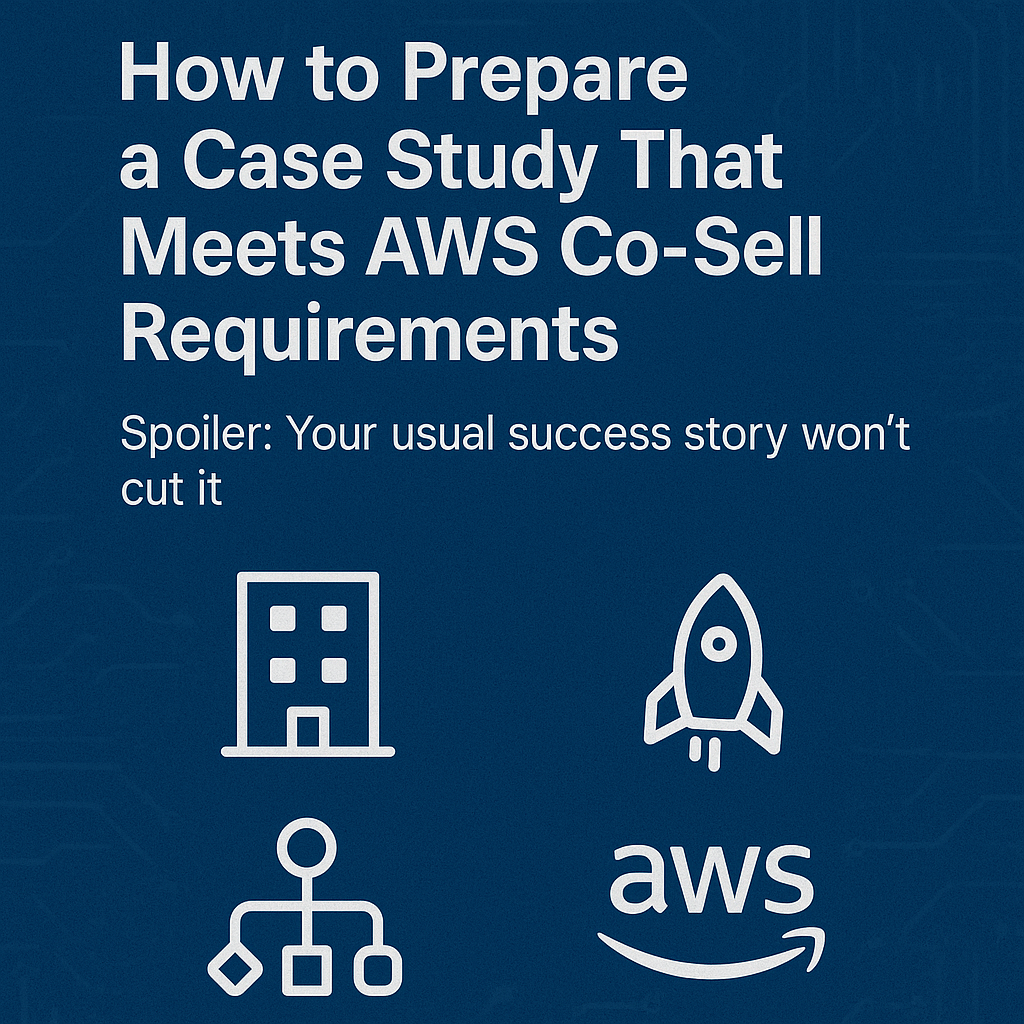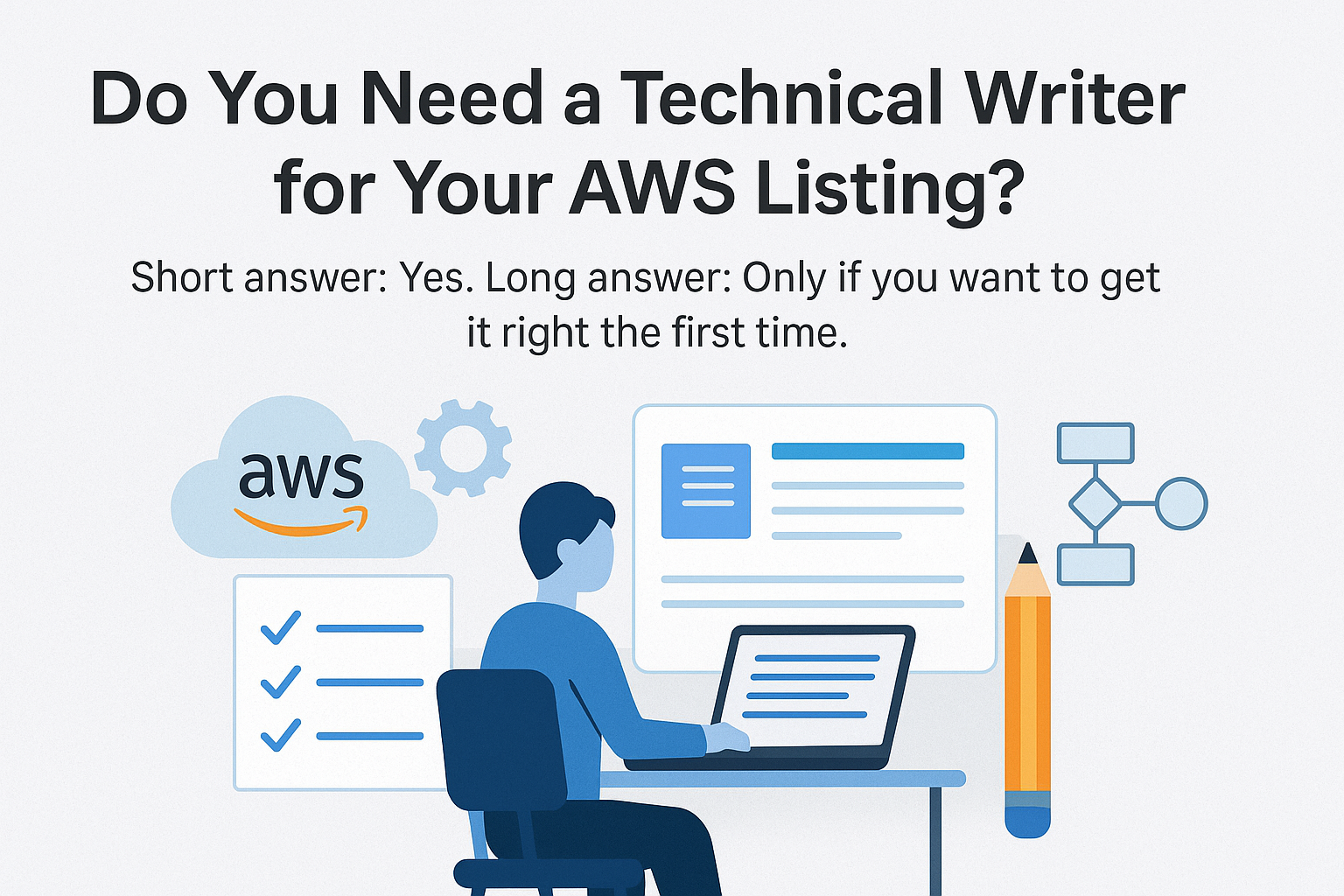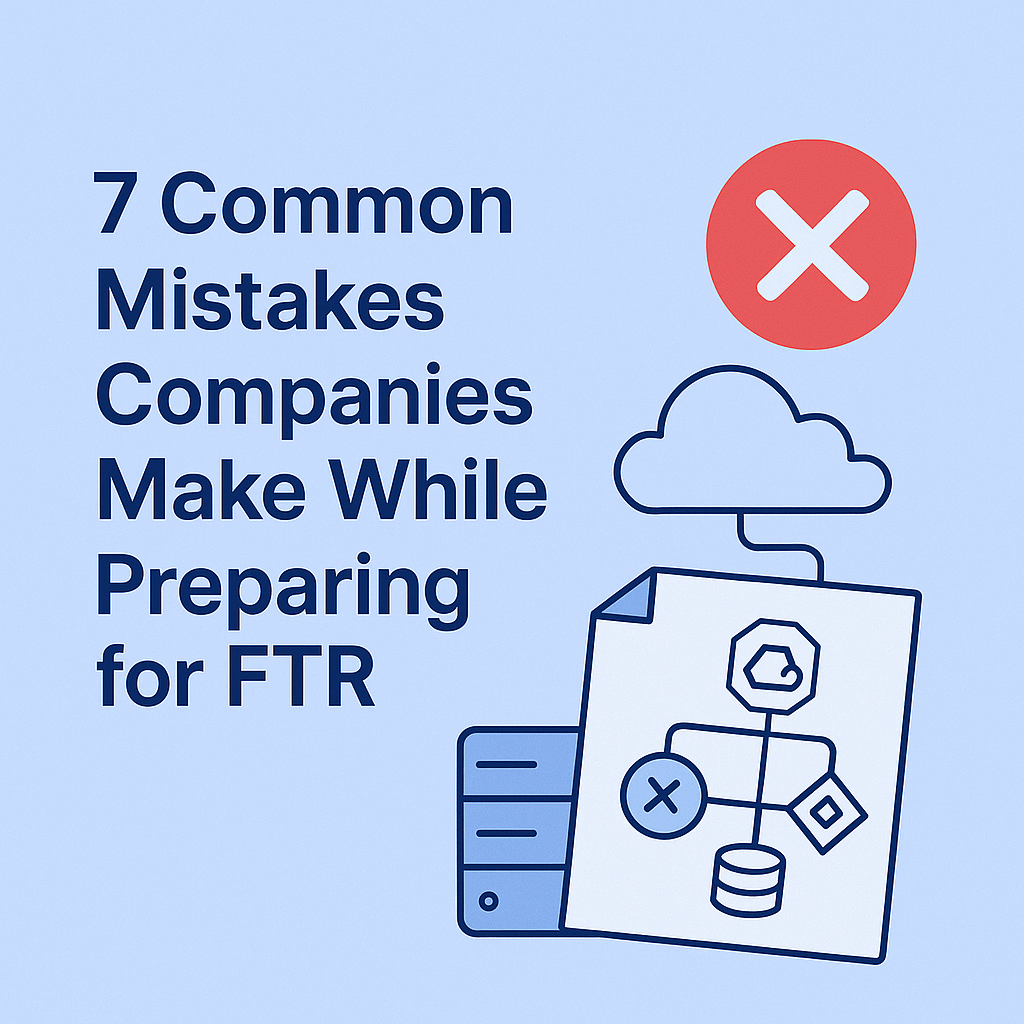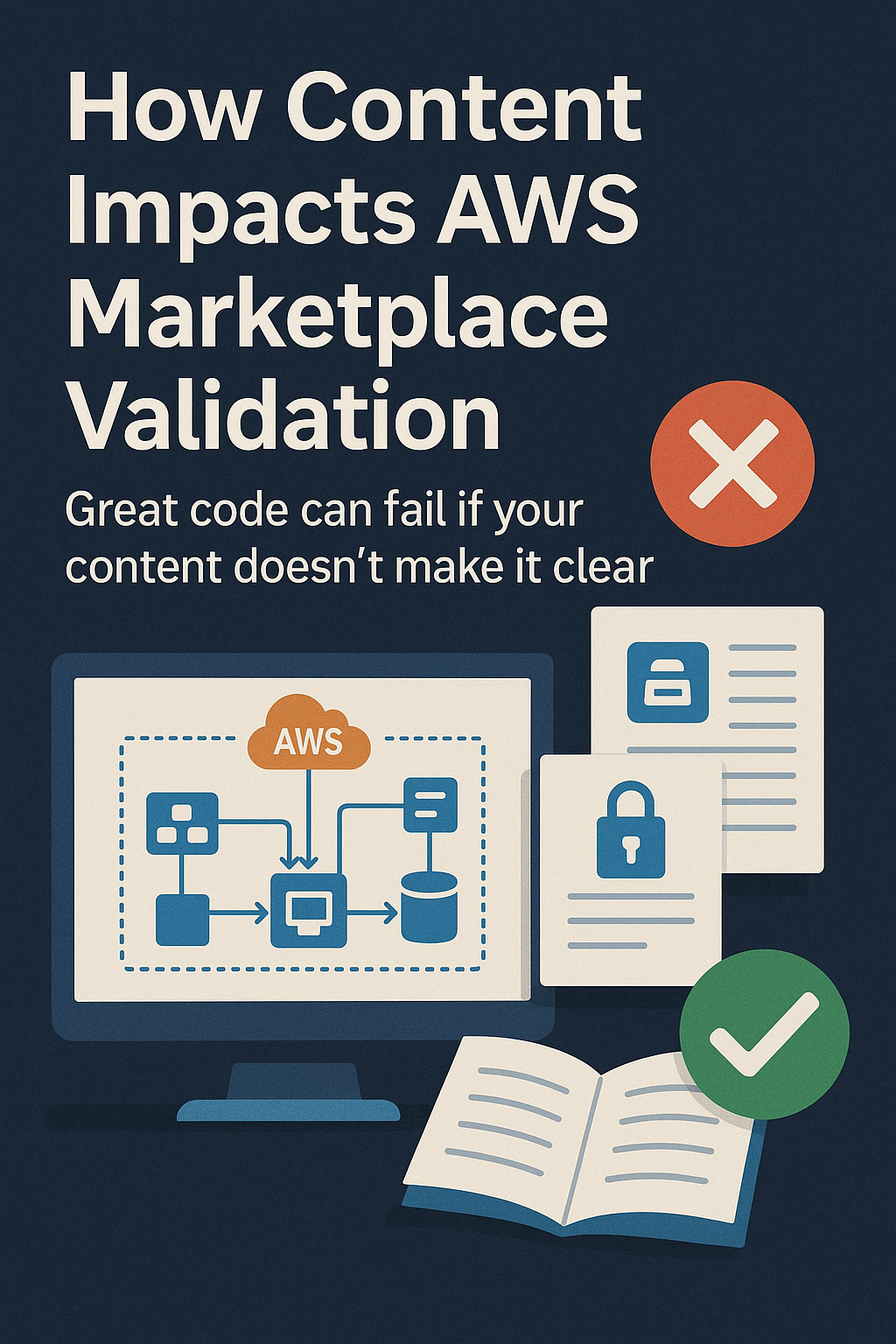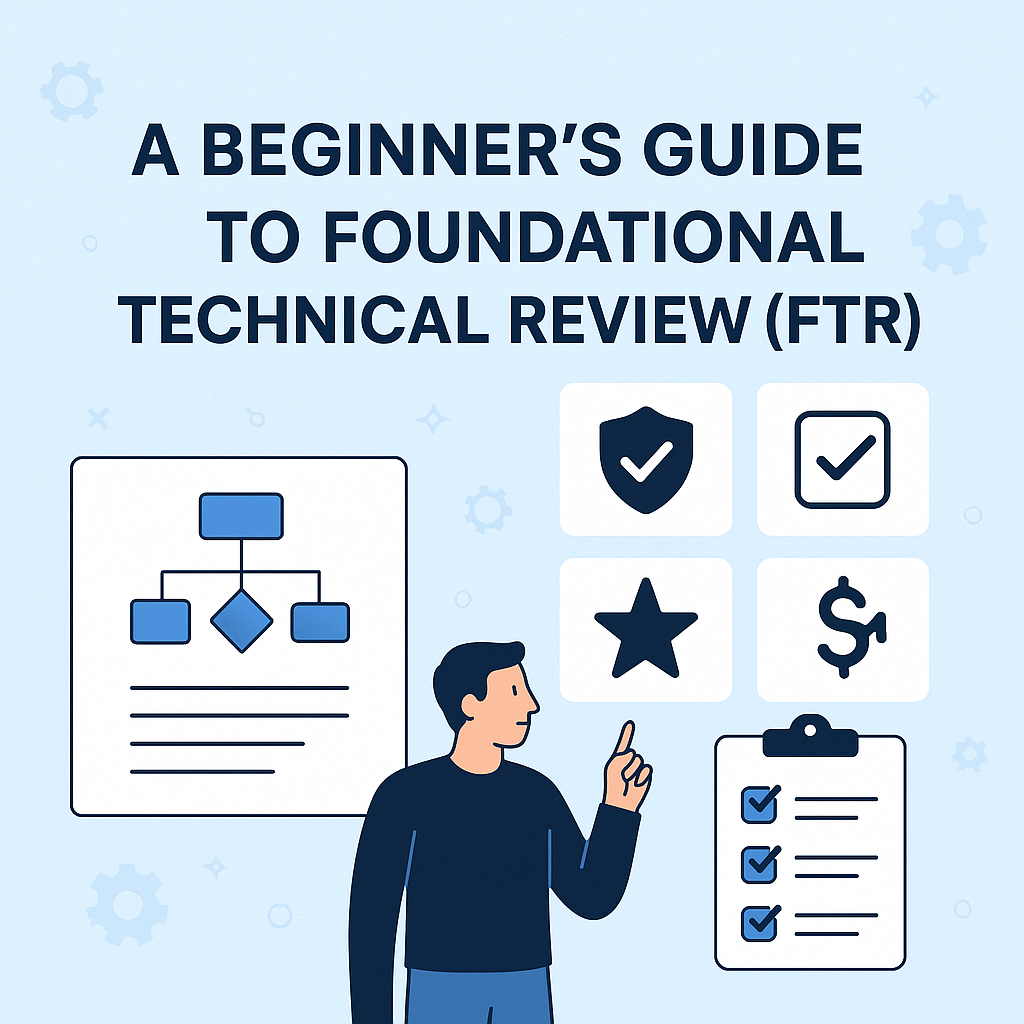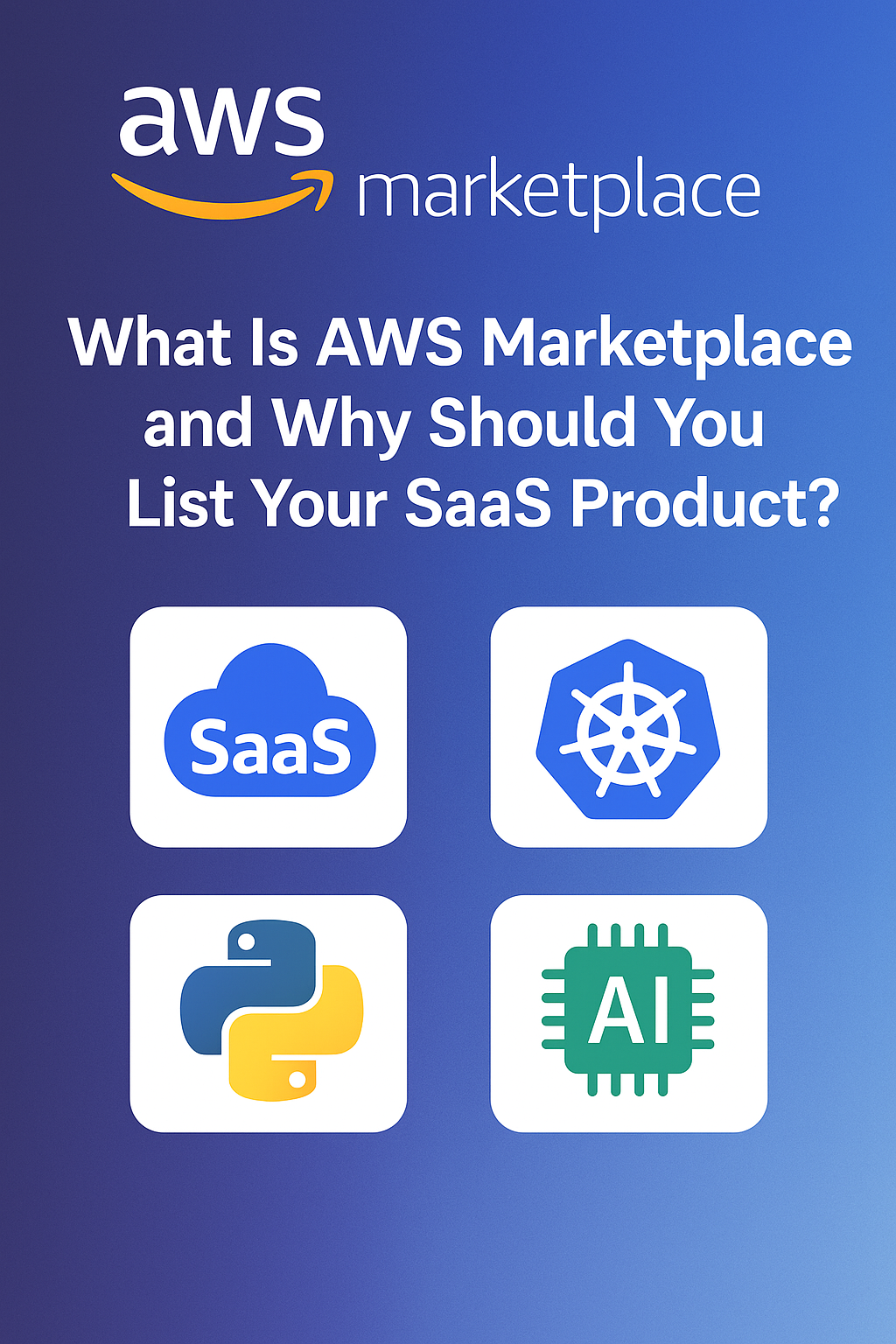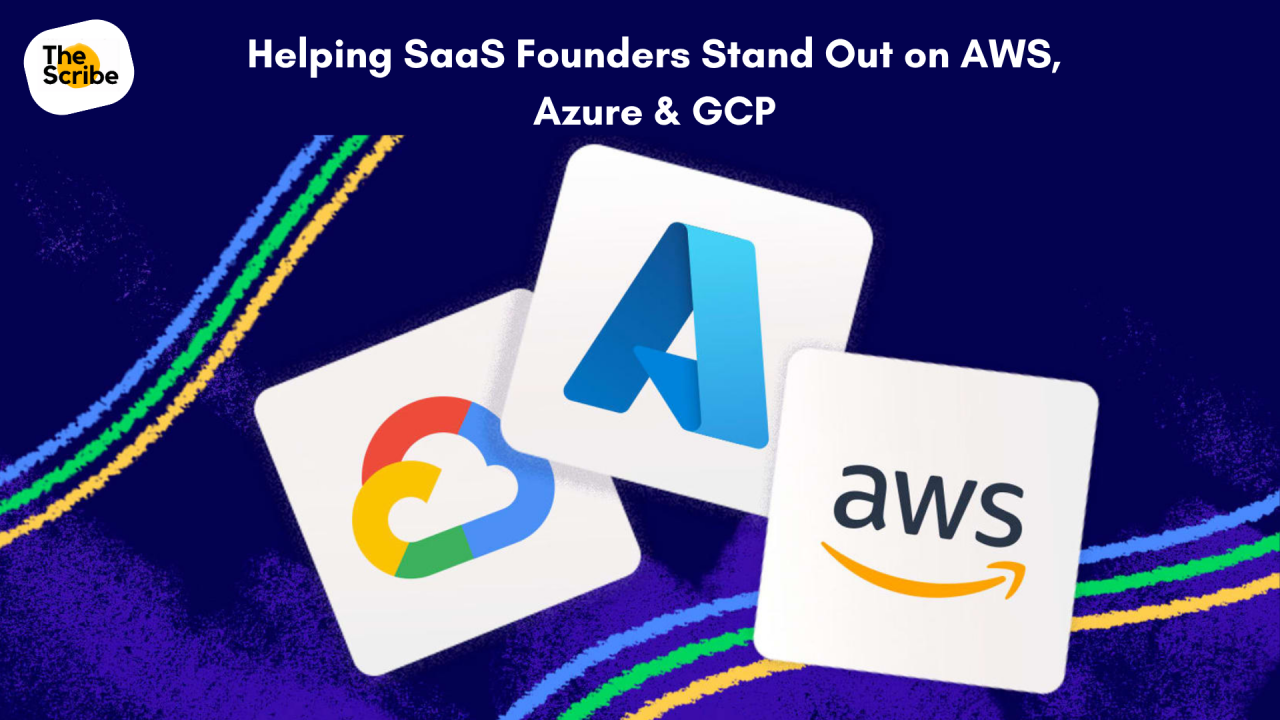Introduction
If you’re listing your SaaS or AI solution on AWS Marketplace, you’re probably focused on FTR, Co-Sell eligibility, and getting approved.
But to win enterprise deals on AWS, there’s a whole new layer you need to understand, one filled with acronyms like CPPO, EDP, and POC.
These aren’t just buzzwords; they’re buying mechanisms. And if you know how to navigate them, they can unlock faster procurement, bigger contracts, and smoother GTM collaboration with AWS.
In this guide, we’ll decode the AWS enterprise buying journey, so you can align your listing and your sales strategy to close deals faster.
What Is CPPO?
CPPO = Channel Partner Private Offer
This is AWS Marketplace’s mechanism for allowing partners (like resellers, MSPs, and SI partners) to sell your product to an AWS customer through a private offer.
Why It Matters:
- You can work with a channel partner to offer custom pricing
- Your partner handles billing and fulfillment via AWS
- The customer benefits from streamlined procurement (one AWS invoice)
- It helps you access customers with complex procurement rules or AWS-only buying policies
CPPO is essential when your buyer wants a reseller or when you’re working with AWS Consulting Partners.
What Is an EDP?
EDP = Enterprise Discount Program
This is a pre-committed AWS spend agreement between AWS and large customers.
Example: A financial services company commits to spend $5M/year with AWS over 3 years. In return, they get a discount tier.
Why It Matters to You:
- Your Marketplace product counts toward their EDP burn
- They may prefer your solution because it helps them meet their AWS spend goals
- AWS sellers are more incentivized to promote you if you’re EDP-aligned
Tip: Mention in your sales materials and Marketplace listing:
“Purchases count toward AWS EDP commitments”
It can tip the scale in your favor, especially in competitive RFPs.
What Is a POC (Proof of Concept)?
A POC is a time-boxed trial or limited deployment that proves your product works in the buyer’s environment.
In the AWS context:
- It’s often delivered via a private Marketplace offer
- It may use pre-approved AWS credits
- It should include clear success criteria, AWS architecture, and timelines
A well-structured POC can accelerate:
- Co-Sell alignment
- Enterprise onboarding
- Expansion to full deployment via Marketplace
How These Pieces Fit Together in an Enterprise Deal
Let’s walk through a typical journey for an enterprise buyer:
Step 1: Discovery
AWS Account Manager identifies a need (e.g., “fraud detection”).
You’re recommended as a Co-Sell Partner with a Marketplace listing.
Step 2: Buyer Review
The enterprise team checks:
- Use cases
- Security docs
- AWS alignment
- EDP eligibility (can they burn budget?)
Your Marketplace listing and solution overview need to check these boxes.
Step 3: Private Offer via CPPO
You or your partner submit a custom quote via AWS Marketplace:
- Pre-negotiated price
- Custom duration or user limits
- Tied to the buyer’s AWS billing
CPPO ensures procurement is painless.
Step 4: POC or Pilot Deployment
Buyer wants to test:
- You deliver a limited-scope deployment
- Use real data, AWS-native tools
- Deliver results in 30–60 days
Bonus if you include CloudFormation templates or onboarding docs
Step 5: Full Rollout & Expansion
Once the pilot succeeds, buyer expands the deployment, often by accepting a multi-year Marketplace offer, contributing toward their EDP.
Tips for Sellers: Making This Journey Smoother
- Mention CPPO & EDP eligibility in your Marketplace listing
- Prepare a standard POC framework with AWS architecture, success criteria, and pricing
- Equip AWS sellers with a Co-Sell Briefing Deck to pitch your solution internally
- Use case studies with successful POCs and EDP-aligned sales
The more you help AWS teams position you, the more they’ll pull you into deals.
Conclusion
CPPO. EDP. POC.
These acronyms might sound like back-office processes, but they’re actually the engine behind enterprise deal flow on AWS.
If your Marketplace strategy doesn’t align with them, you’ll struggle to close large contracts, even with a technically sound product.
But when you structure your listing, sales material, and partner motion to fit this journey, you transform your AWS Marketplace presence into a powerful GTM asset.
